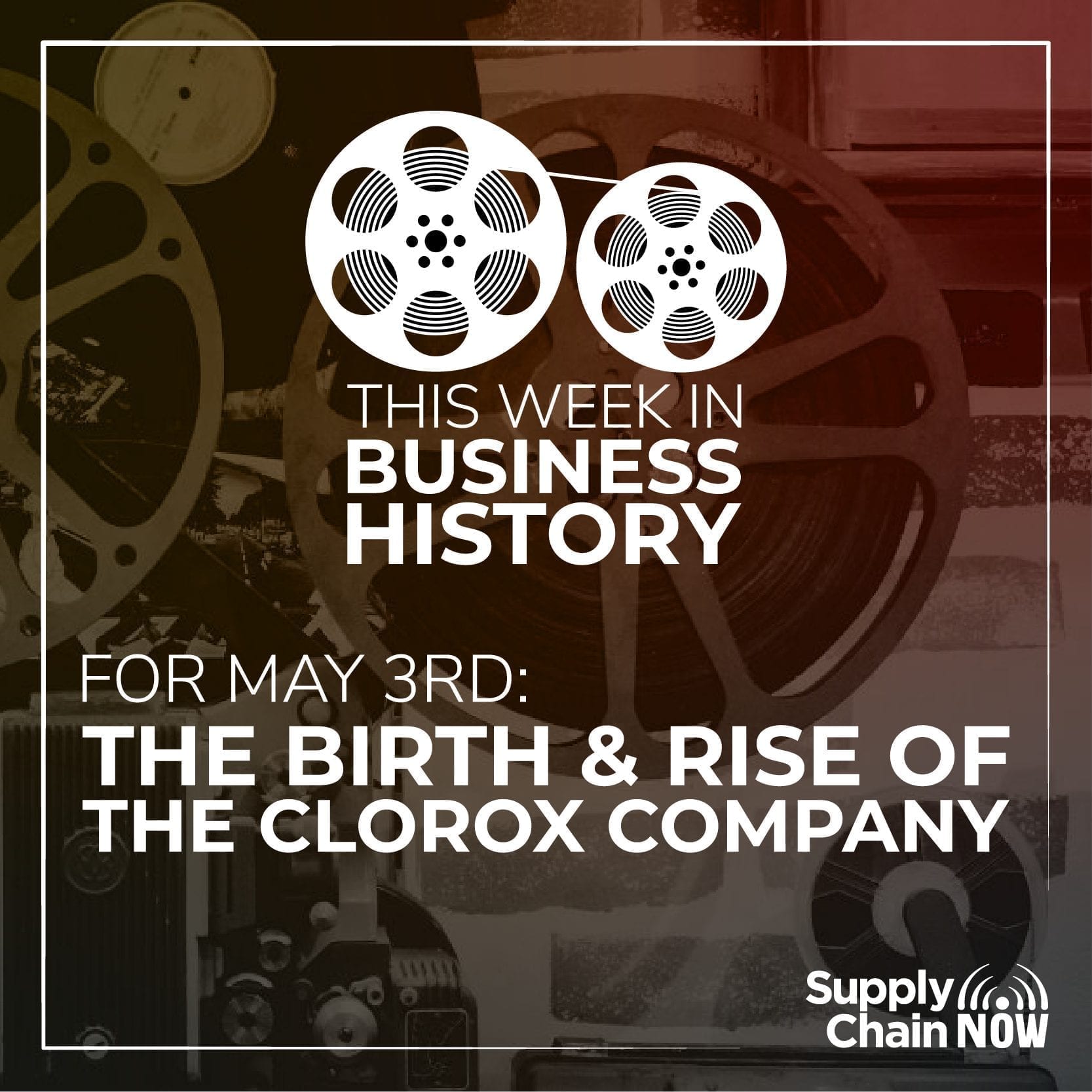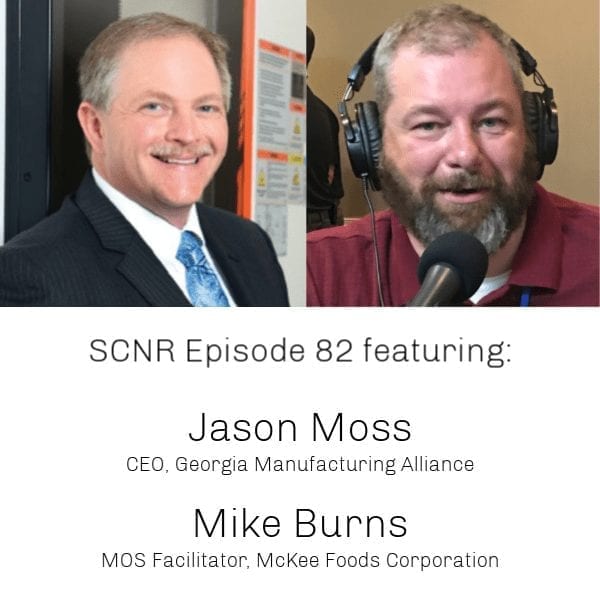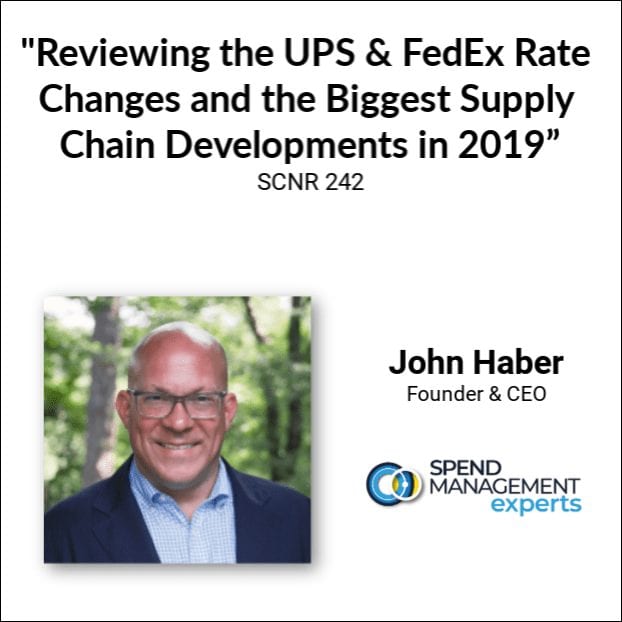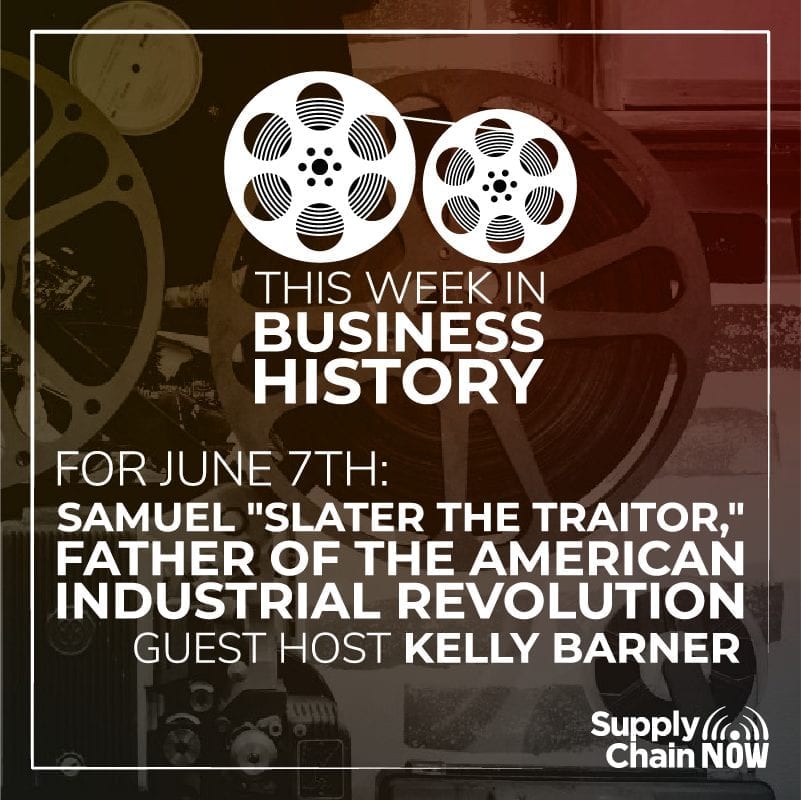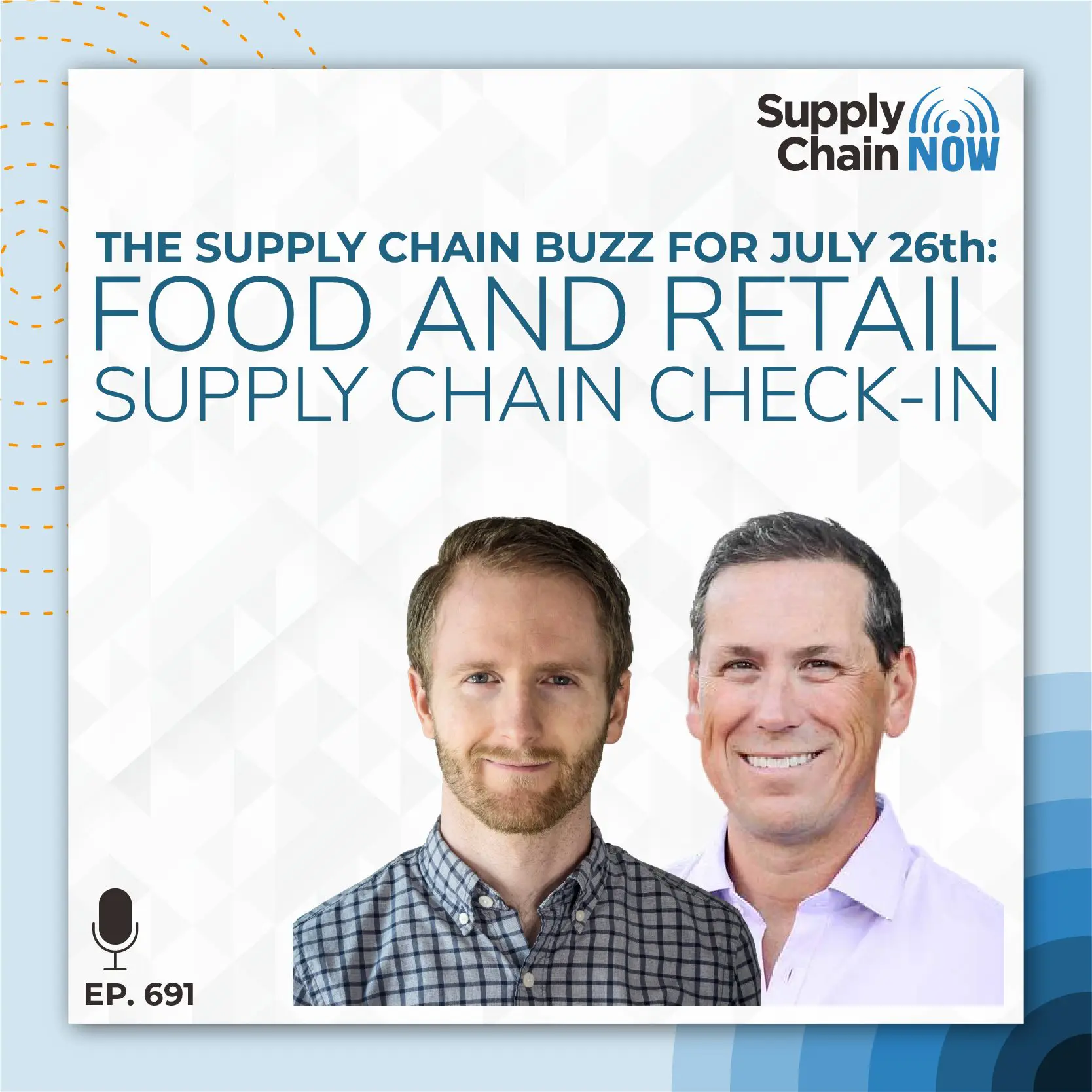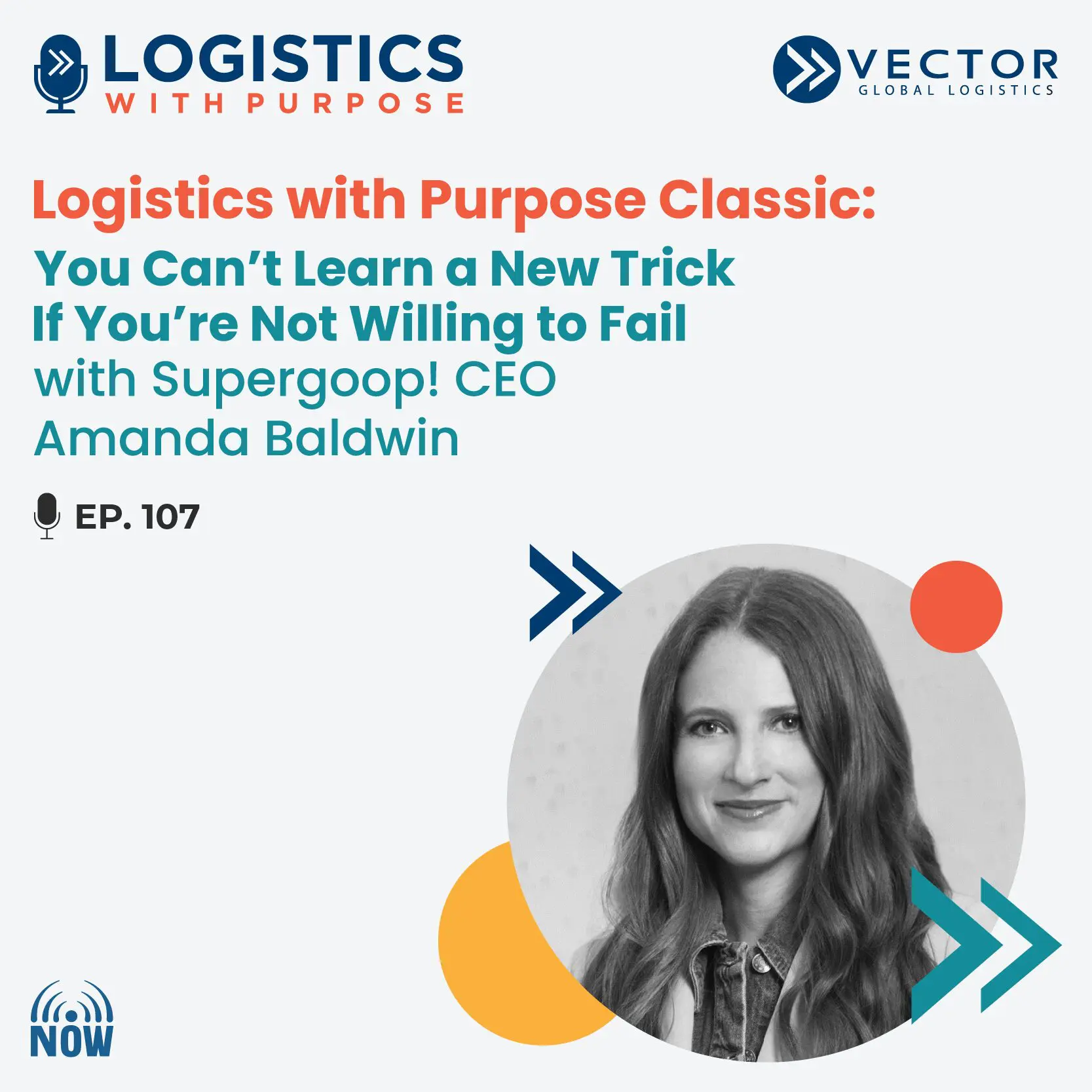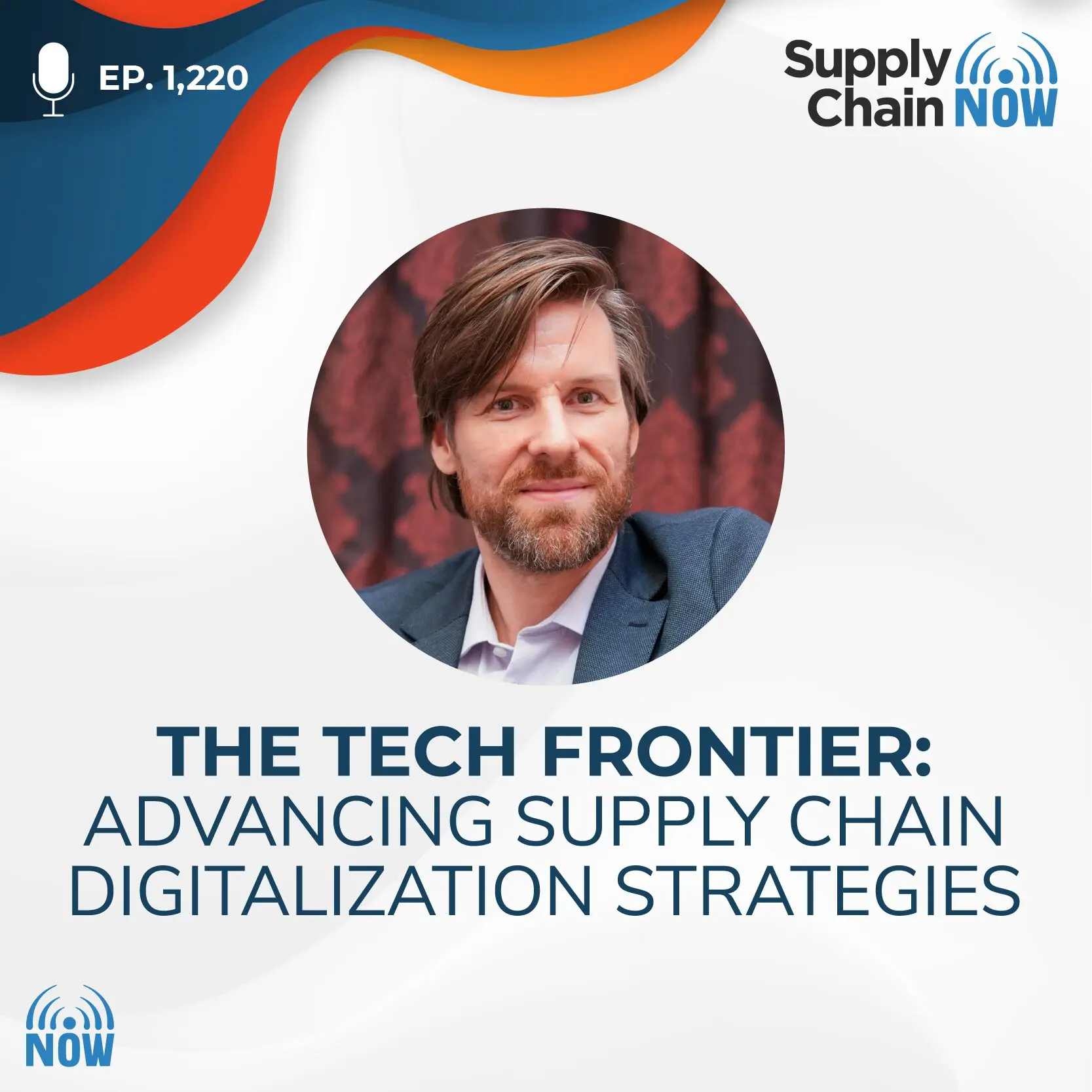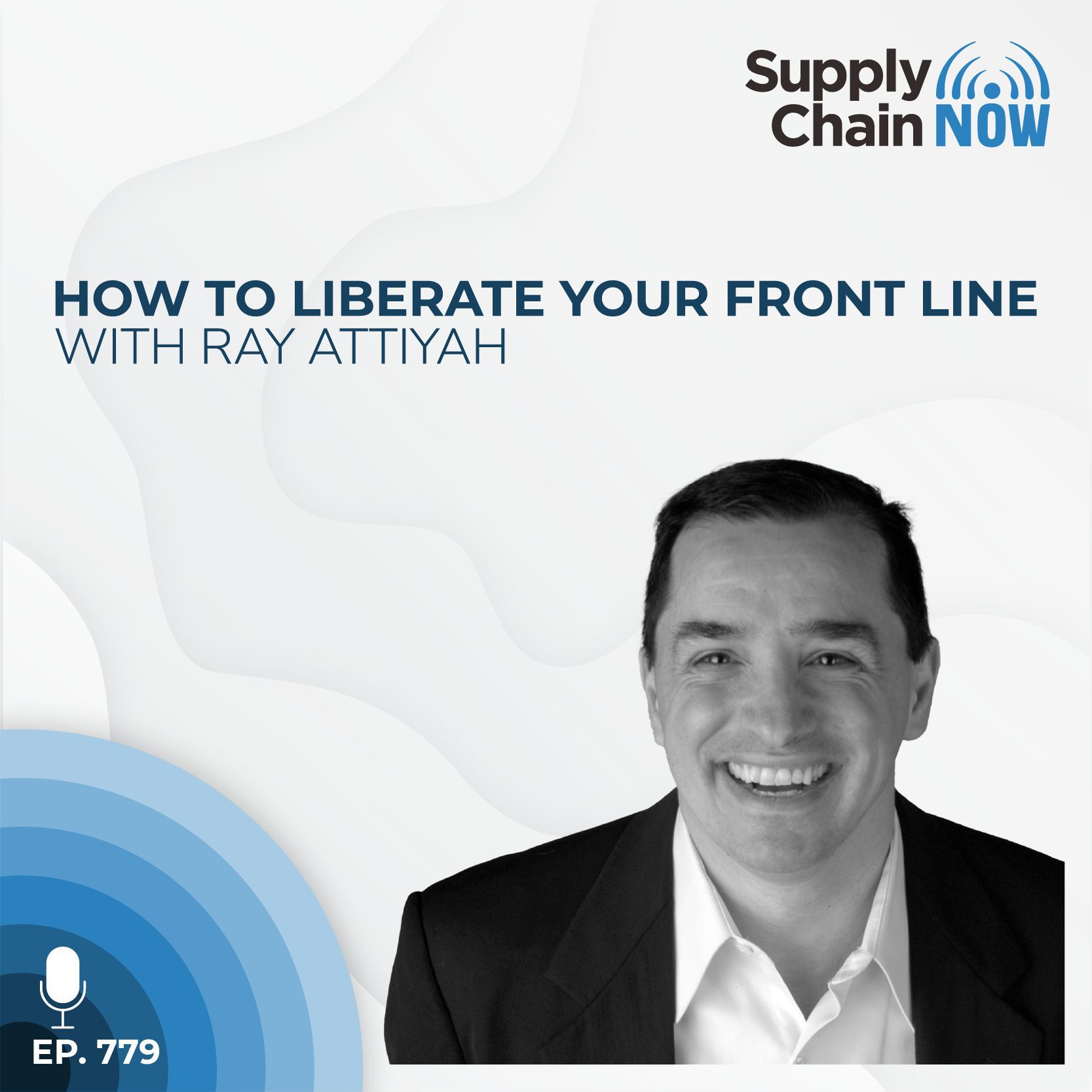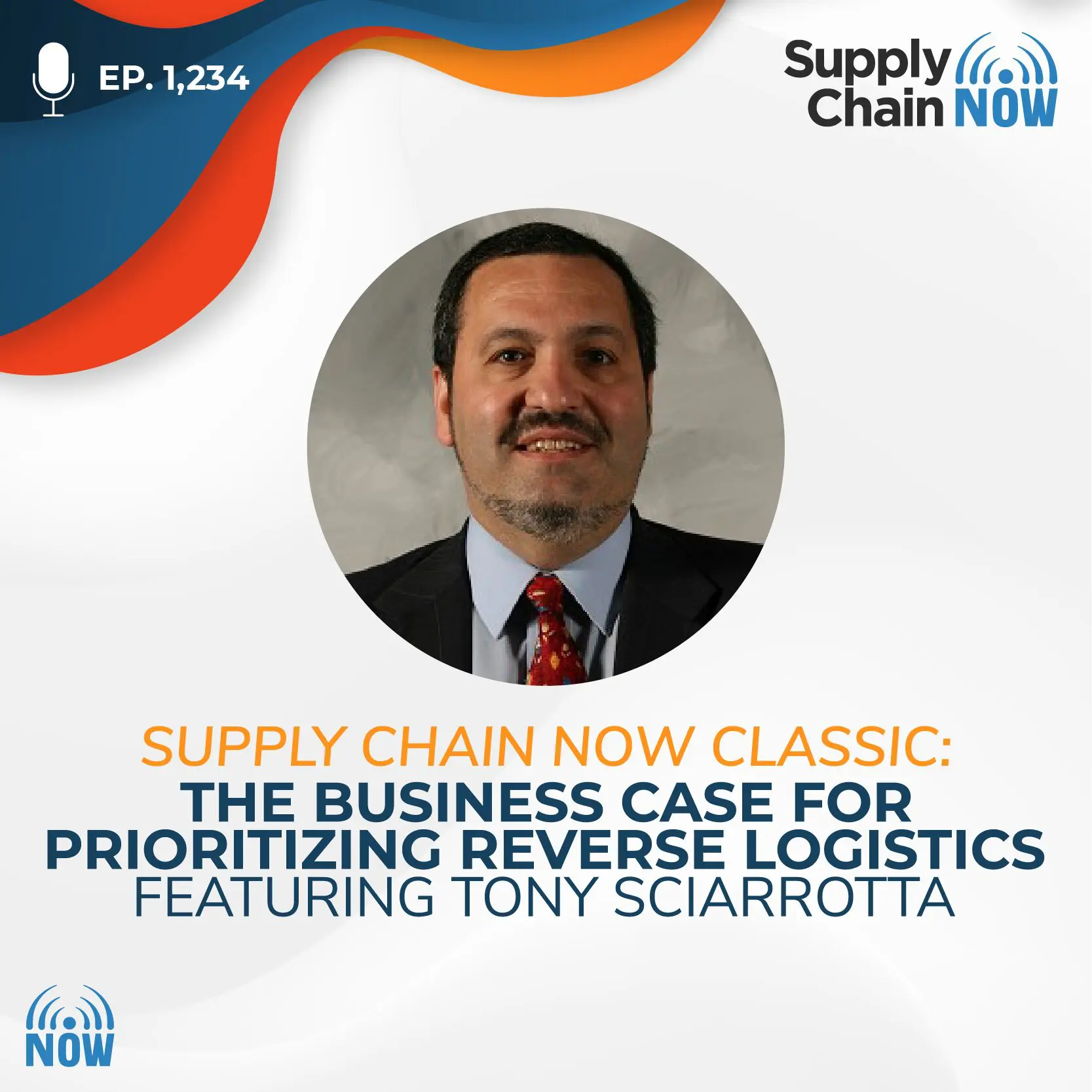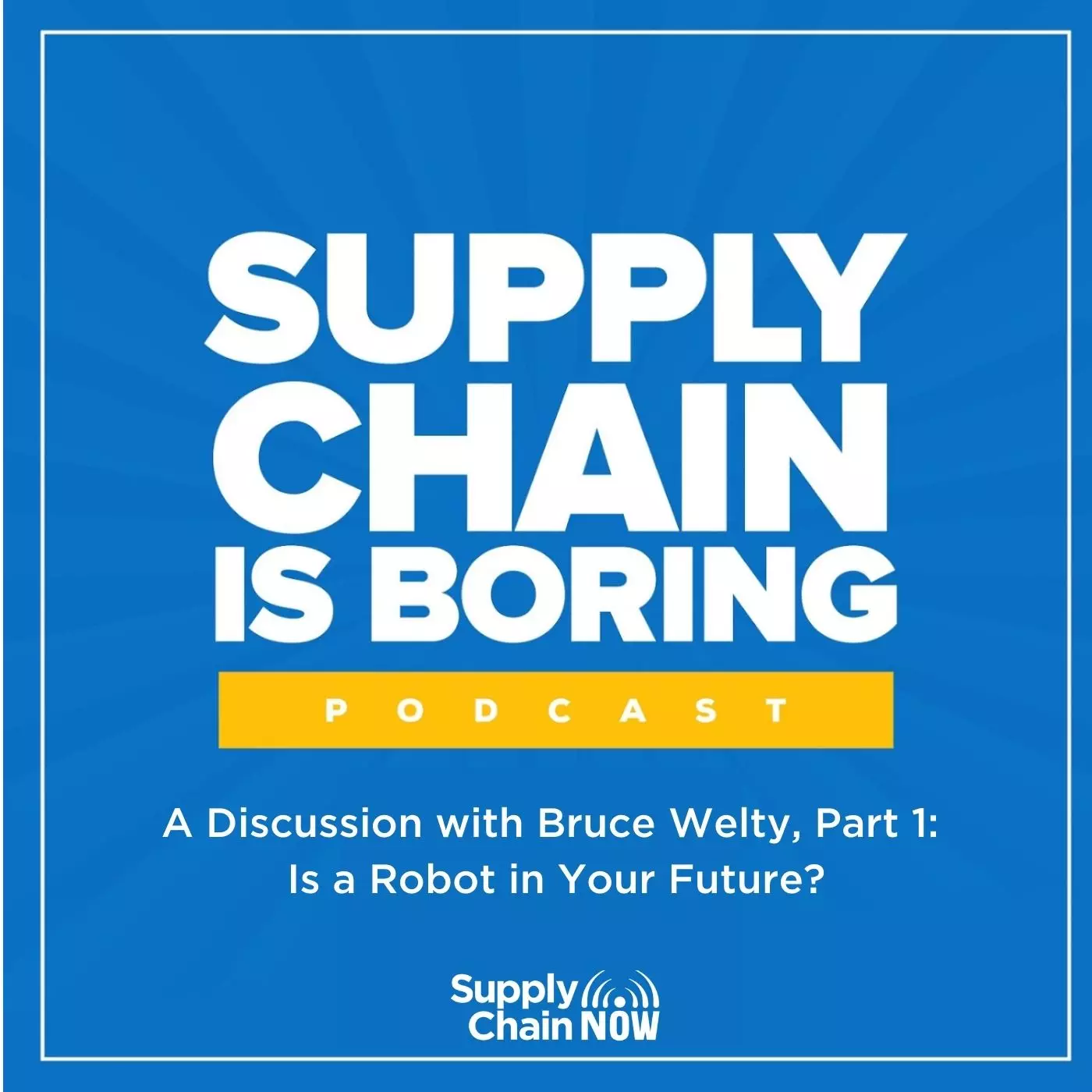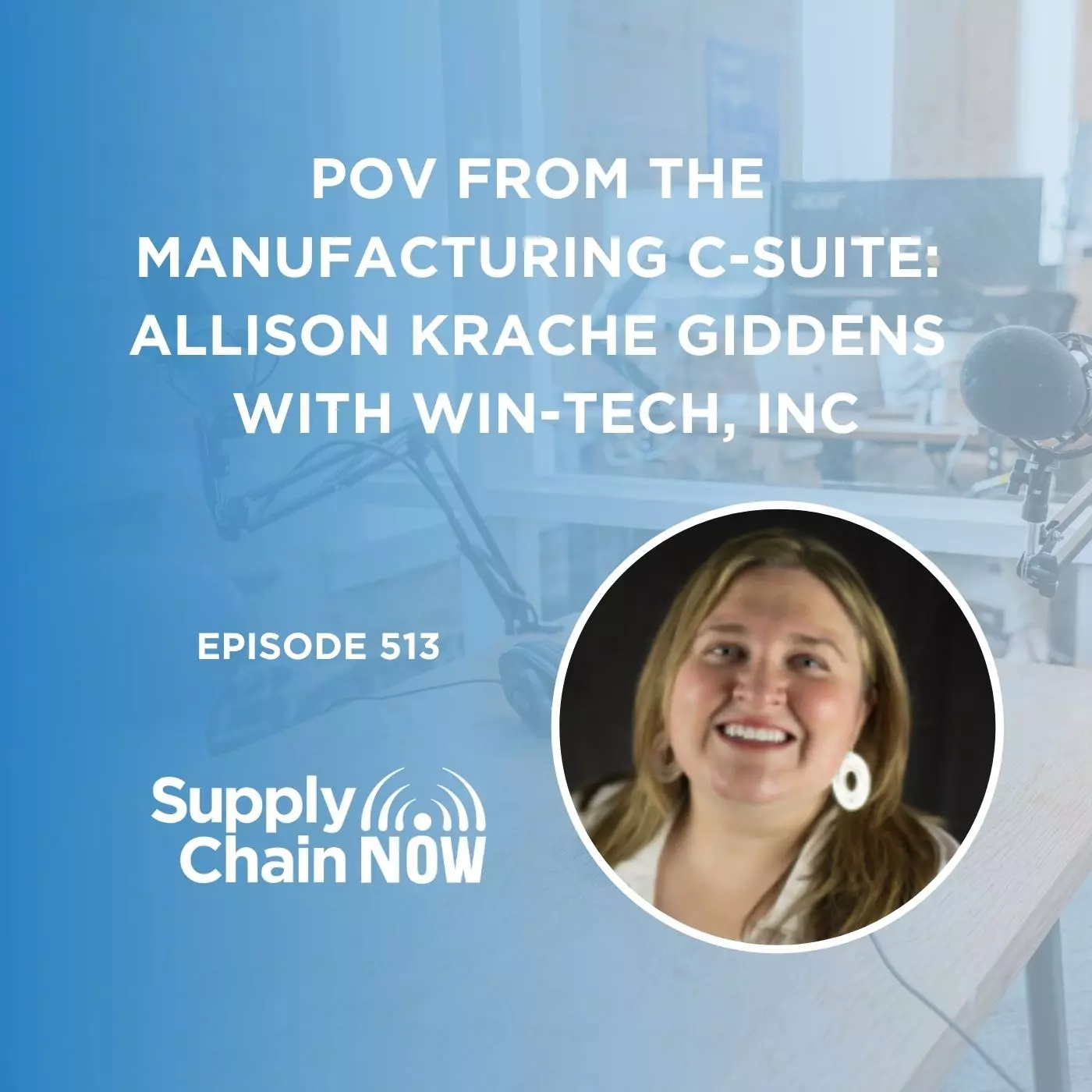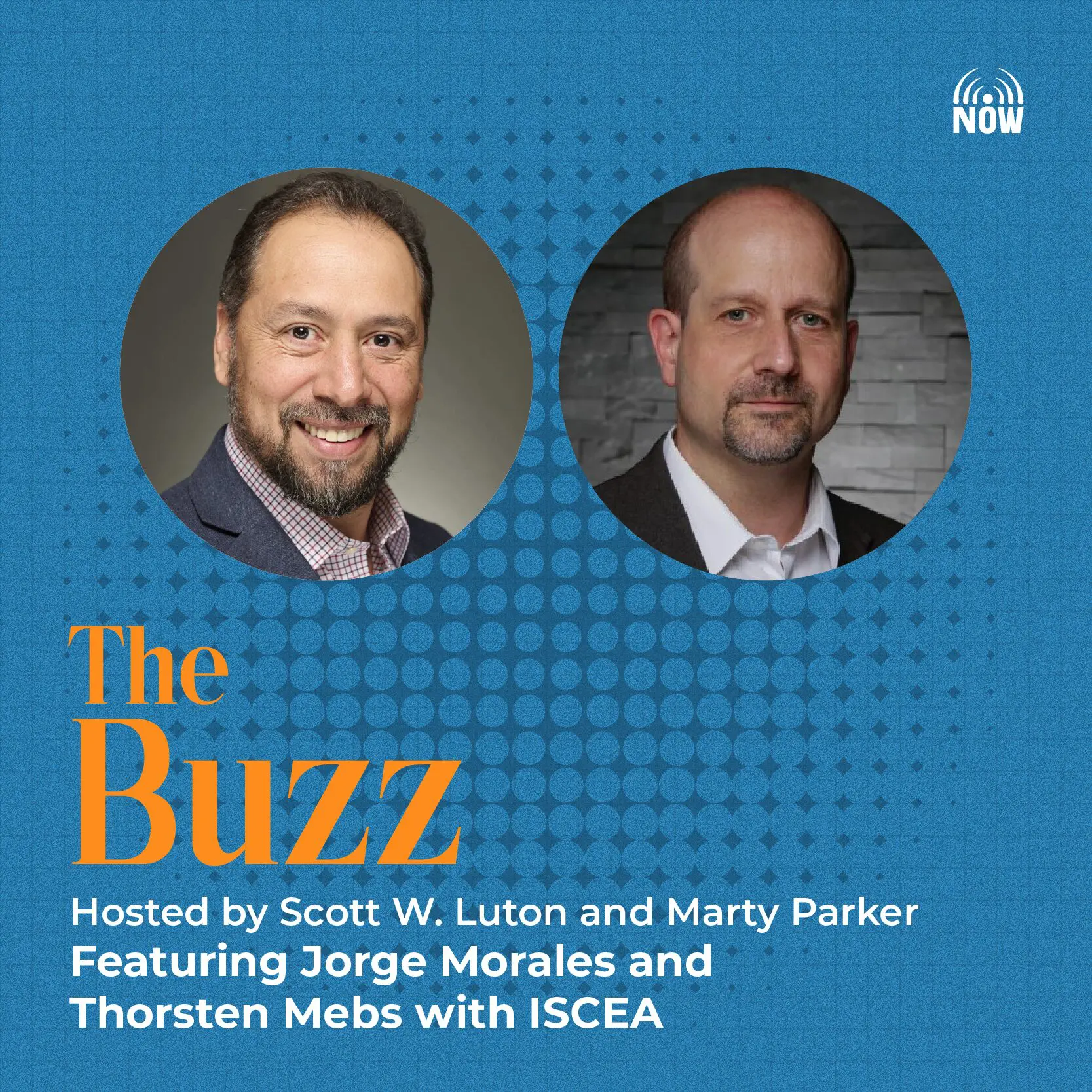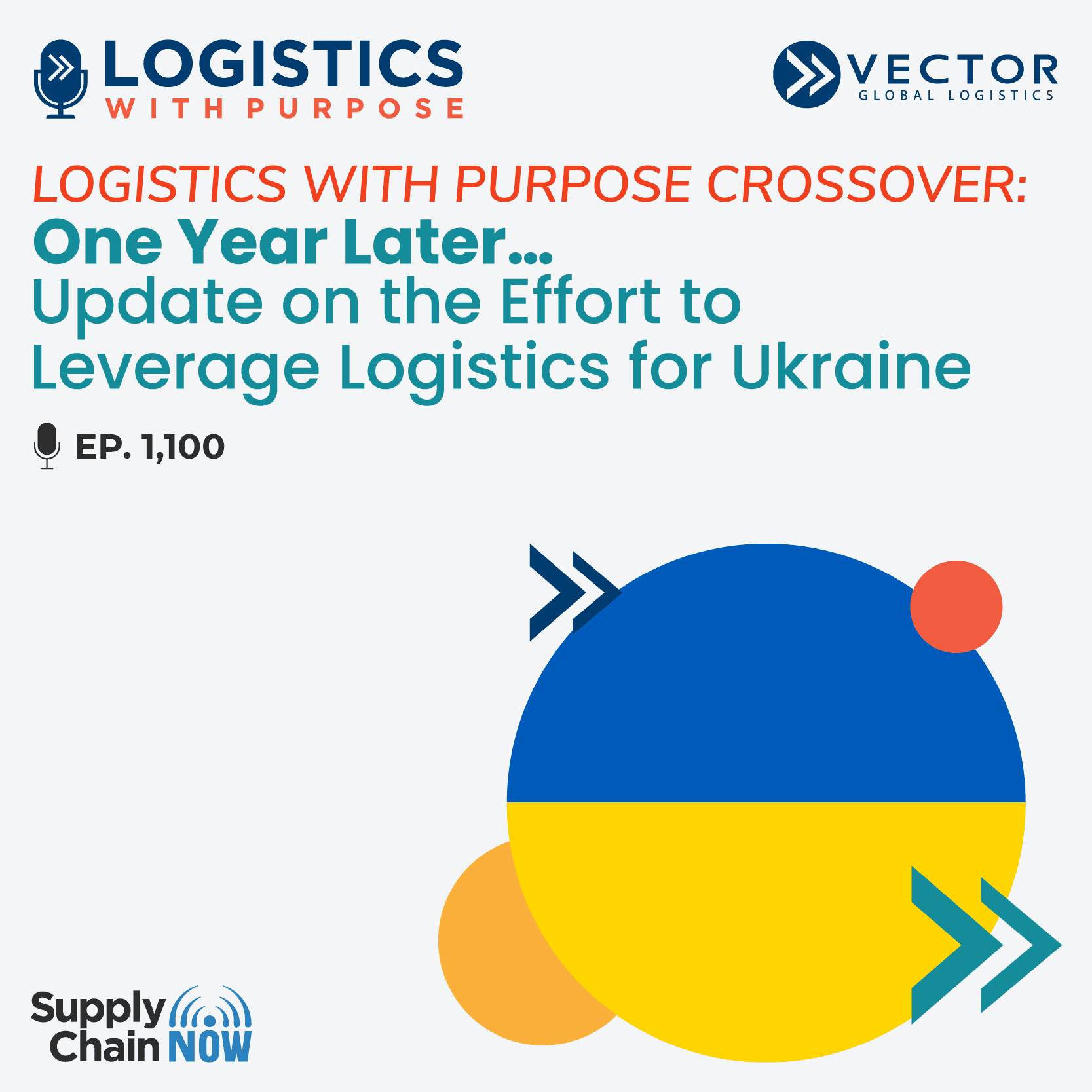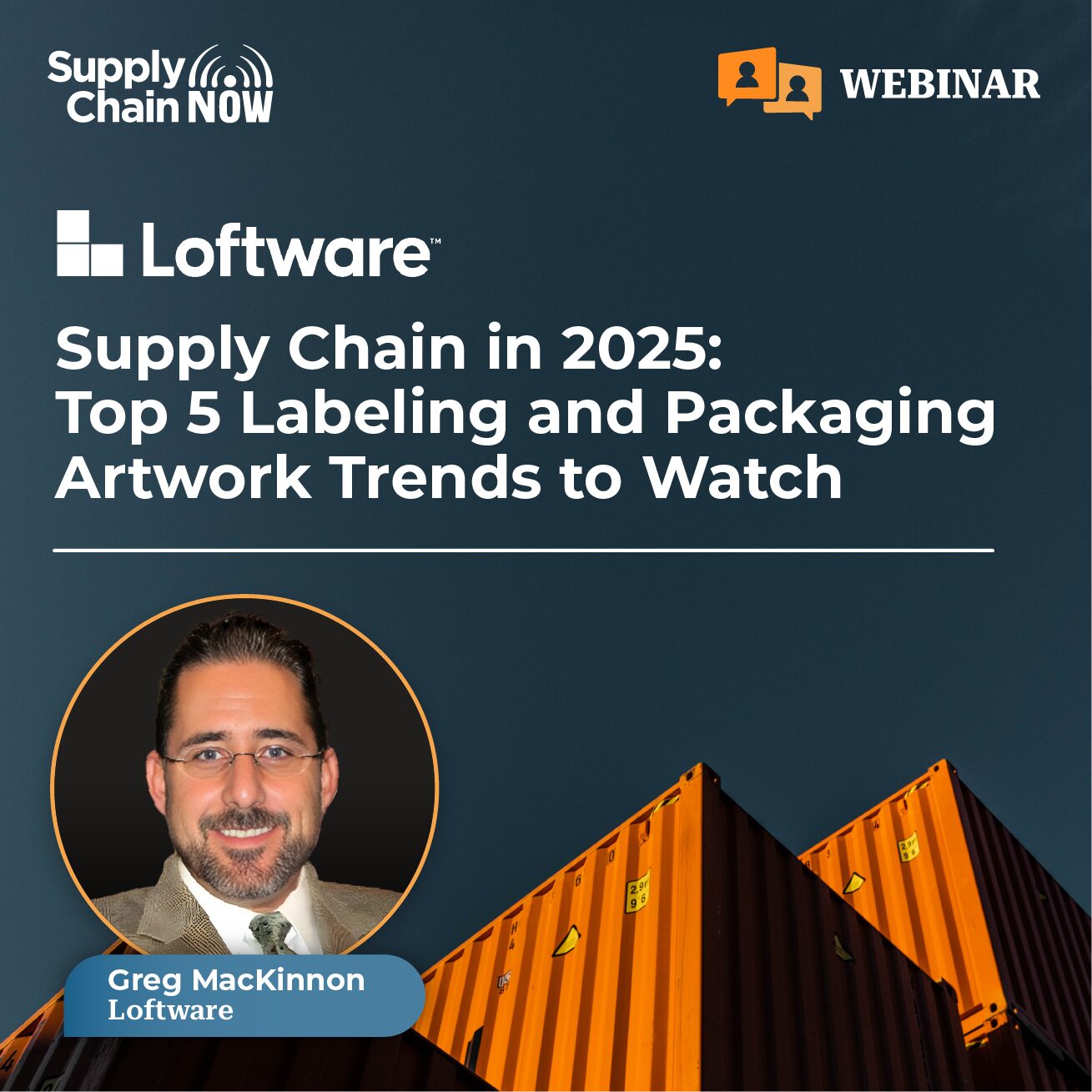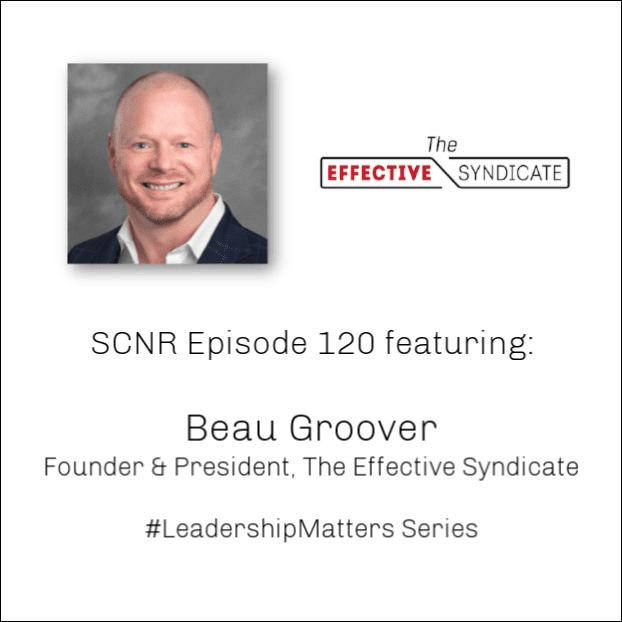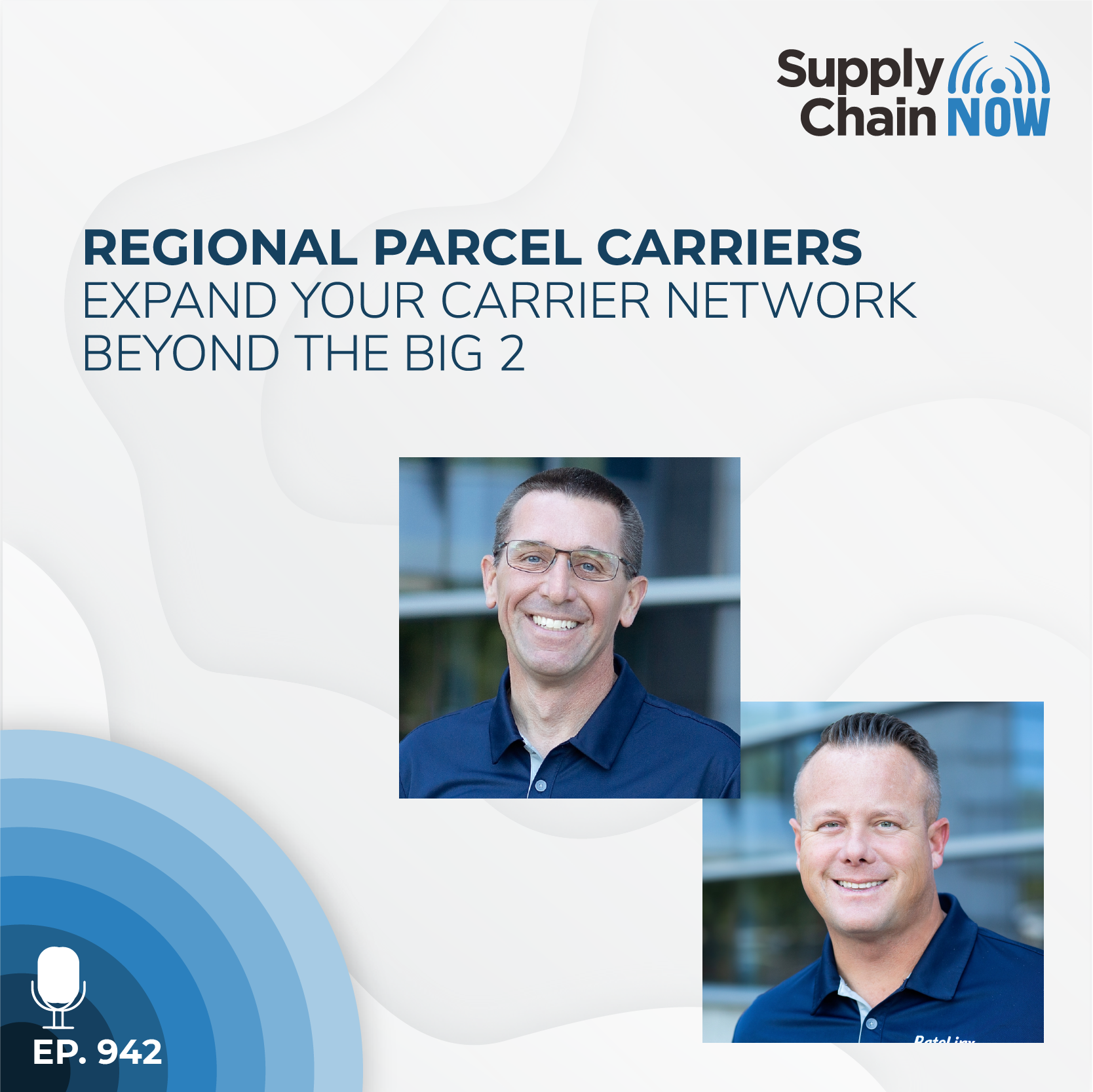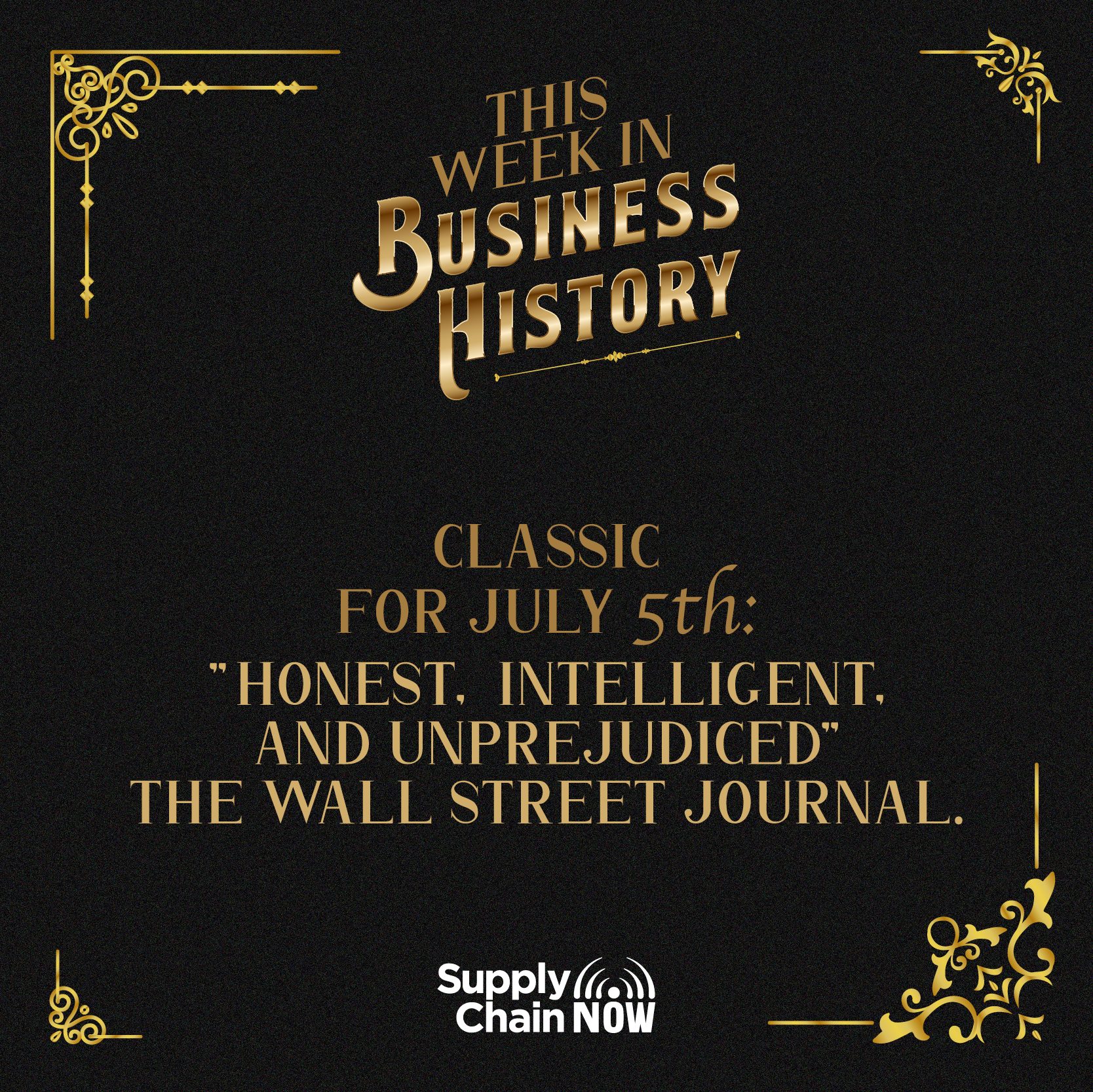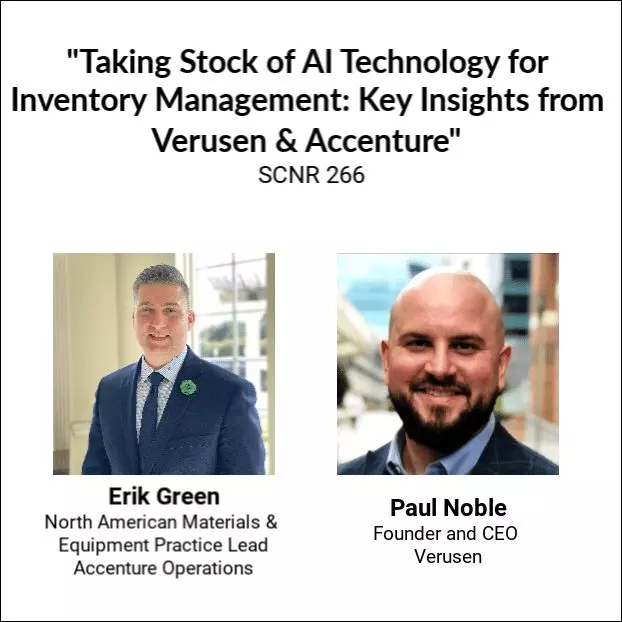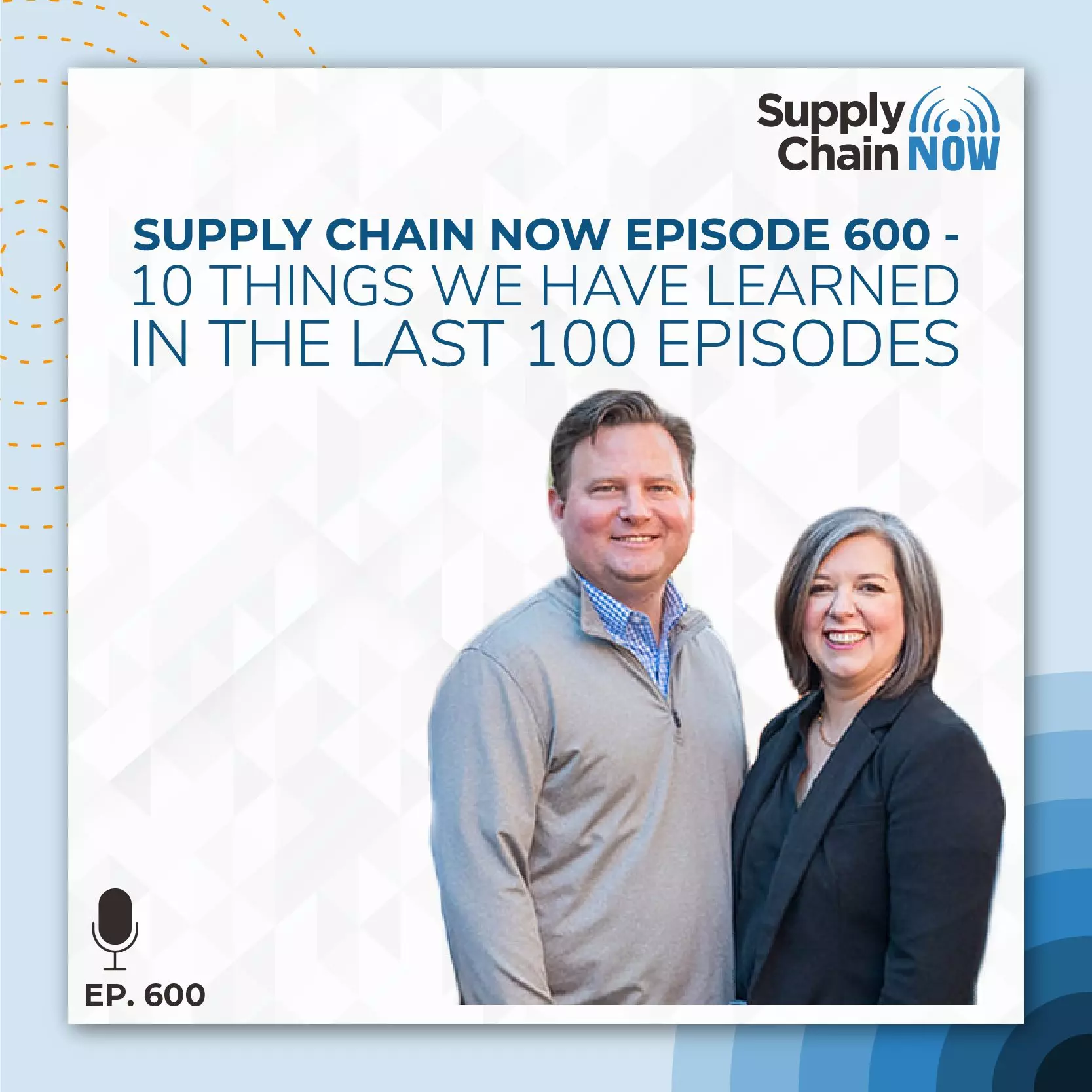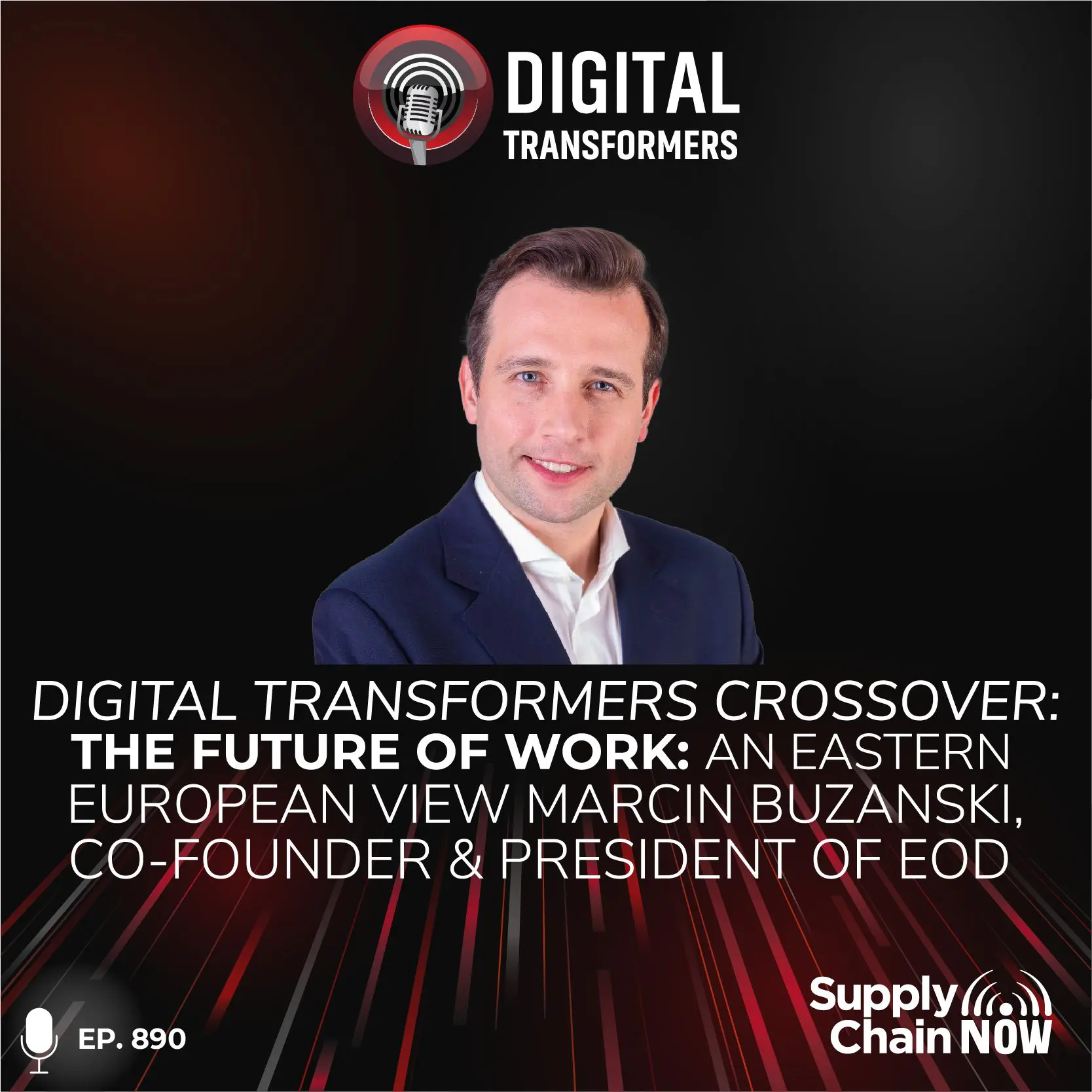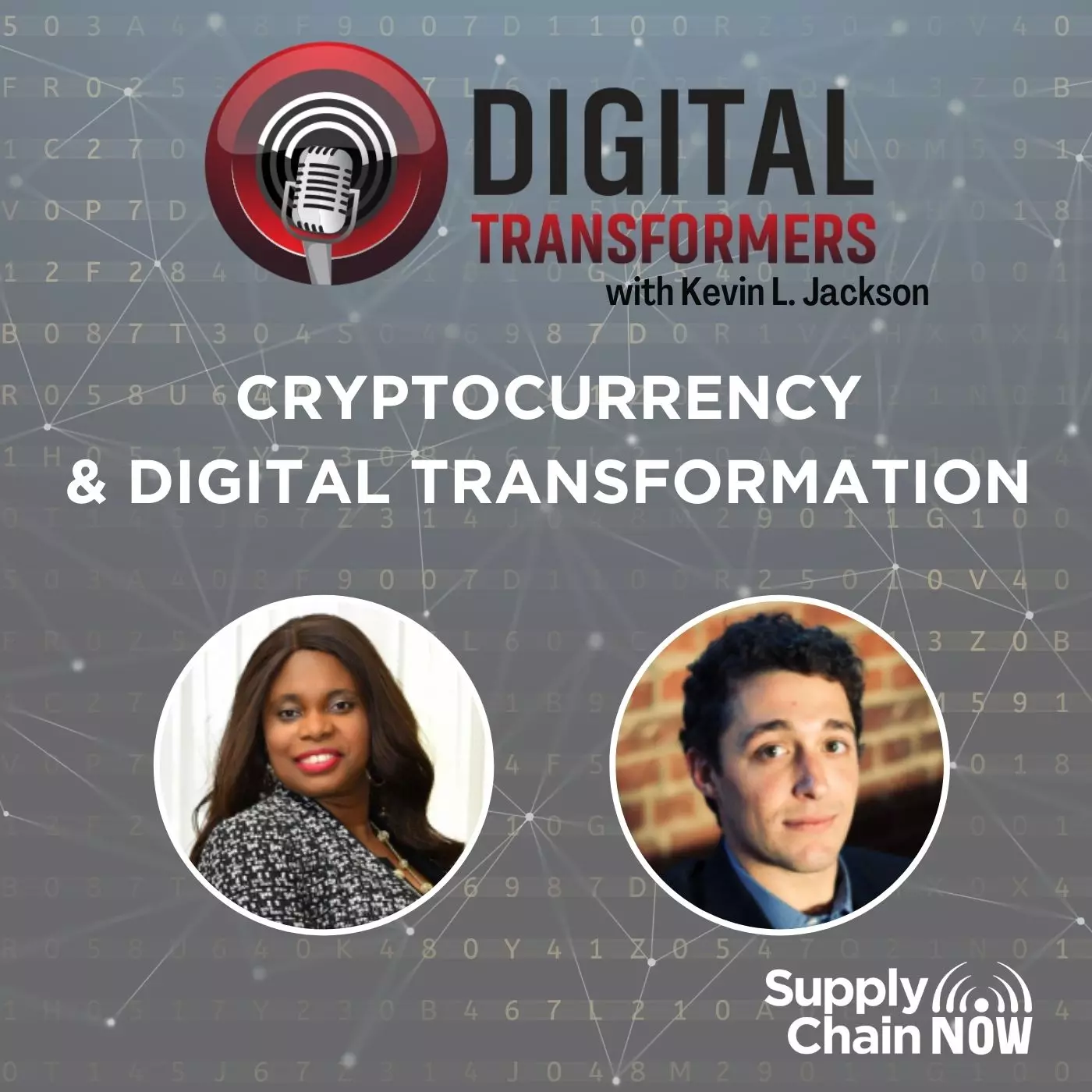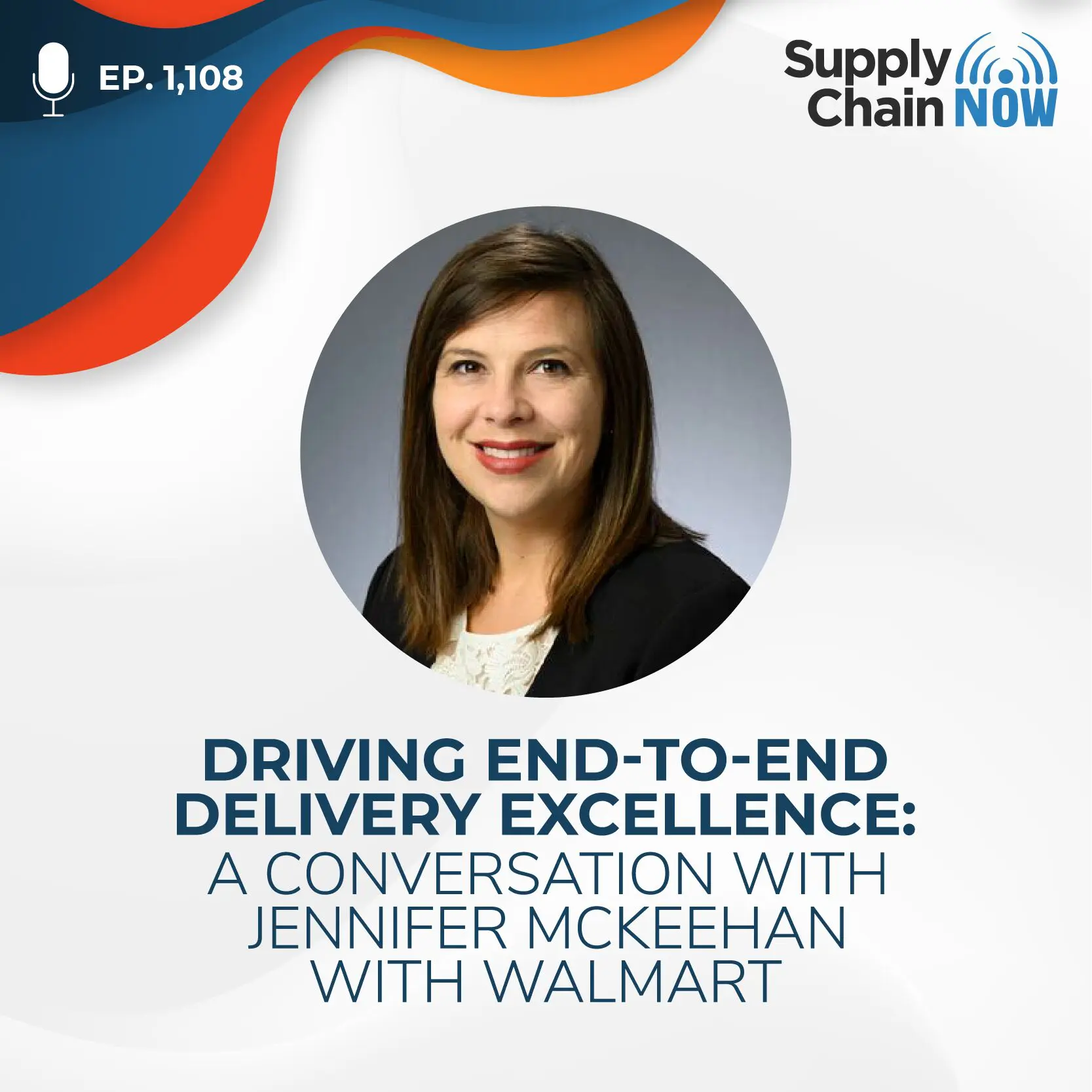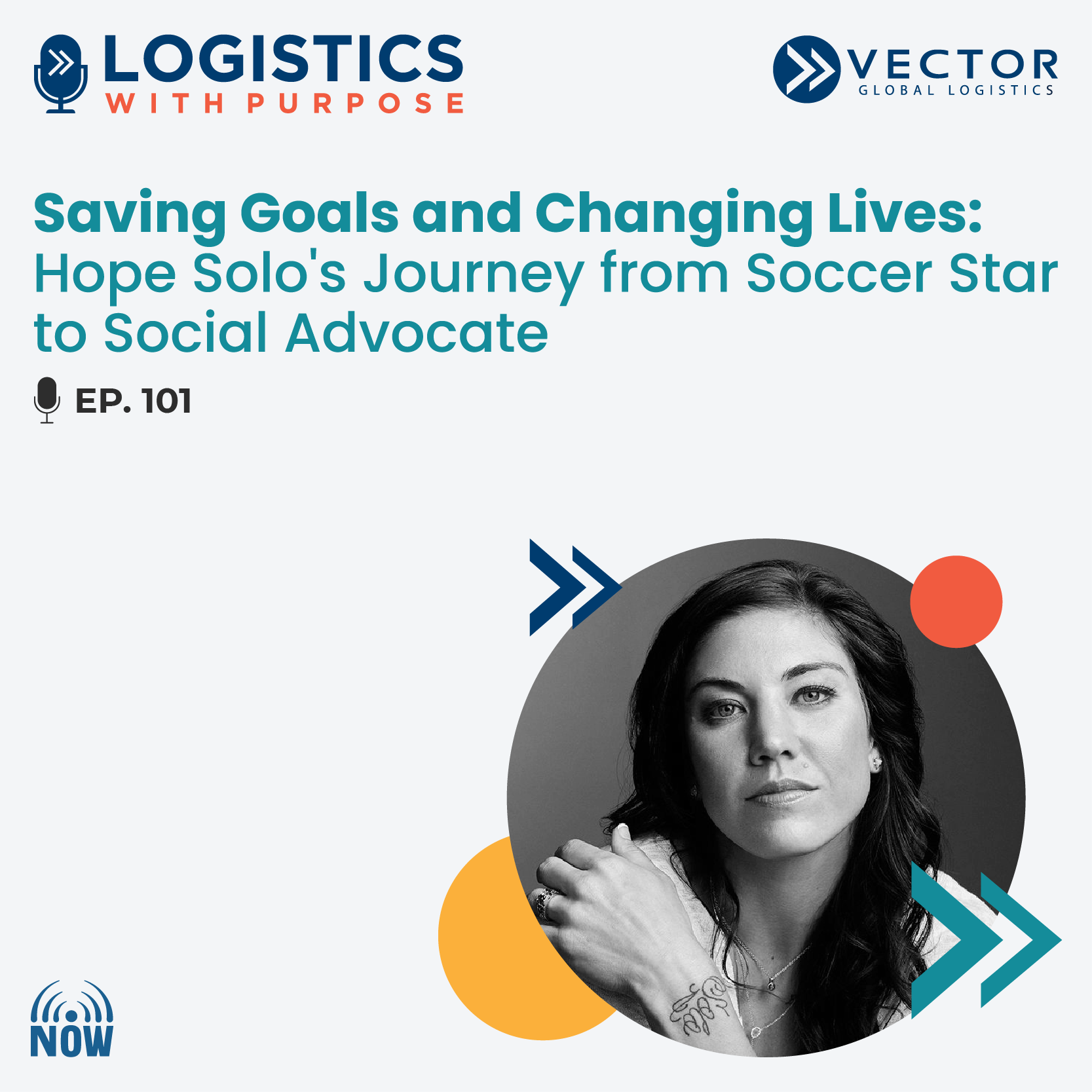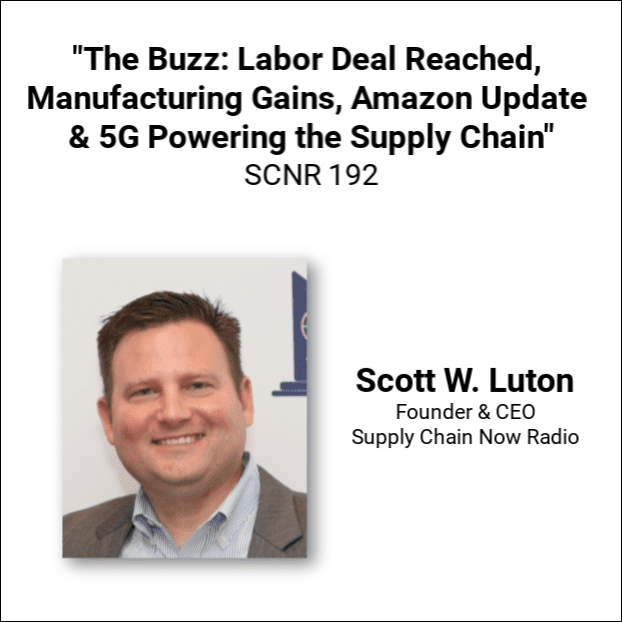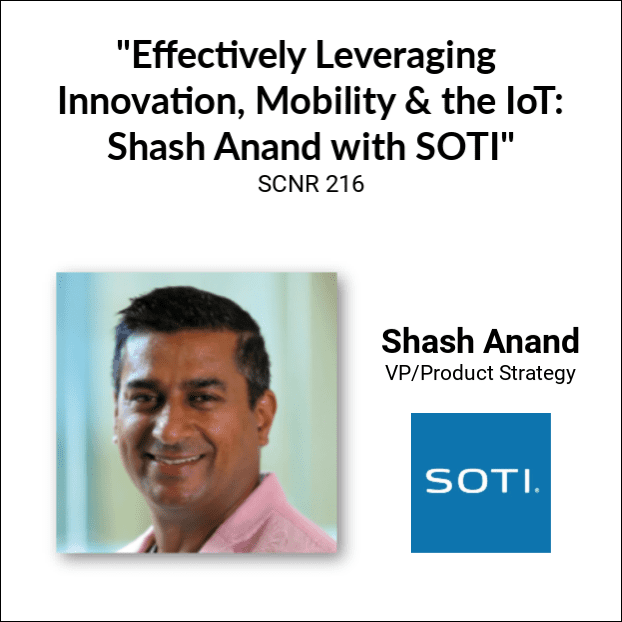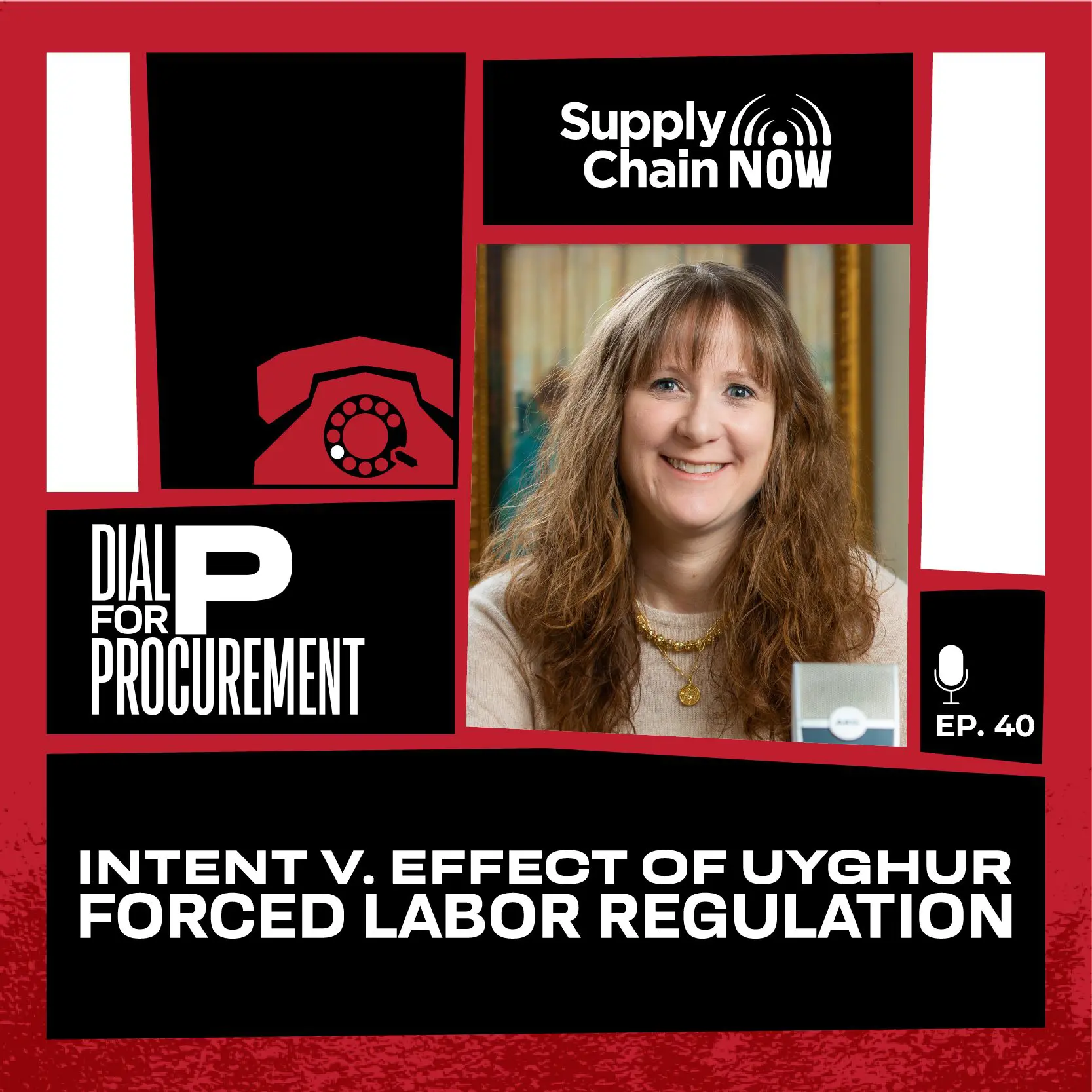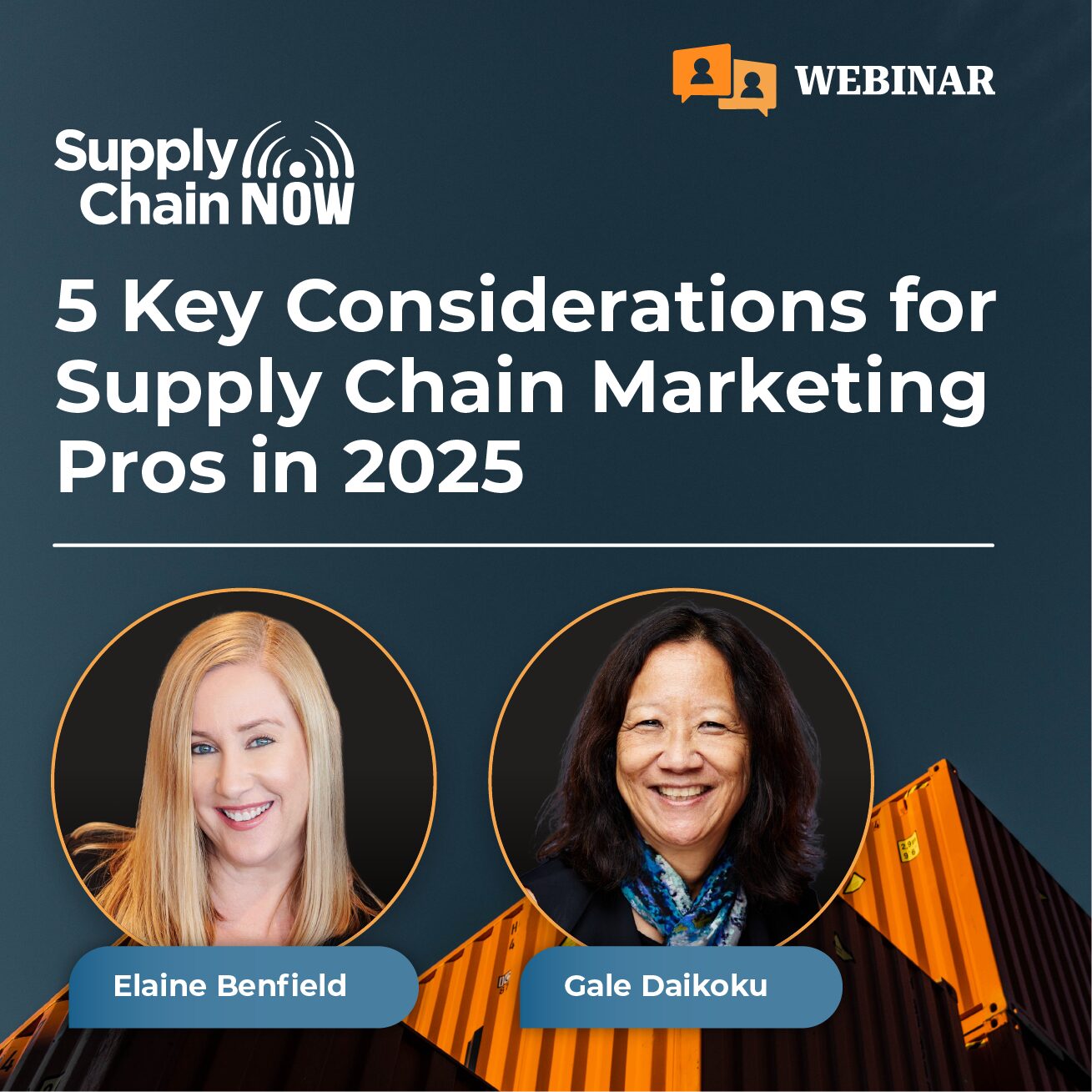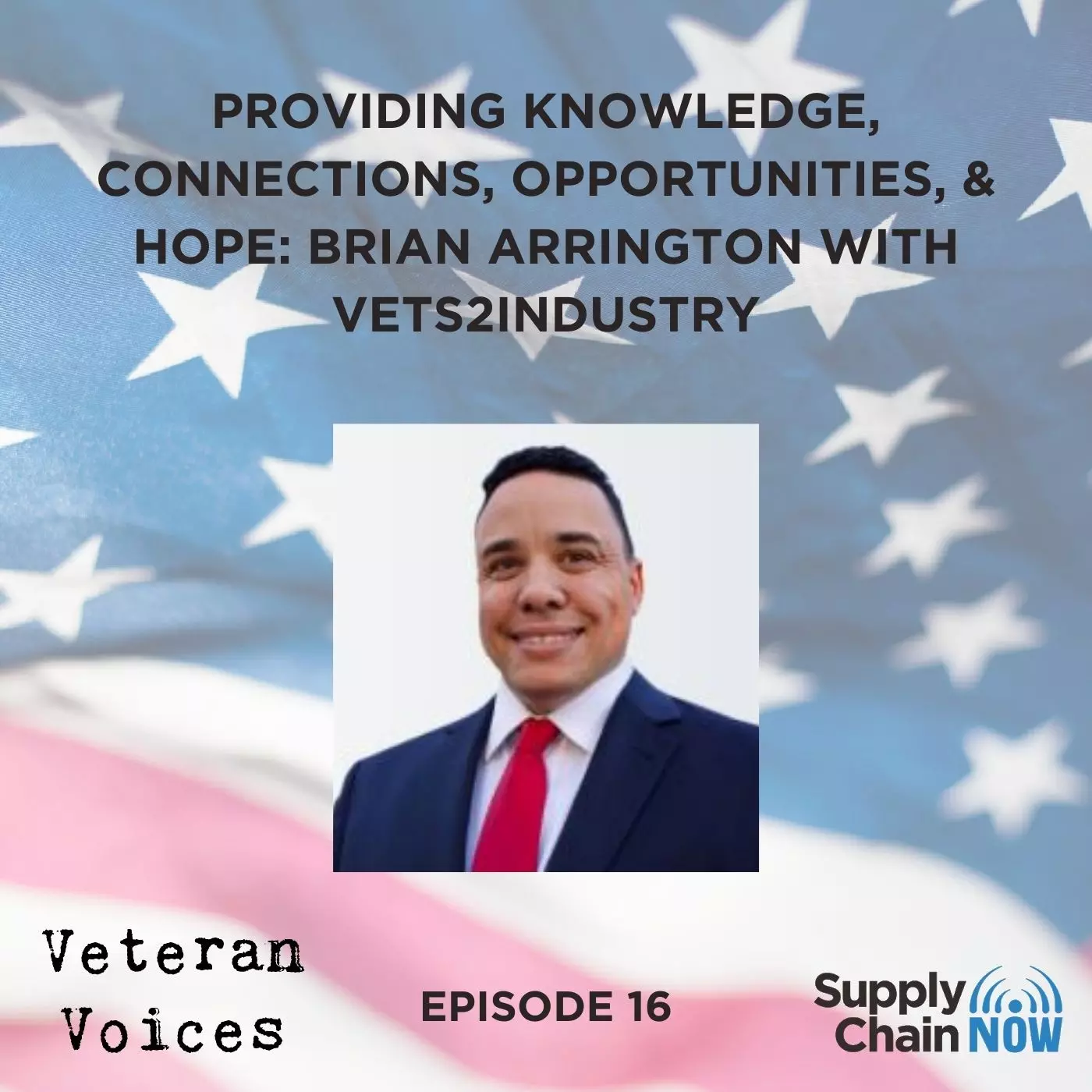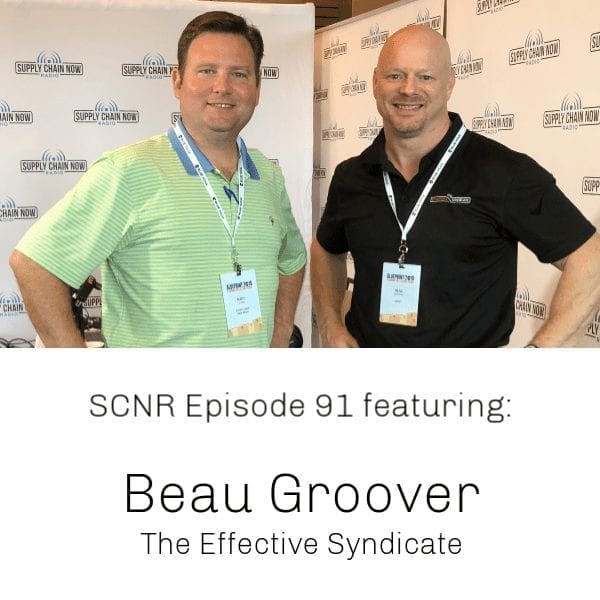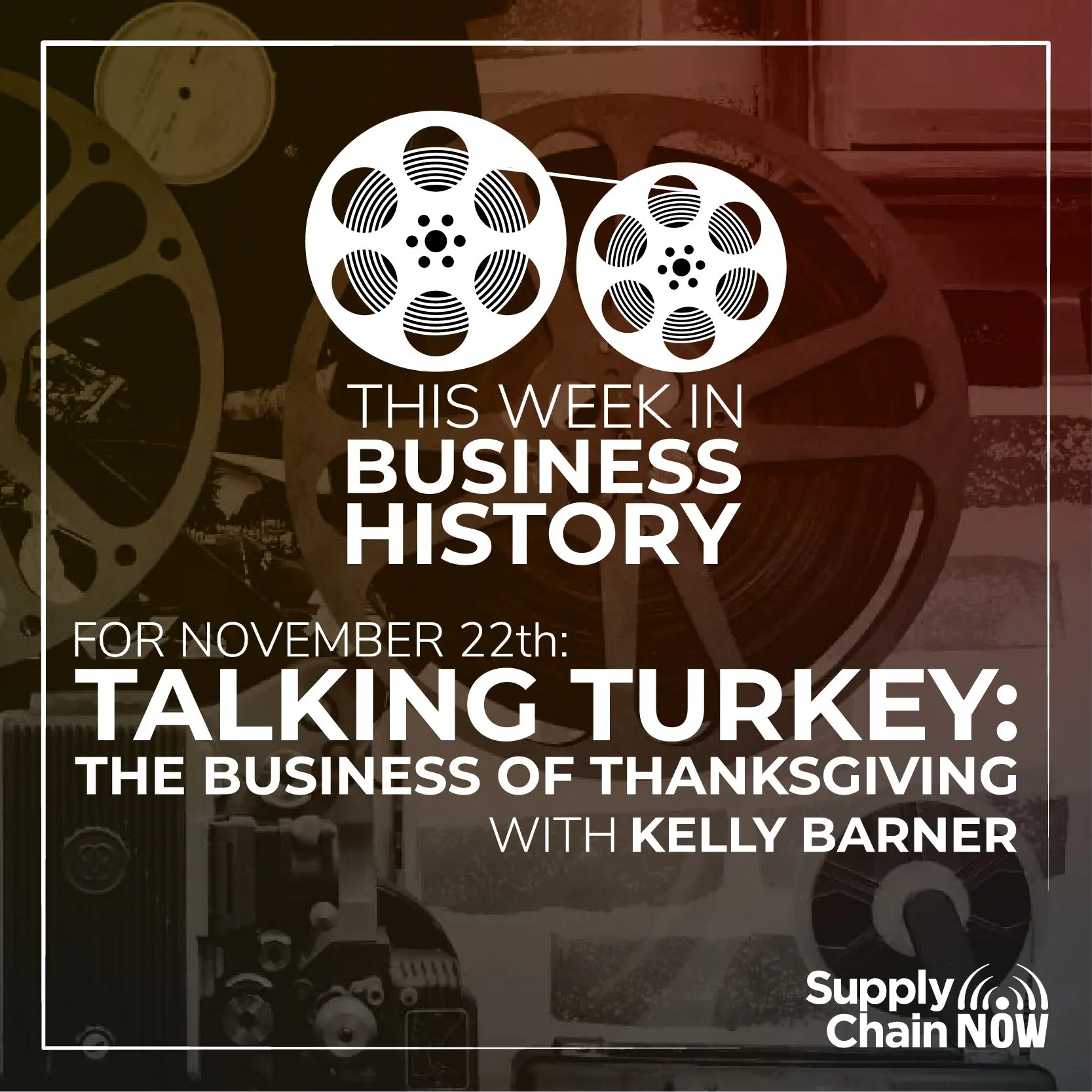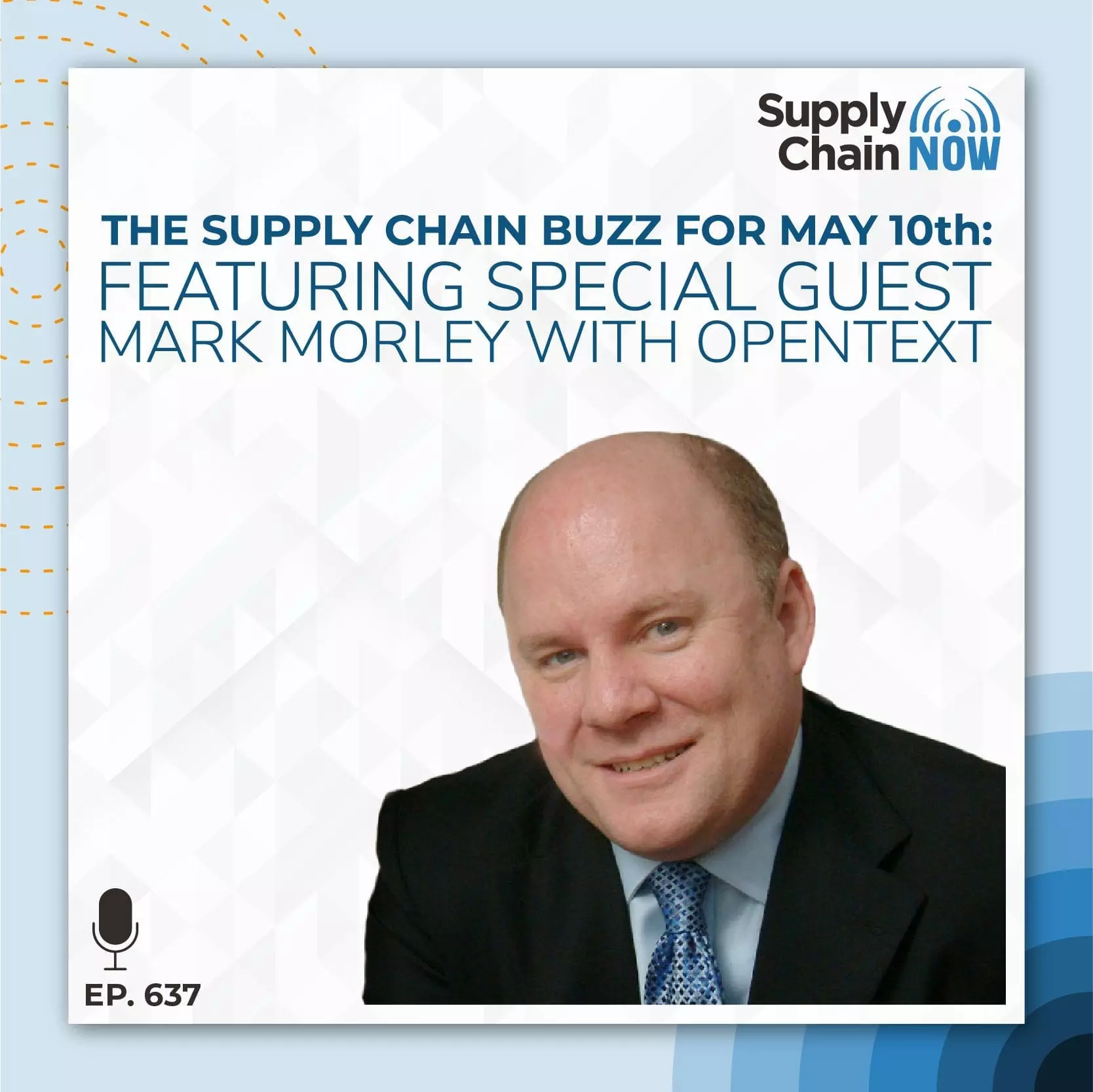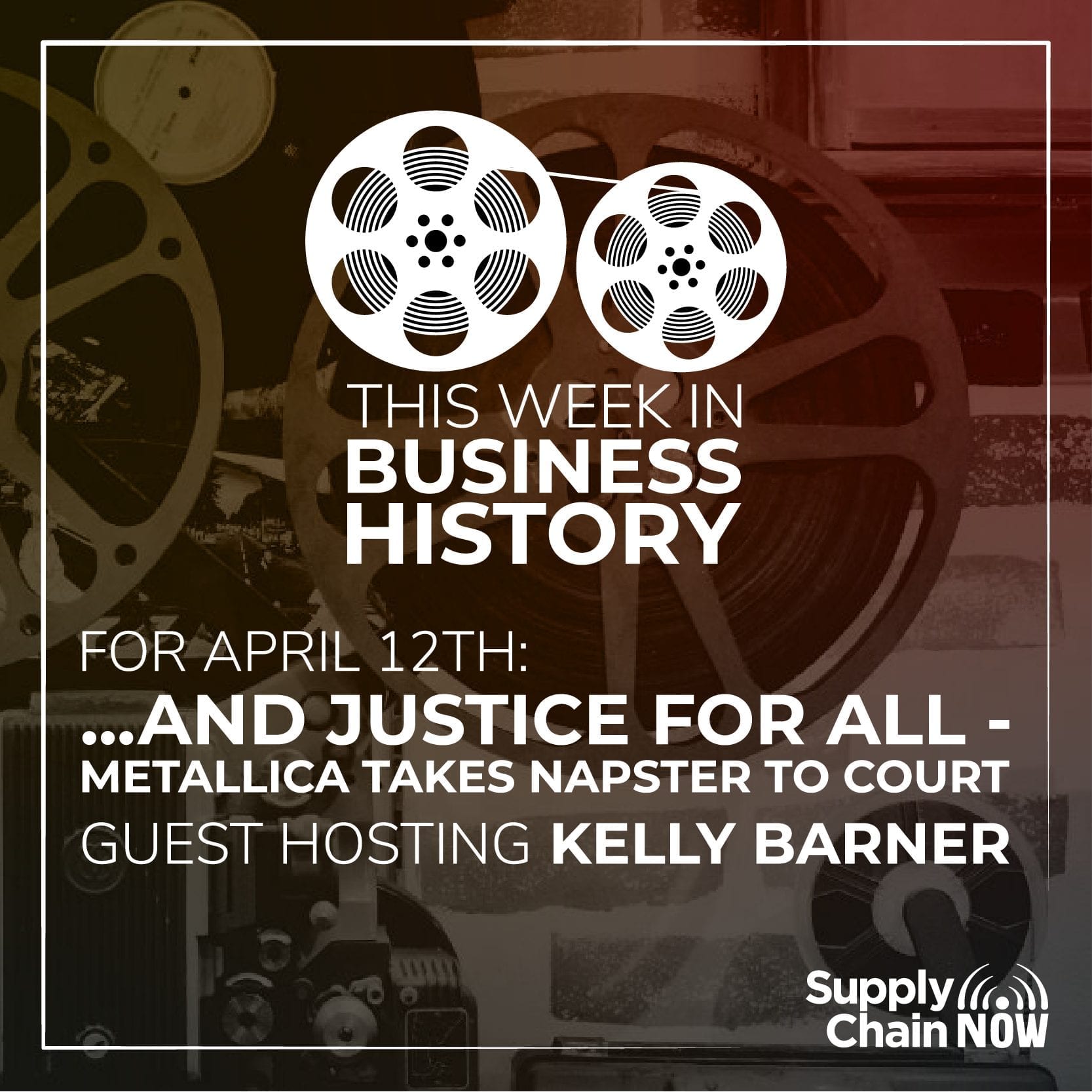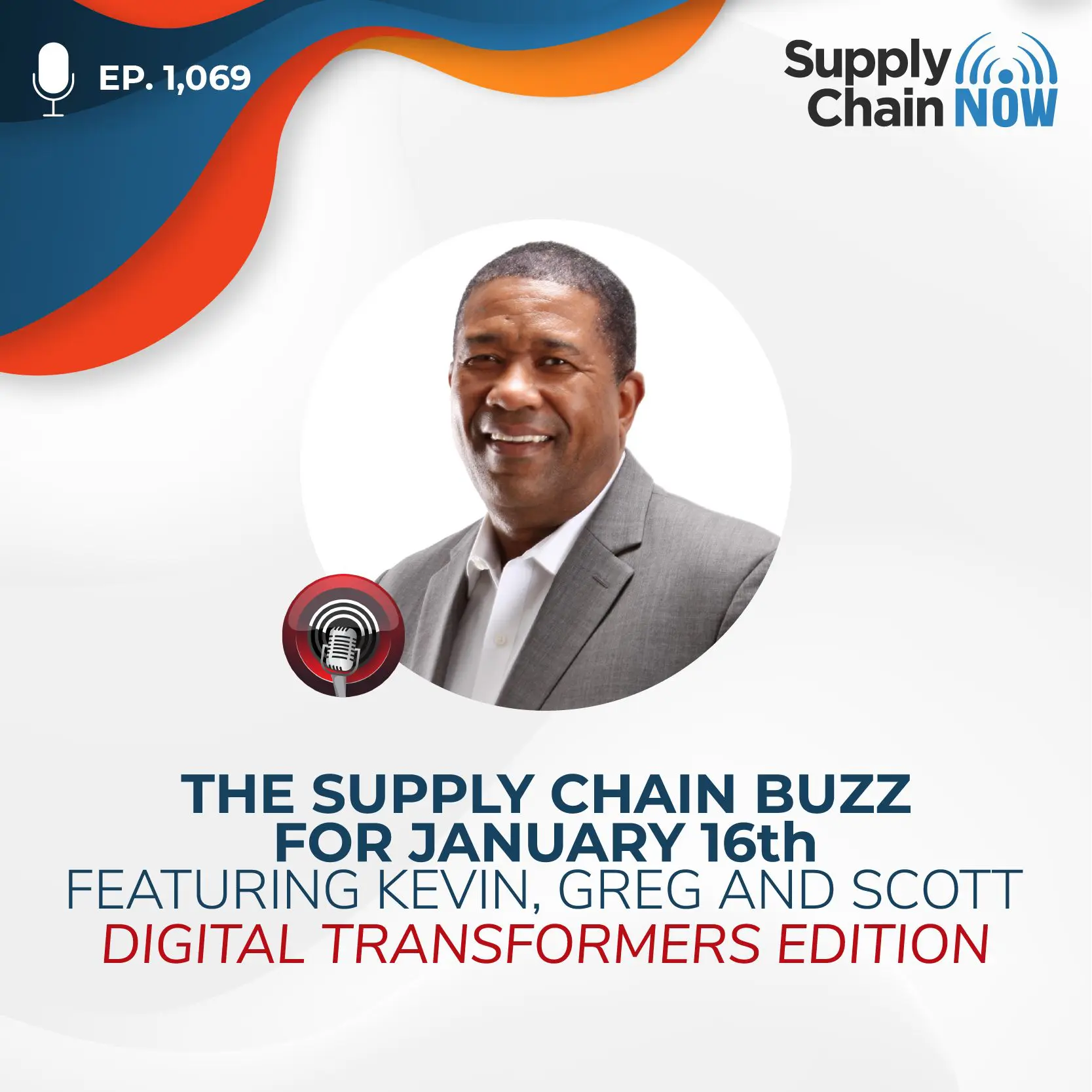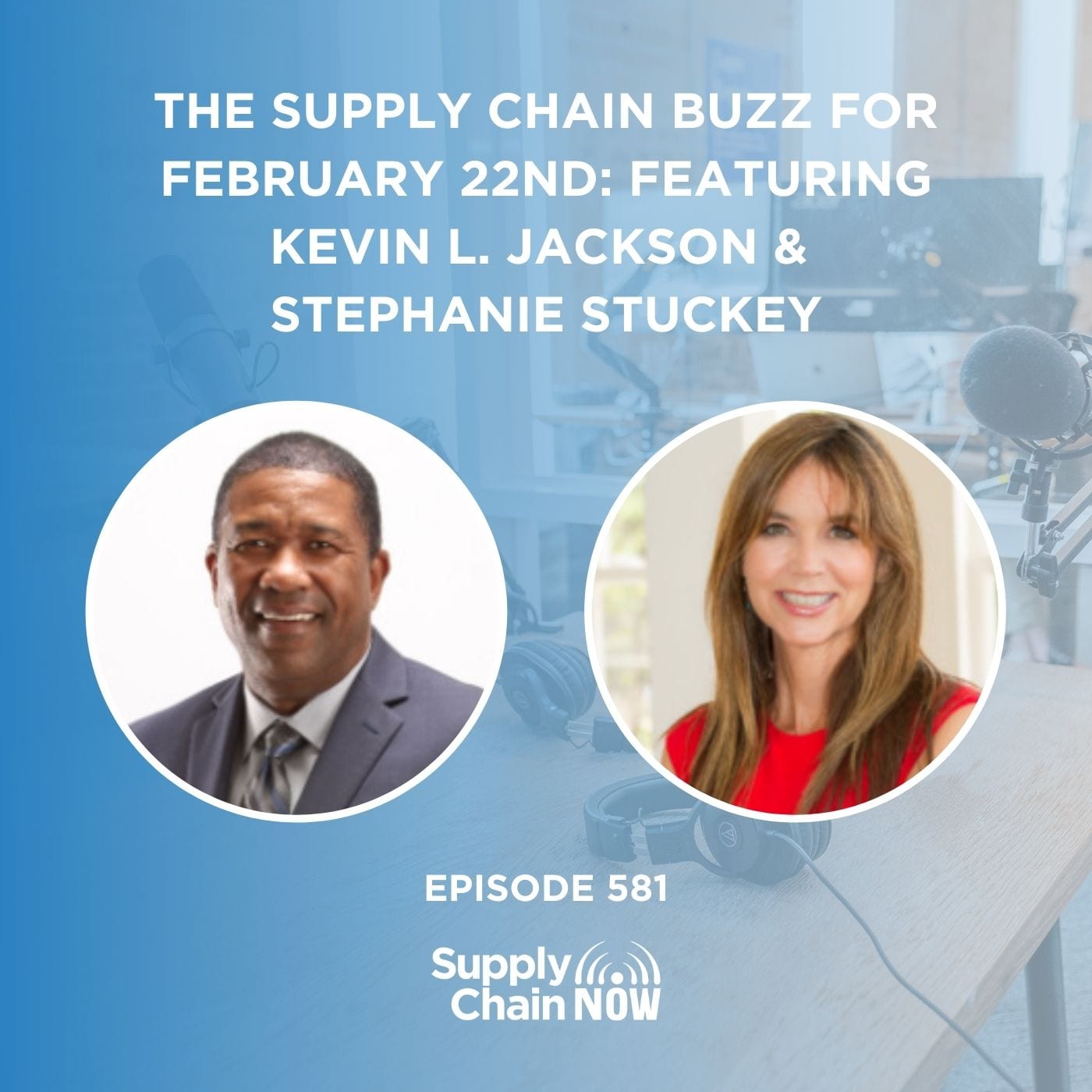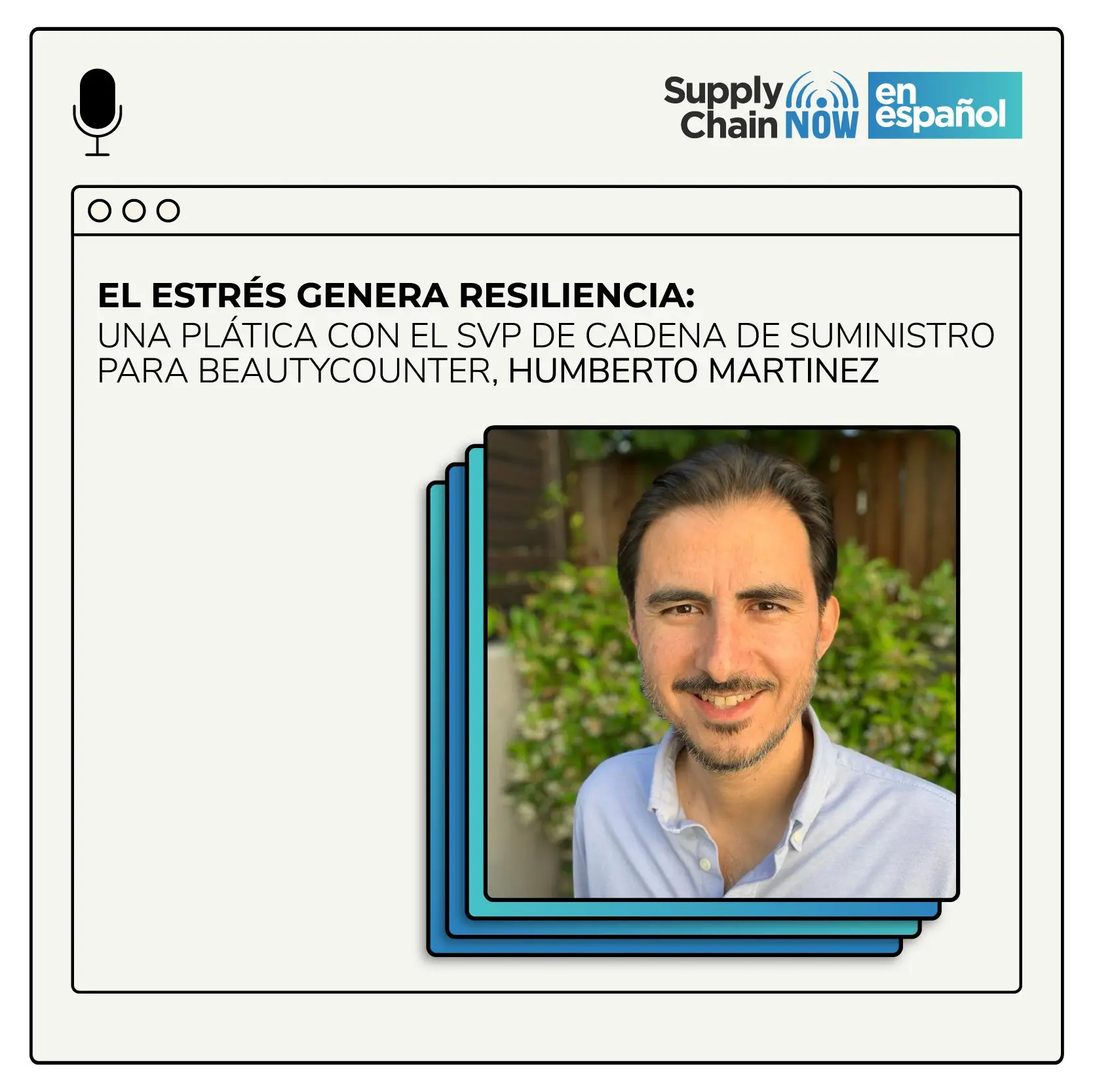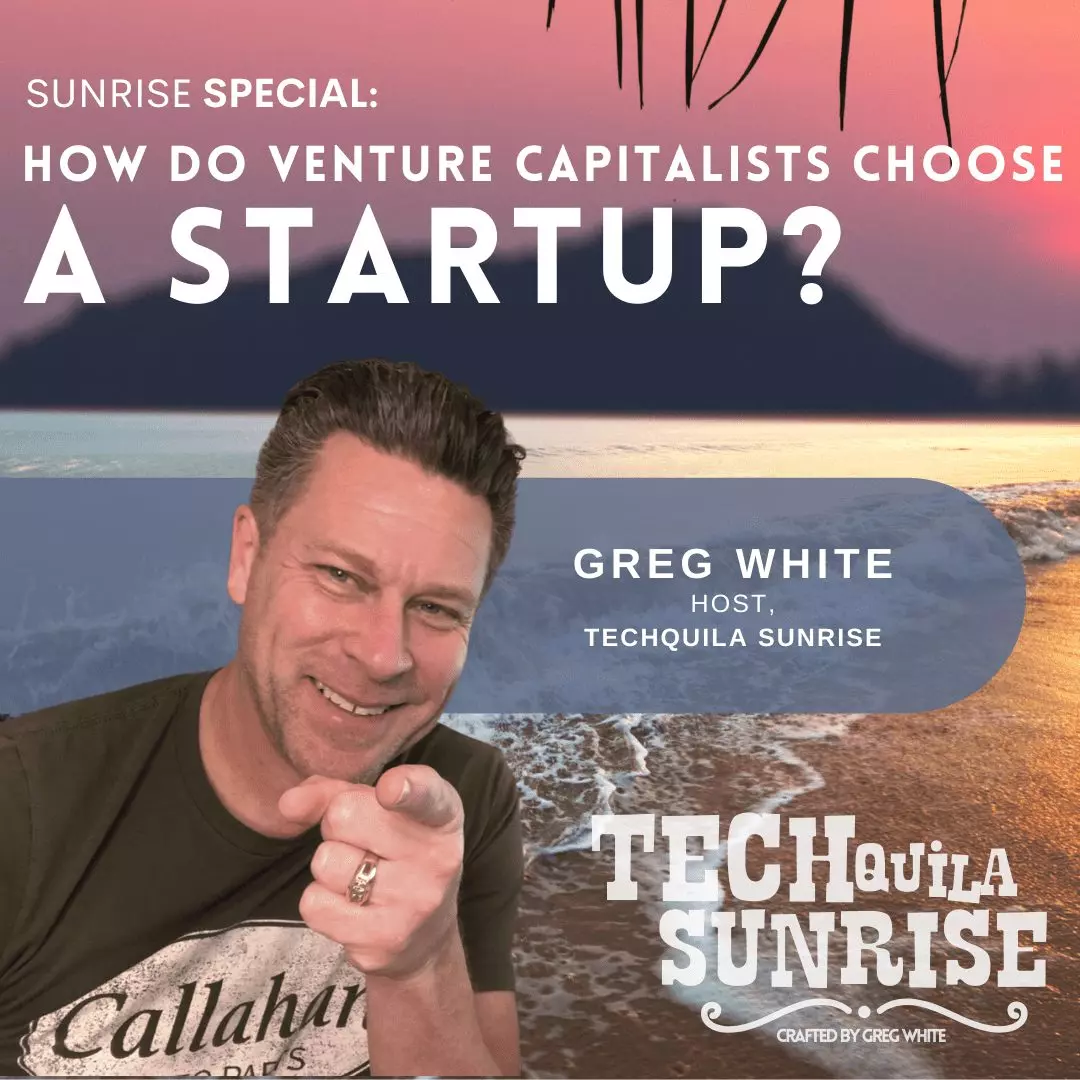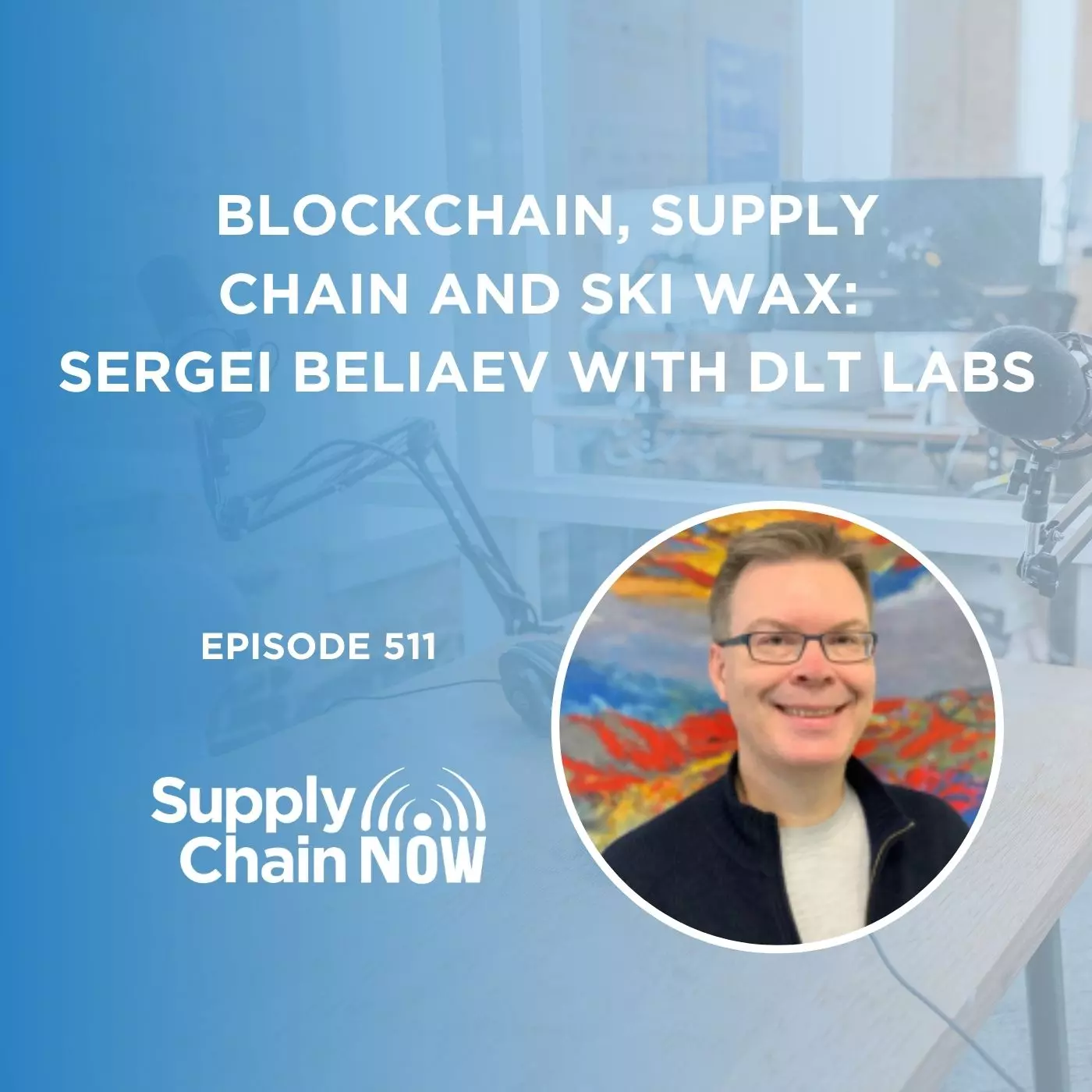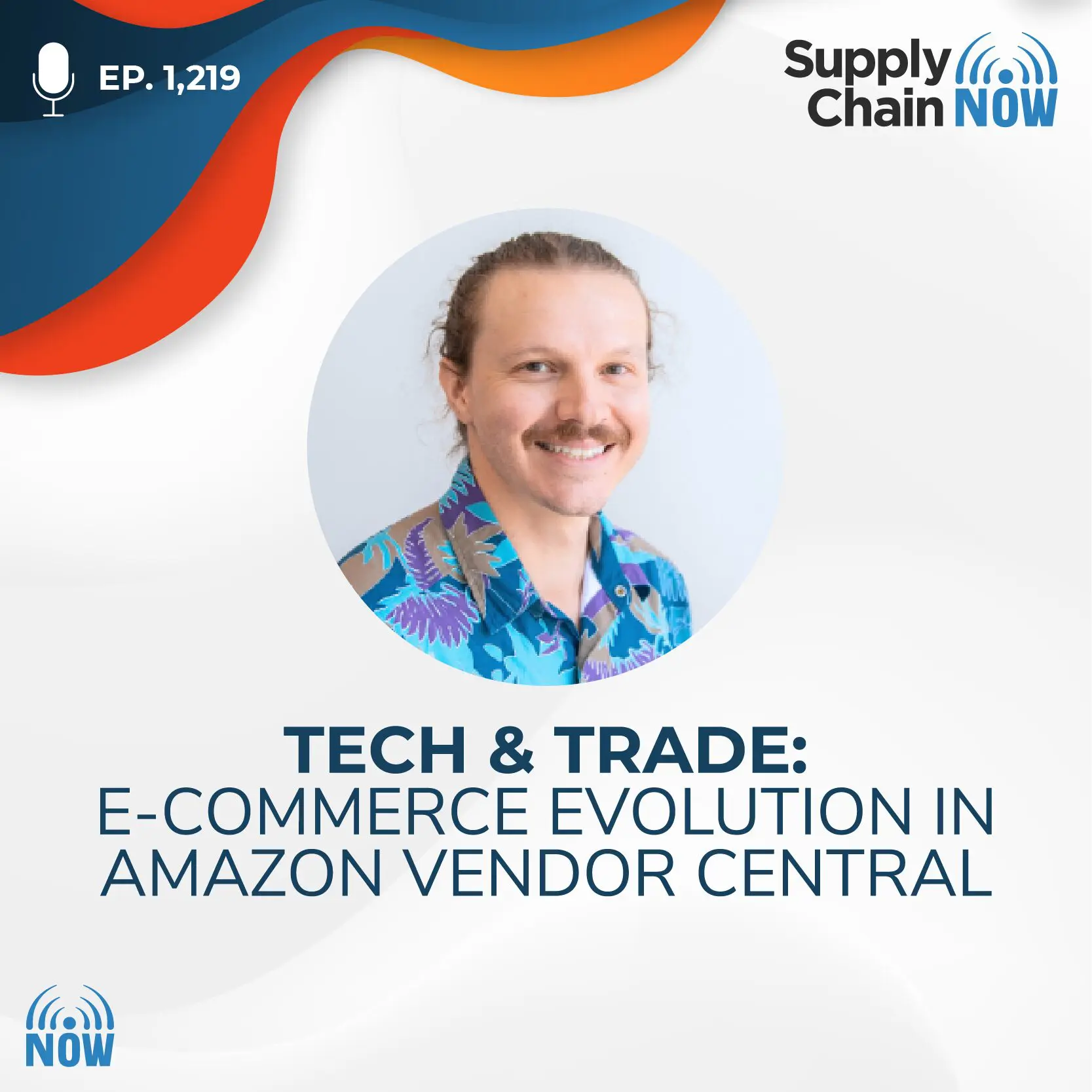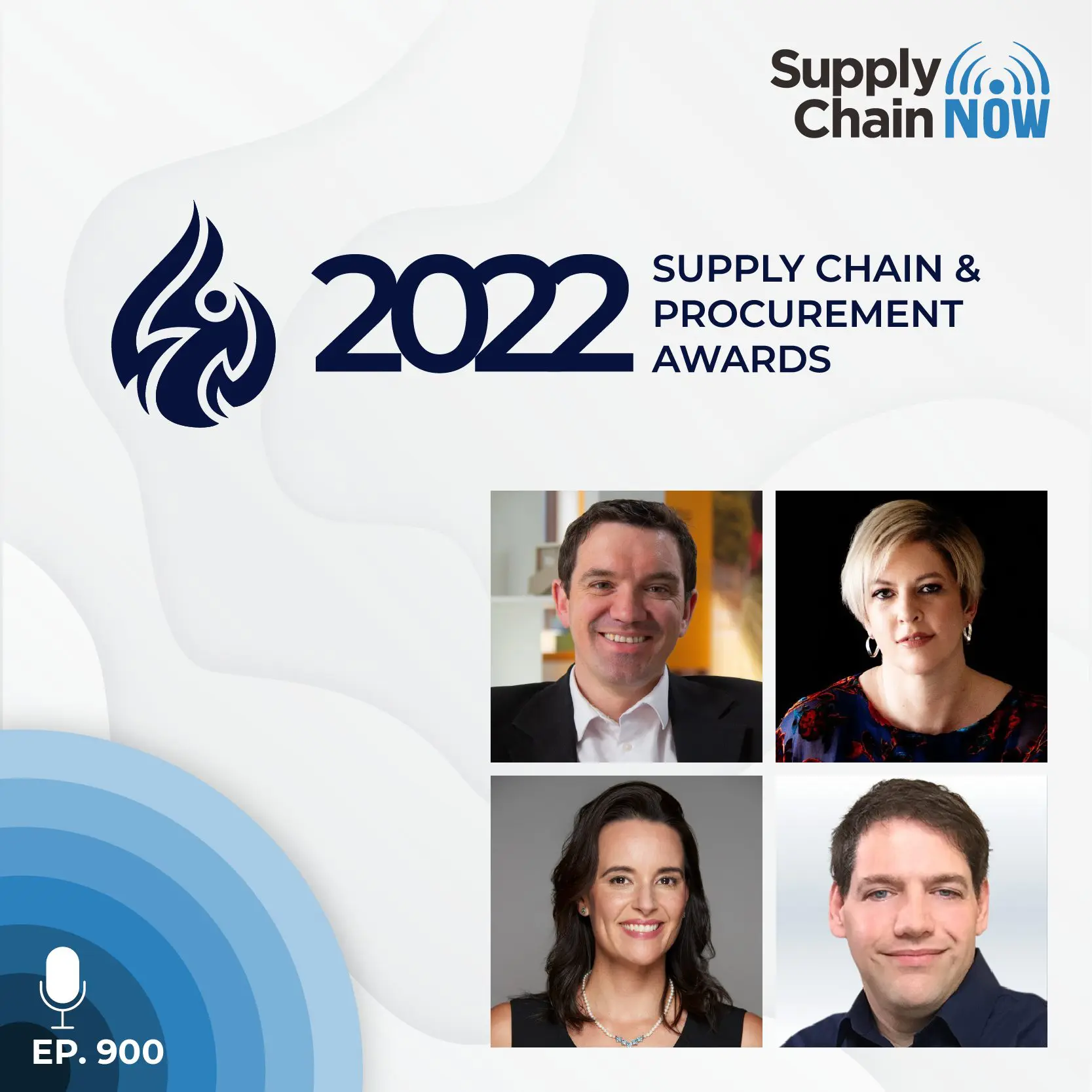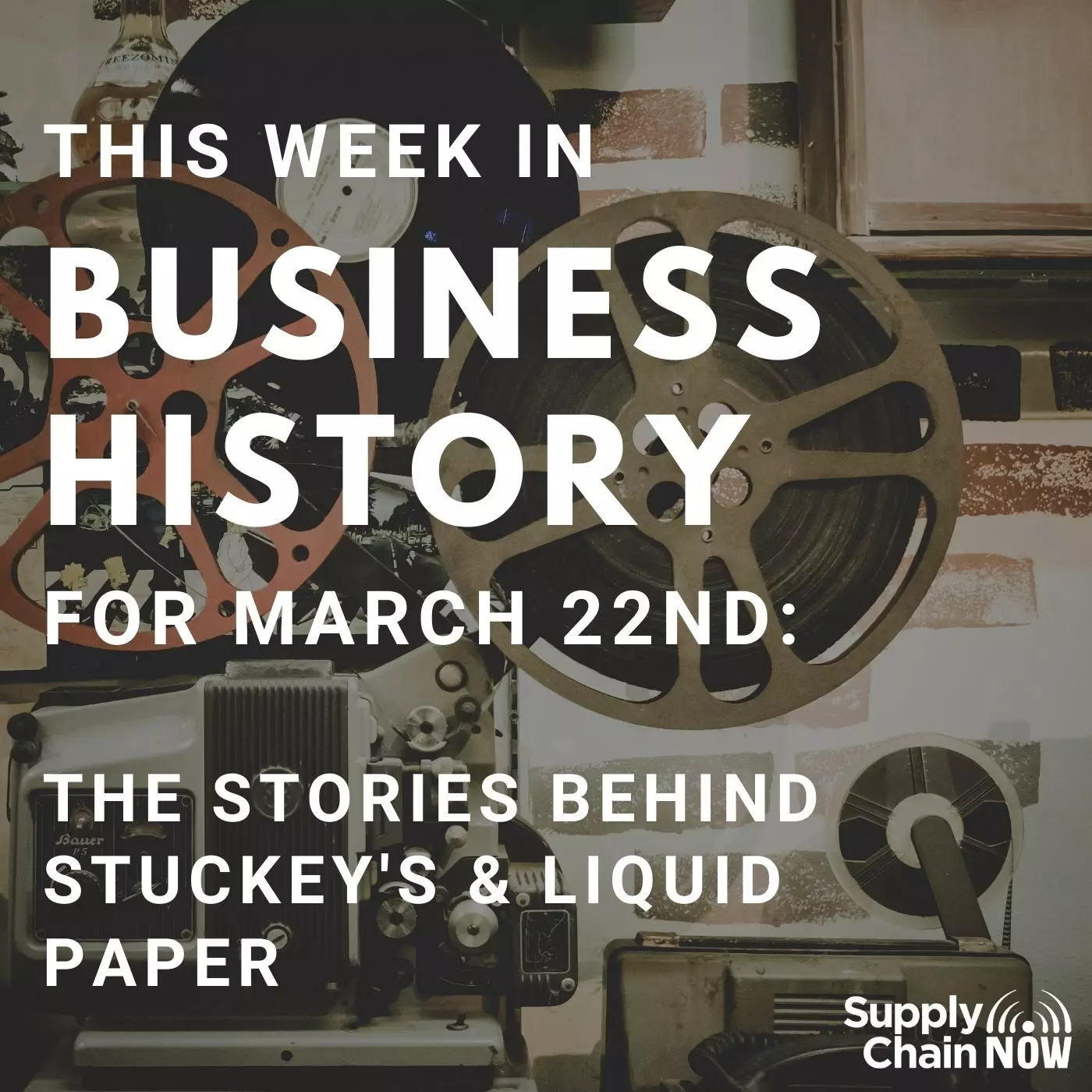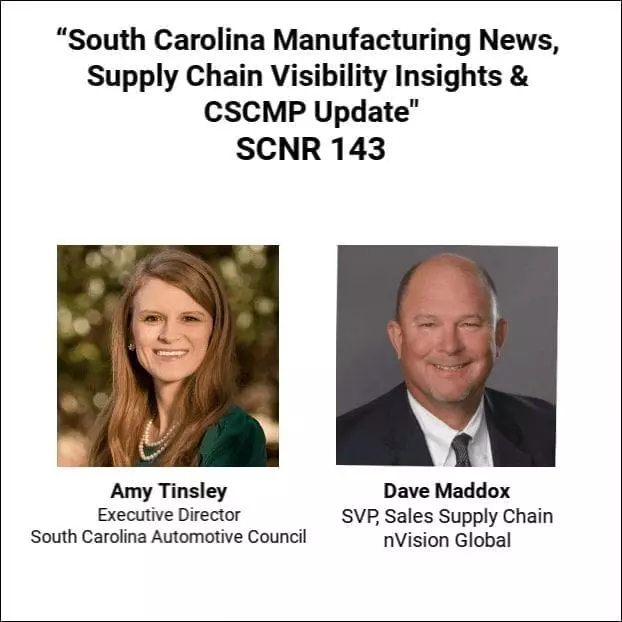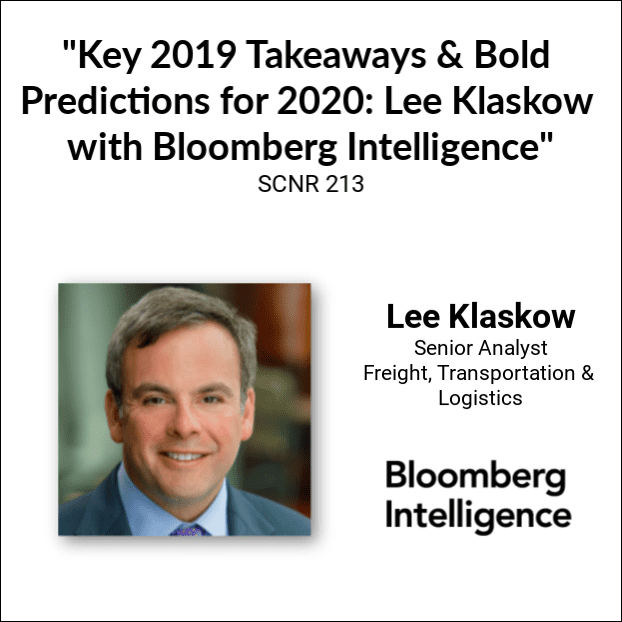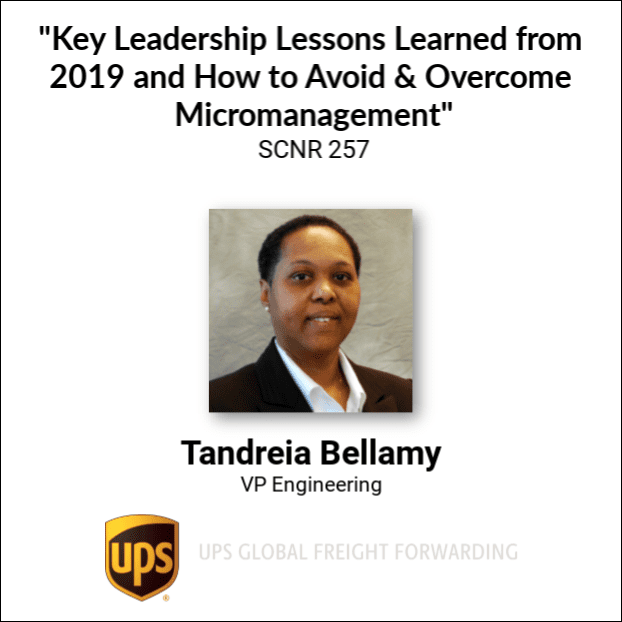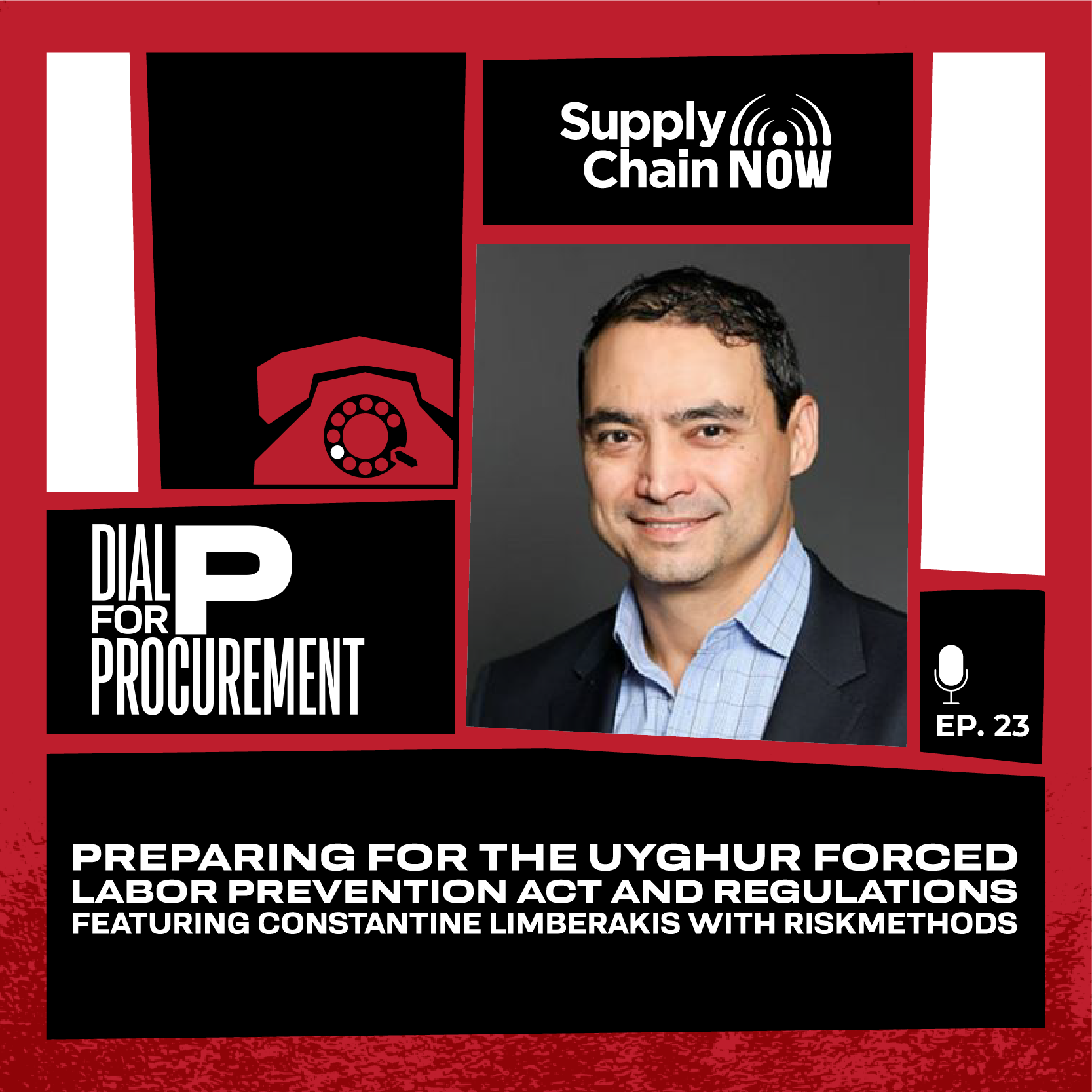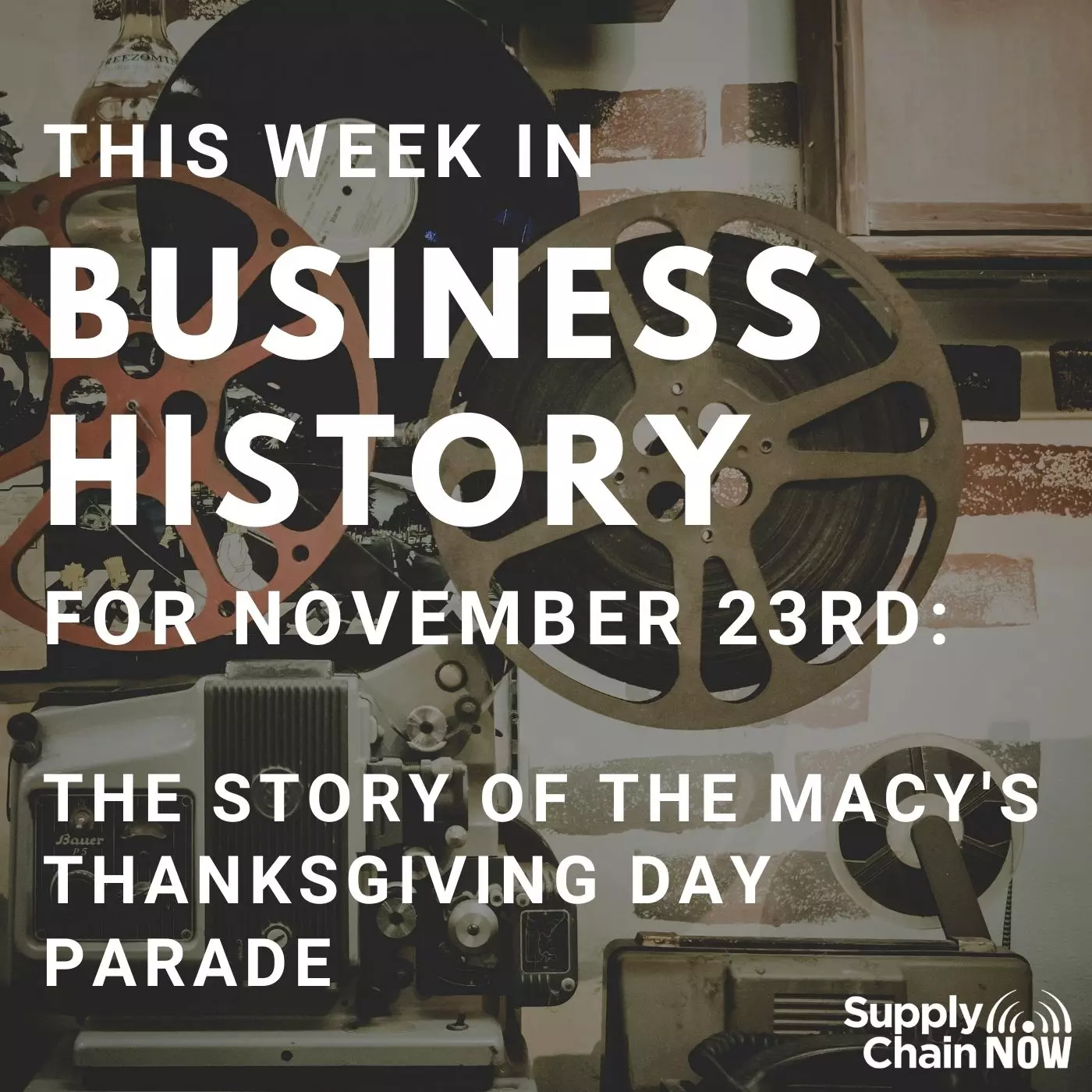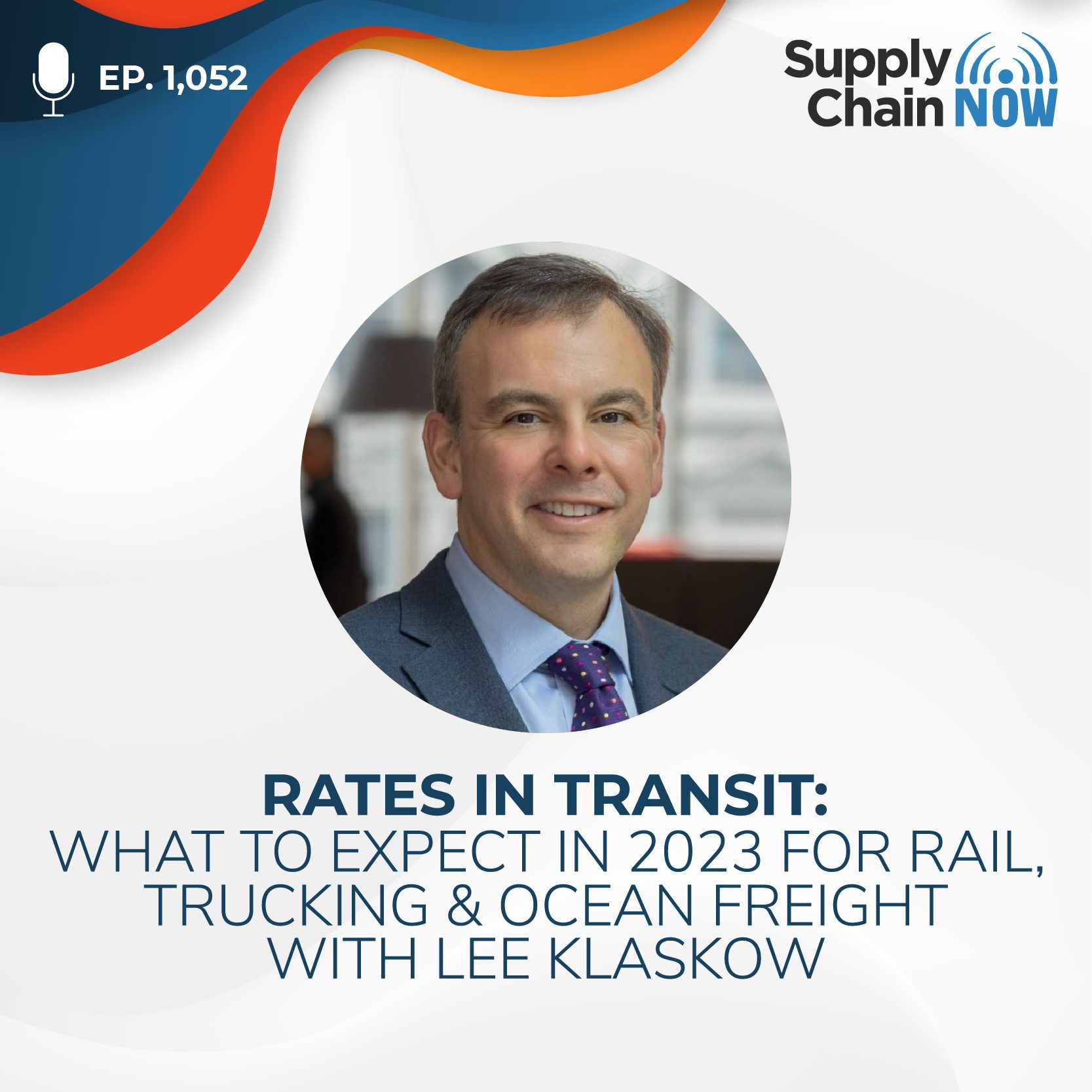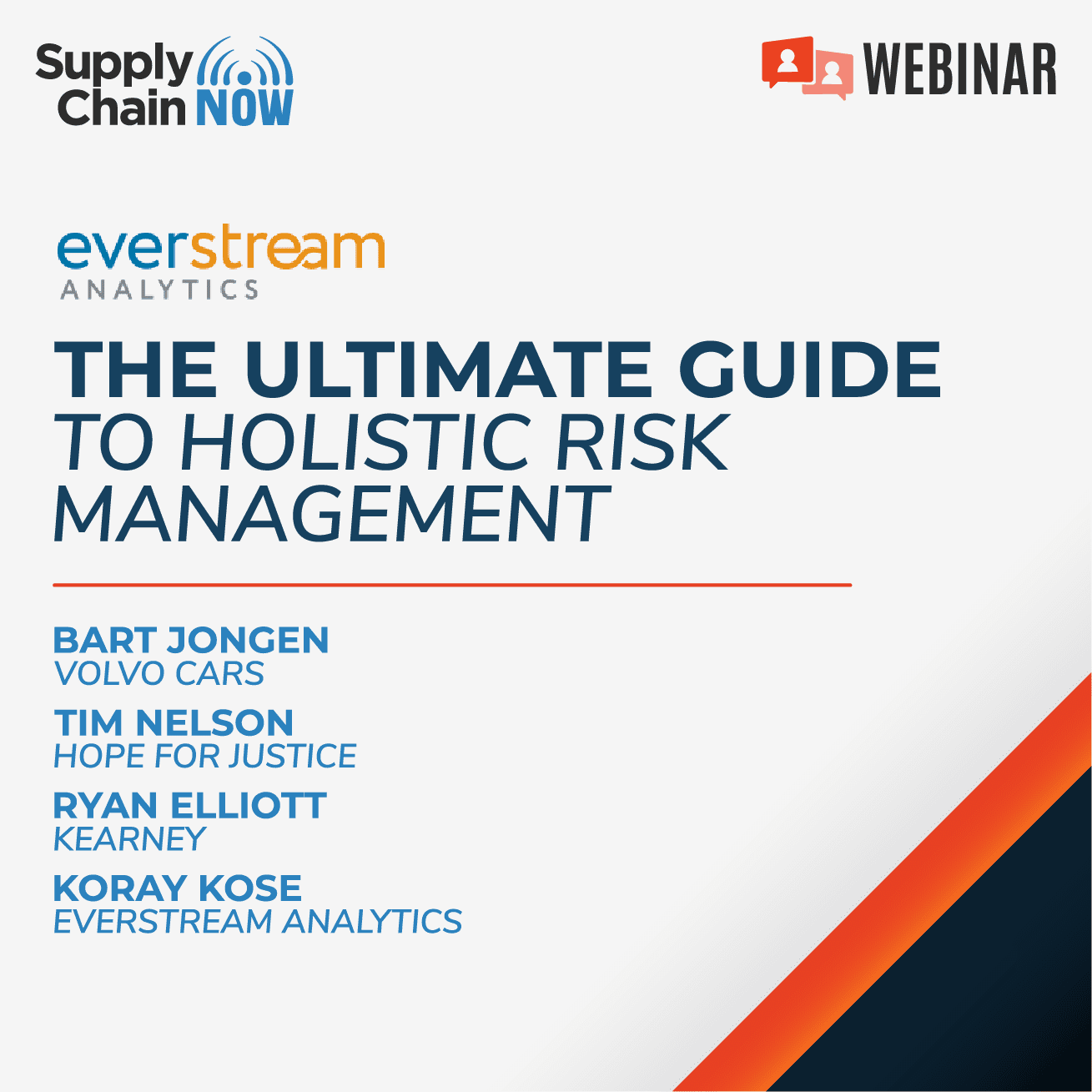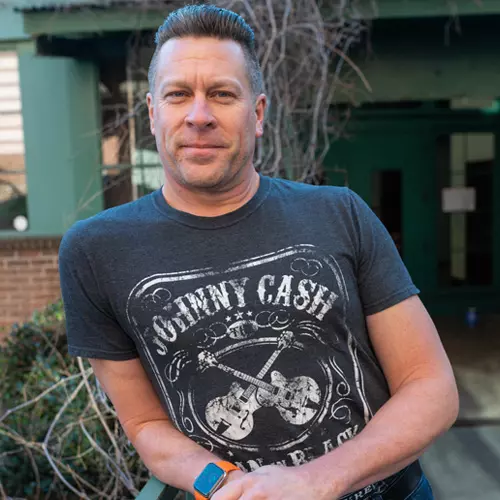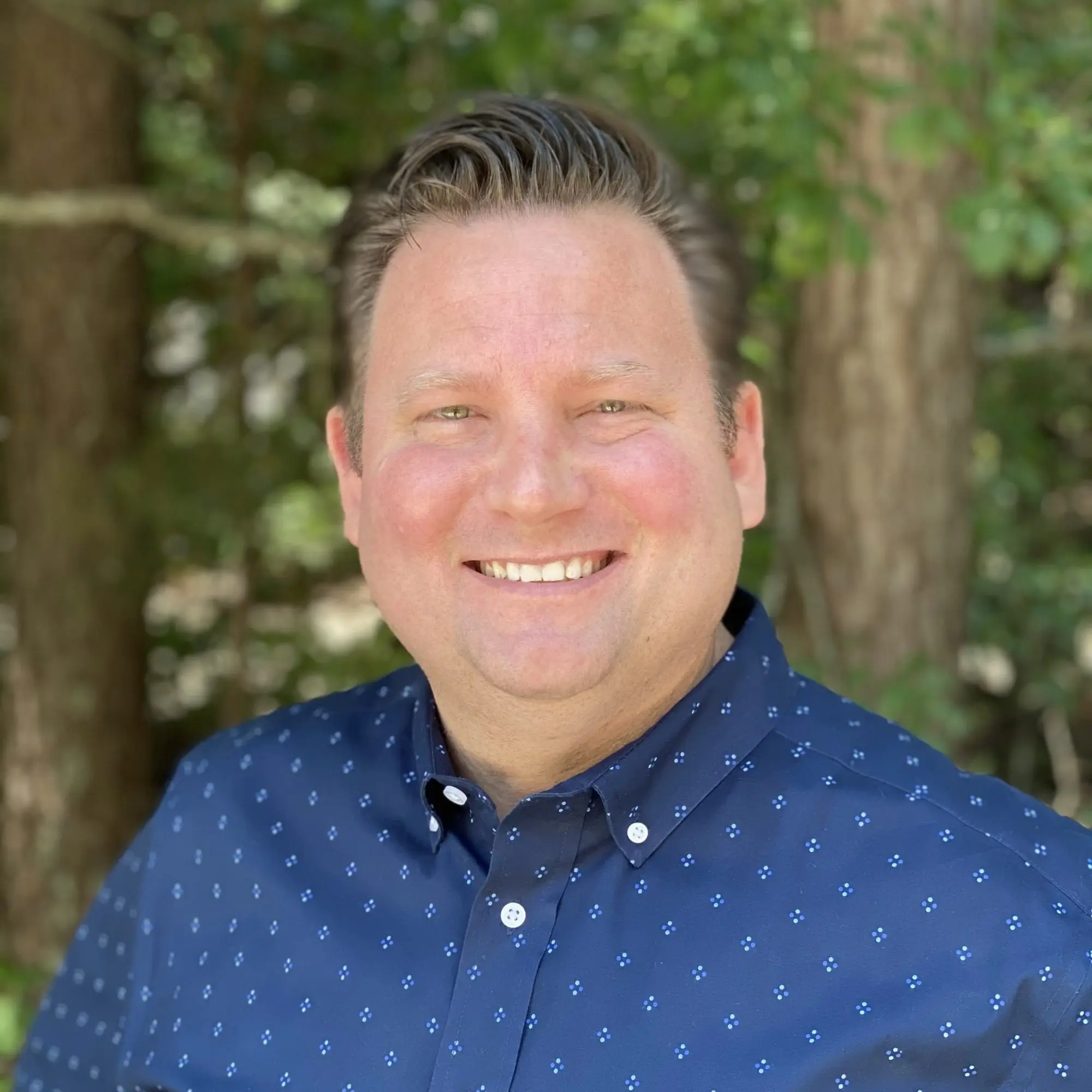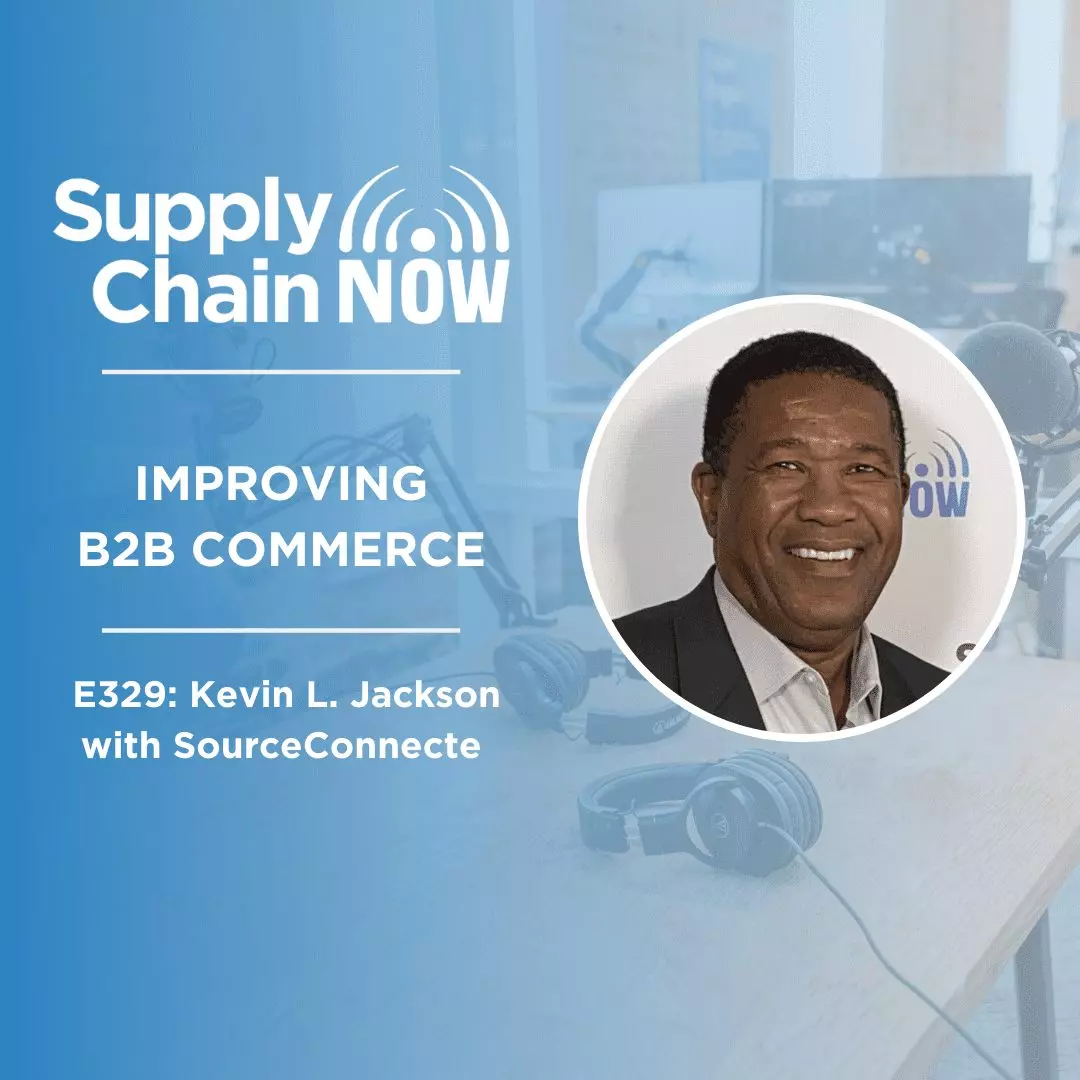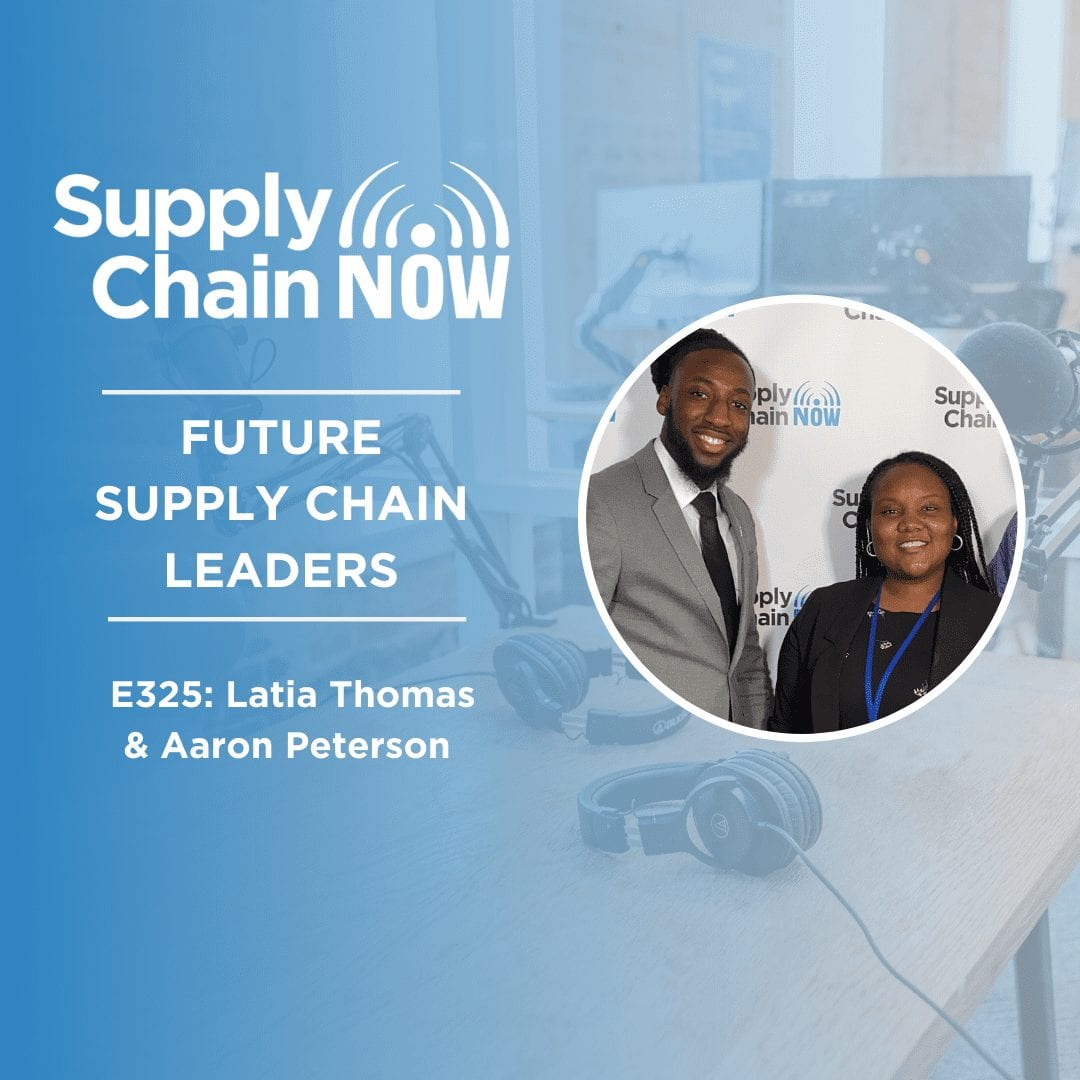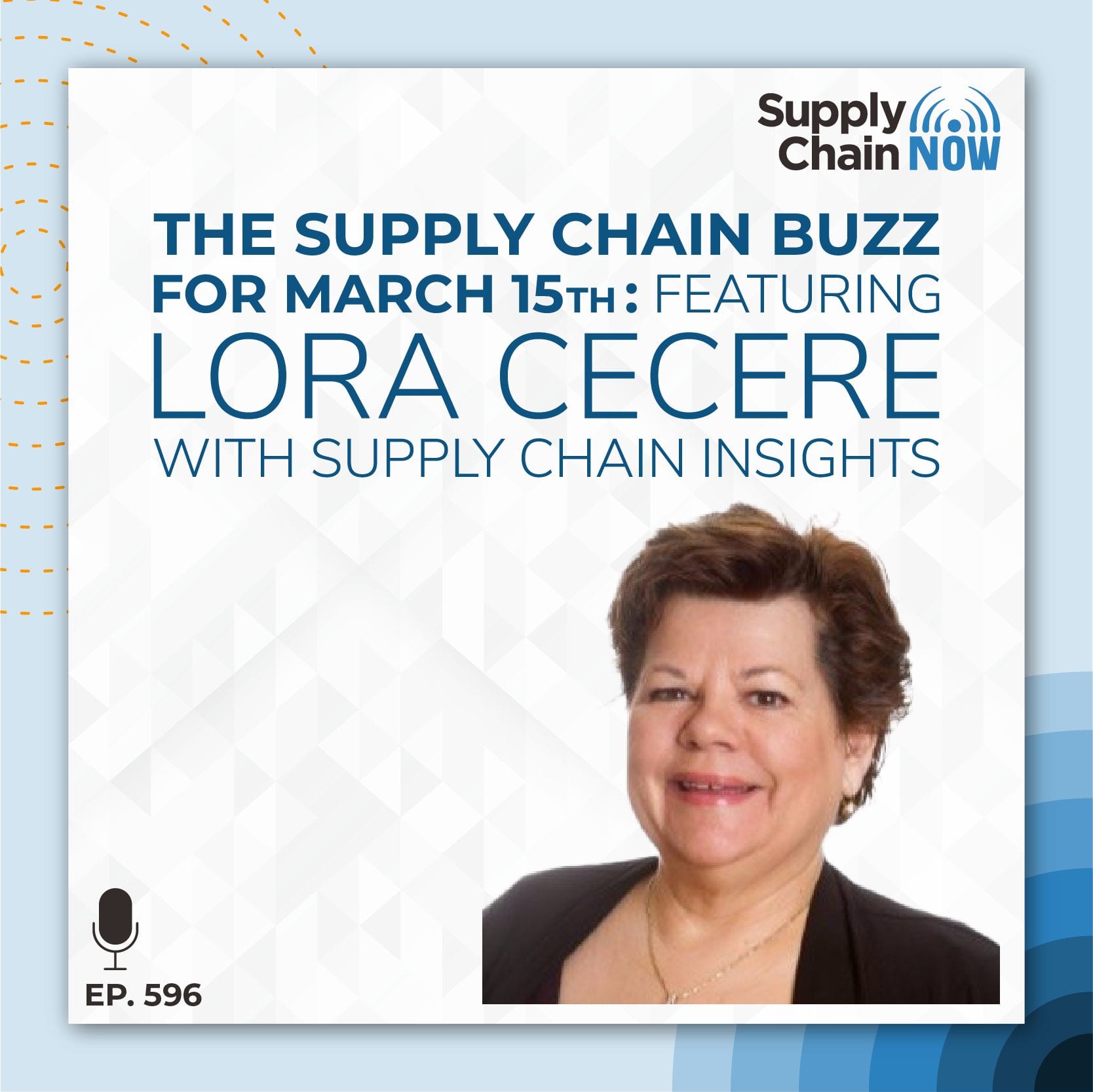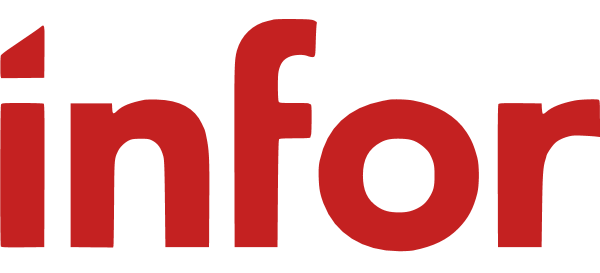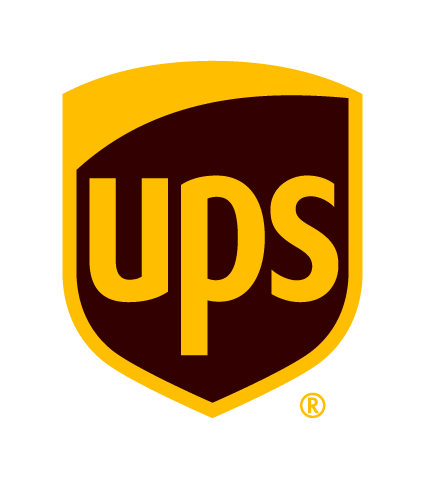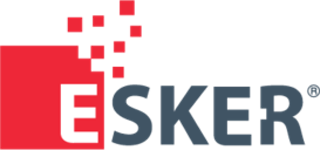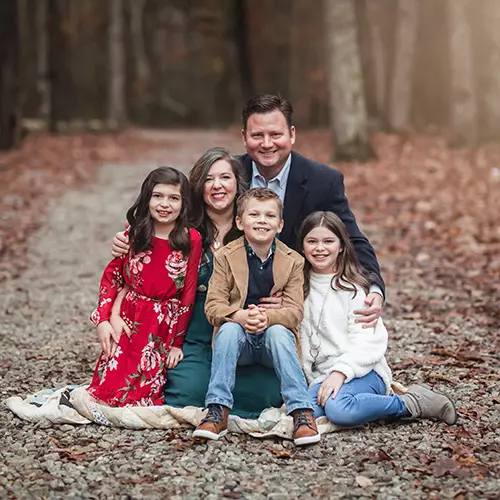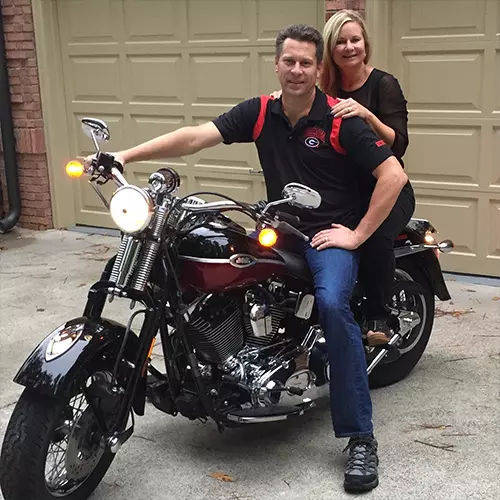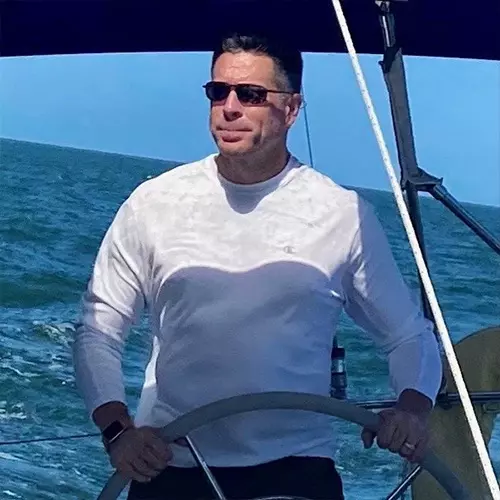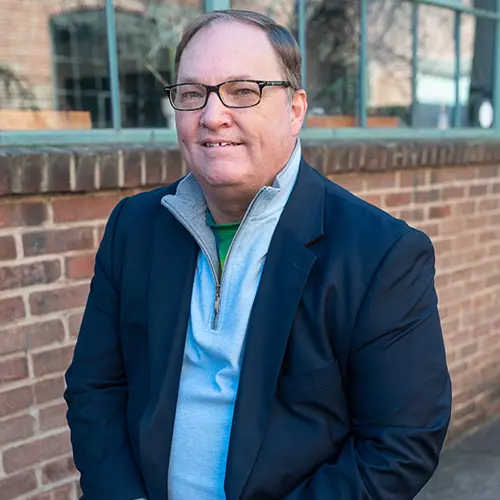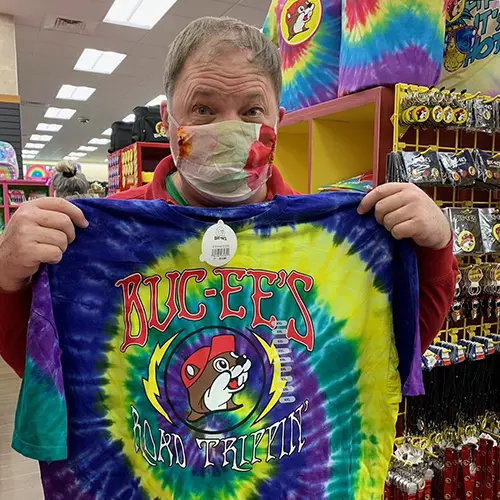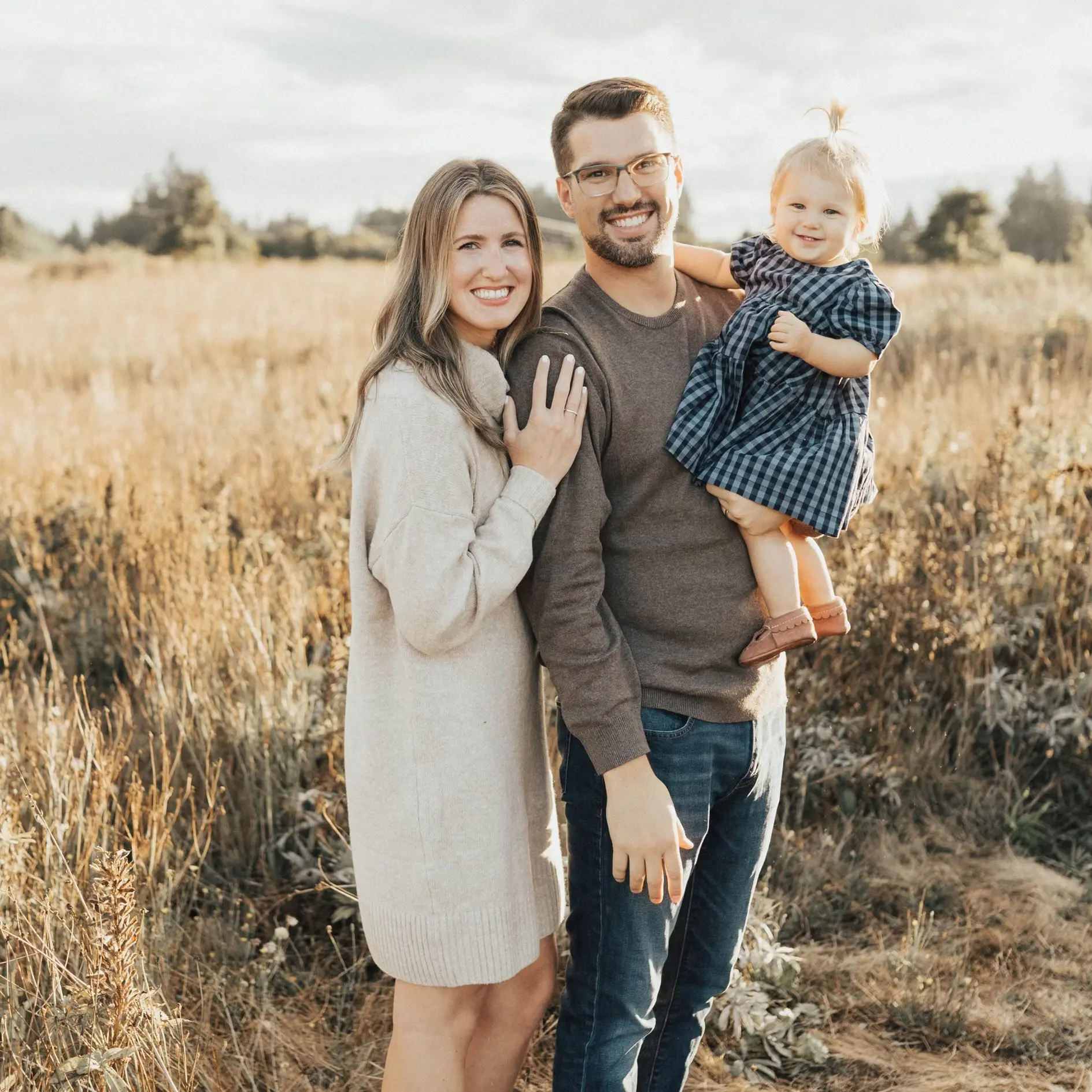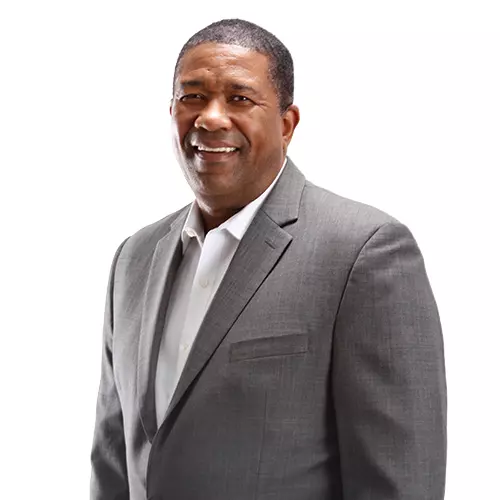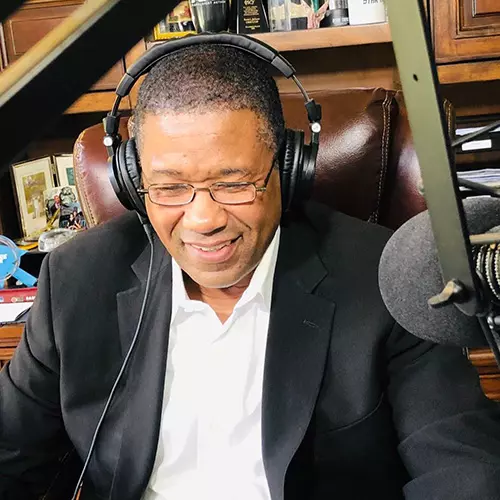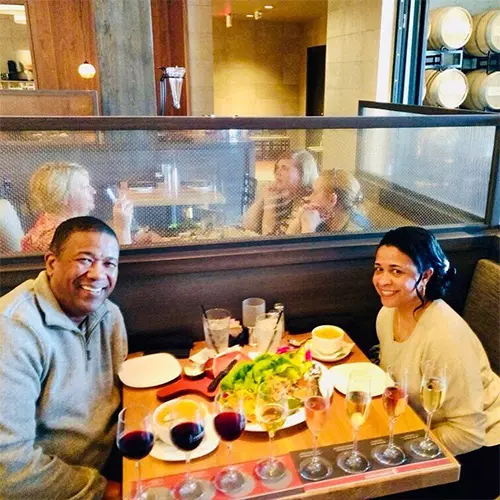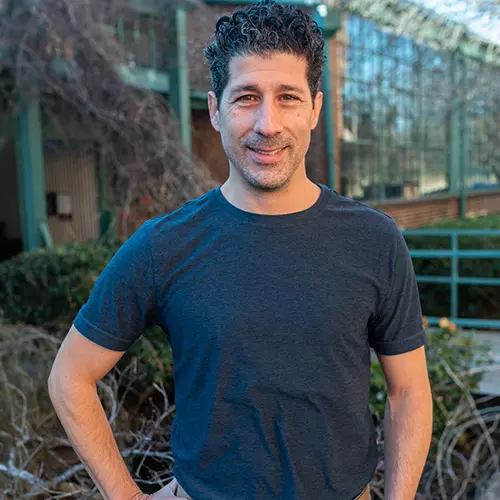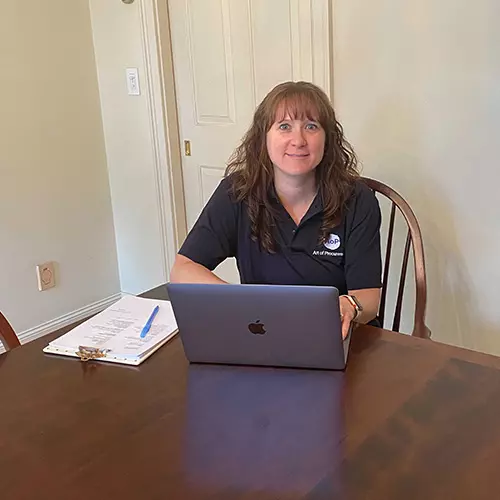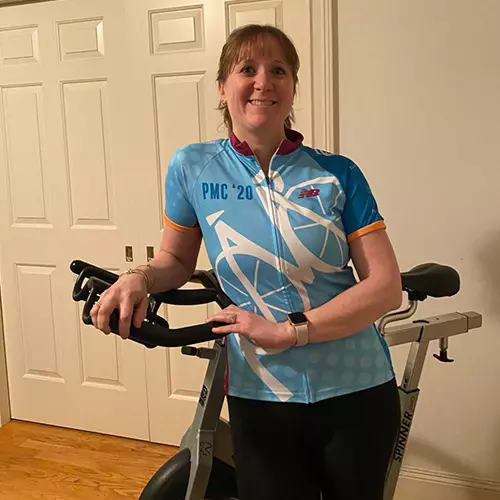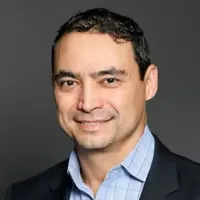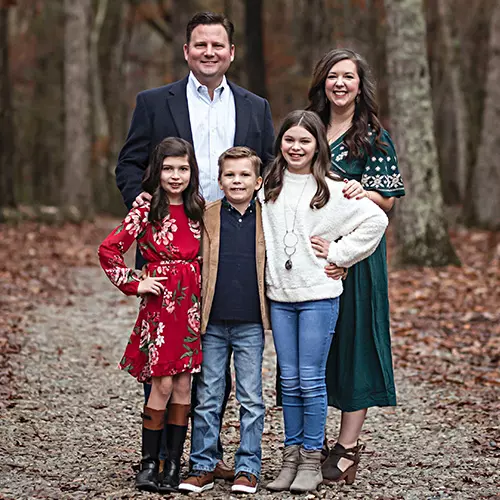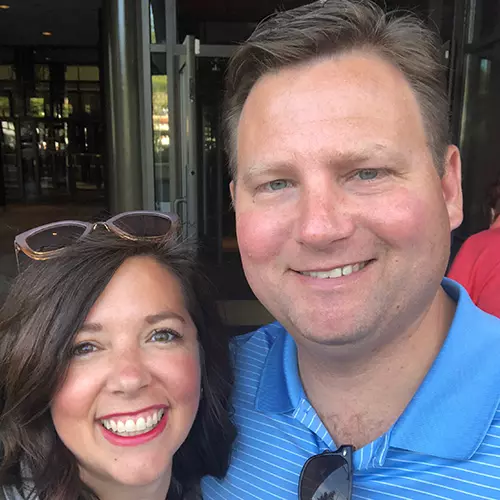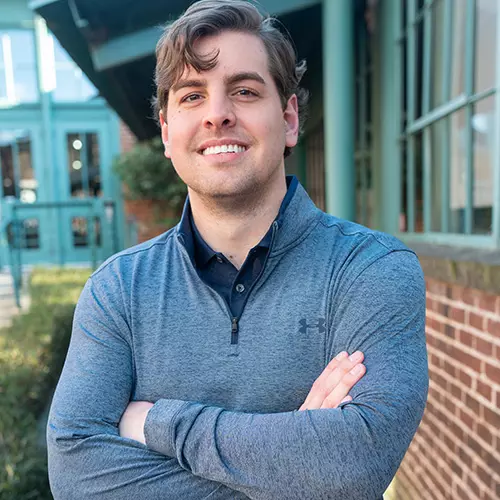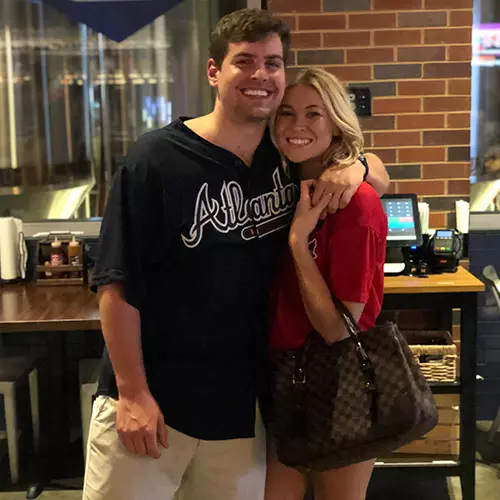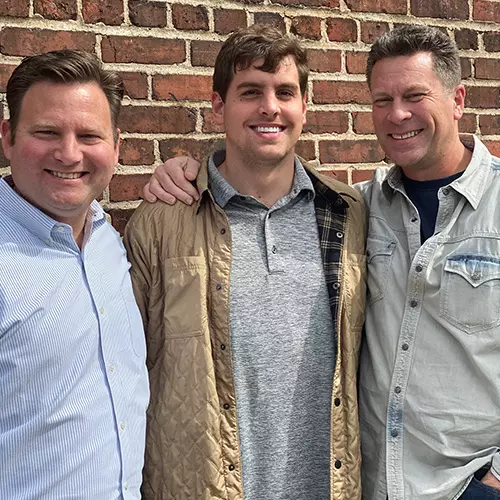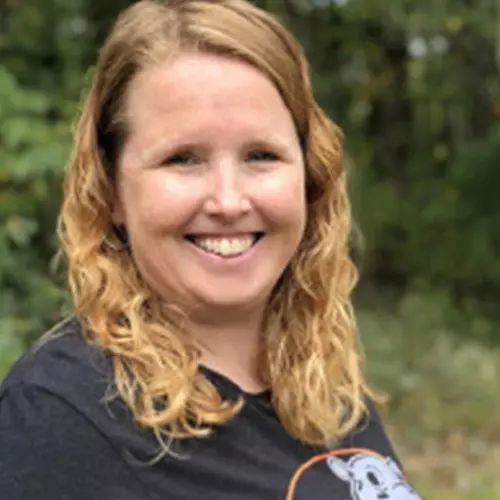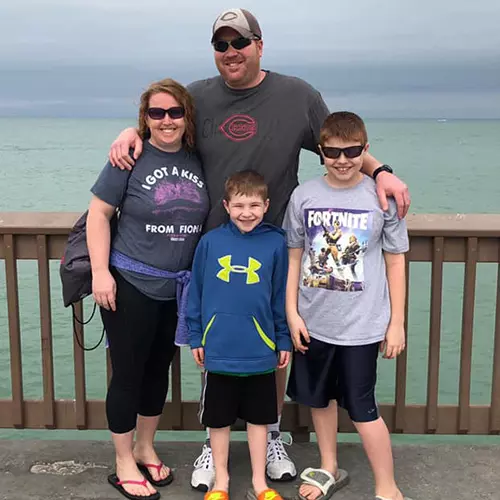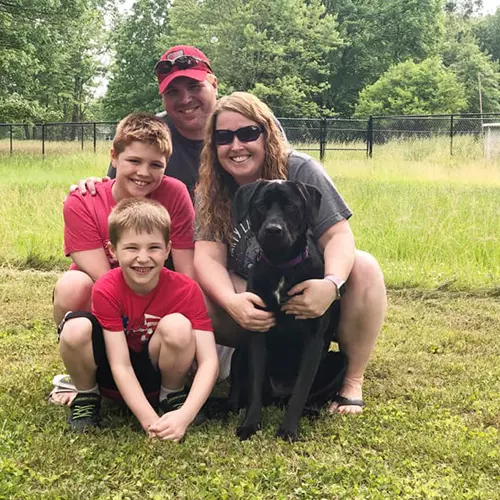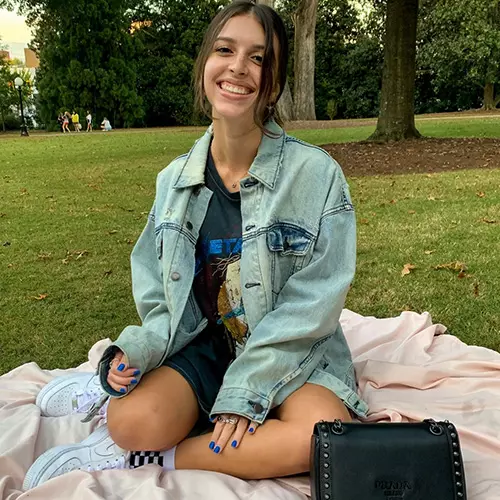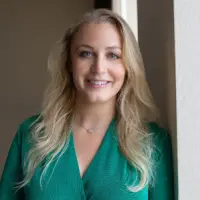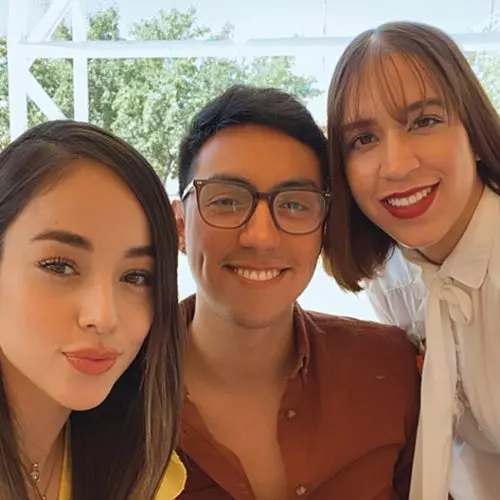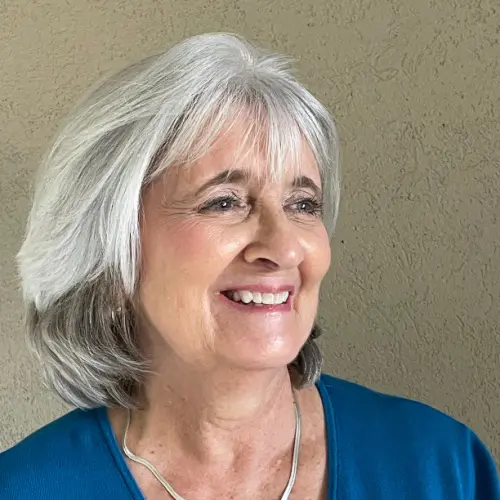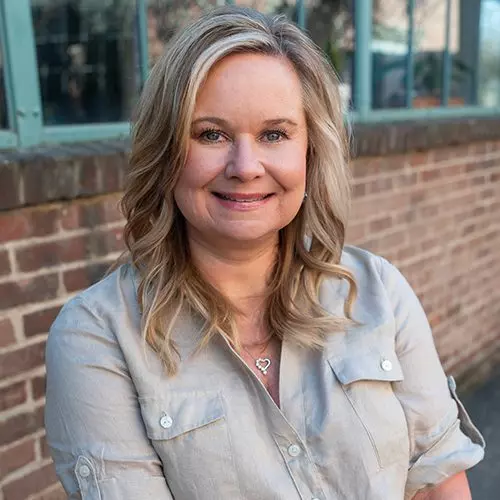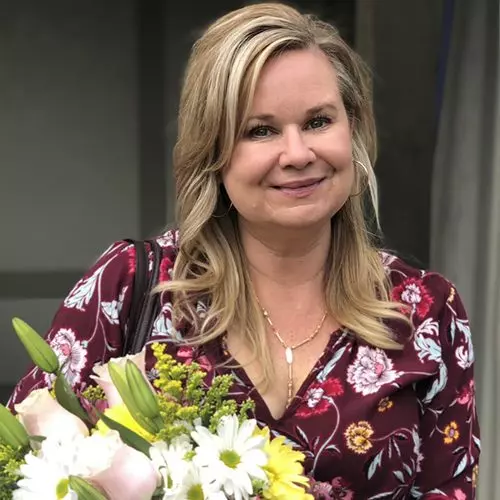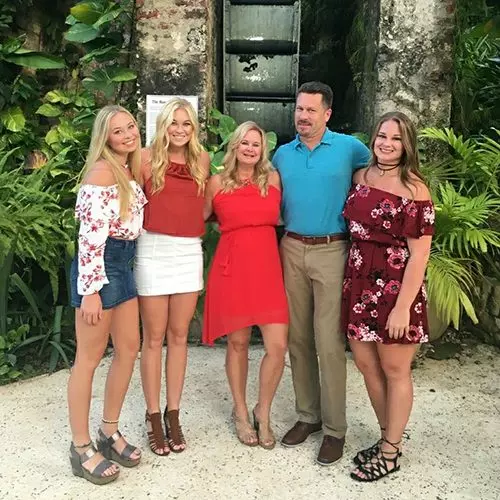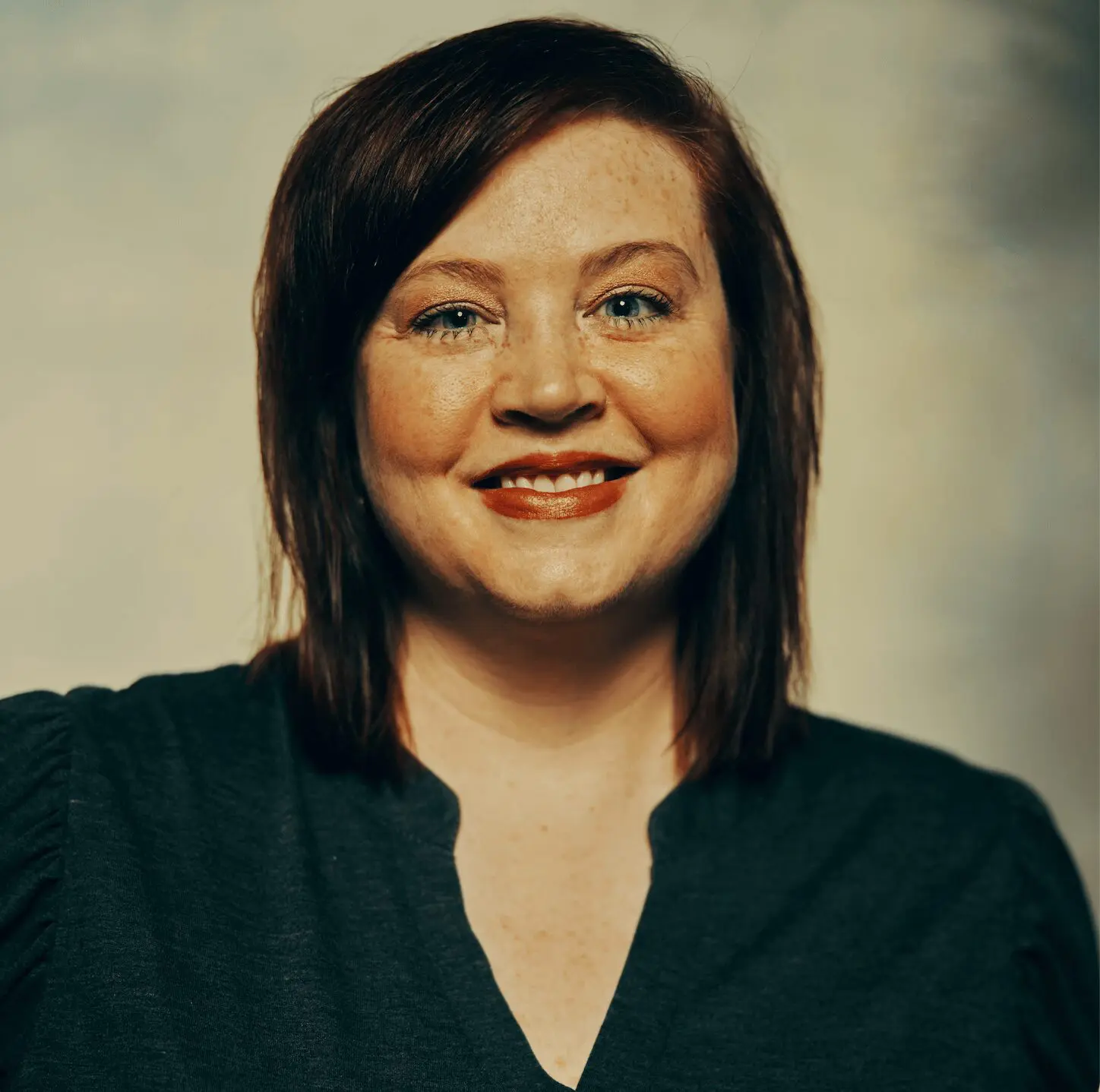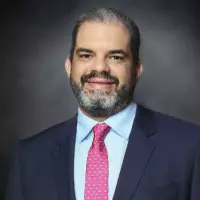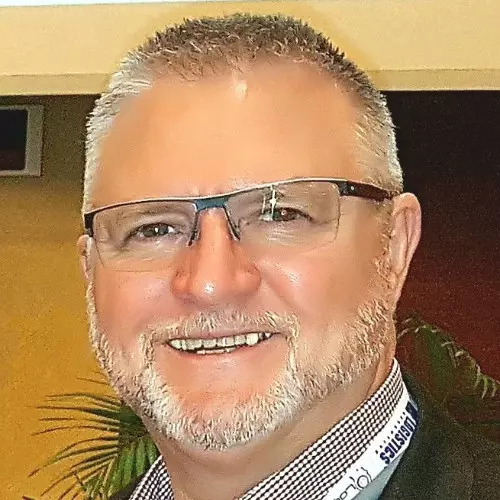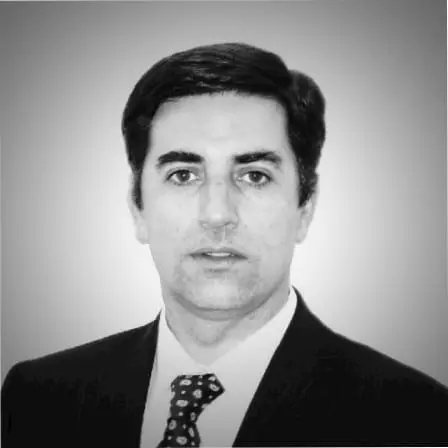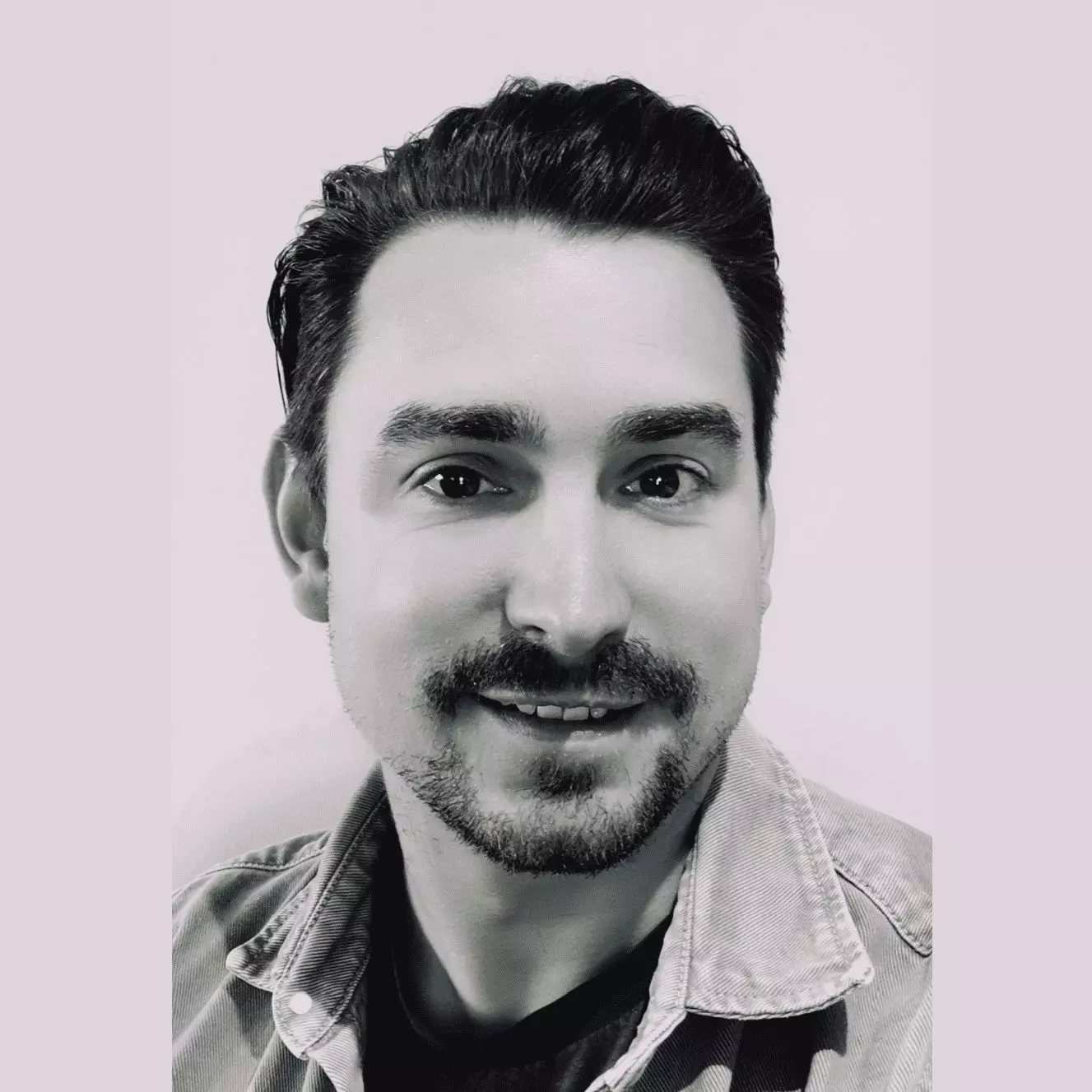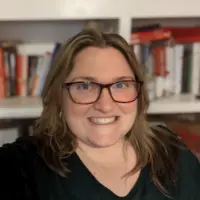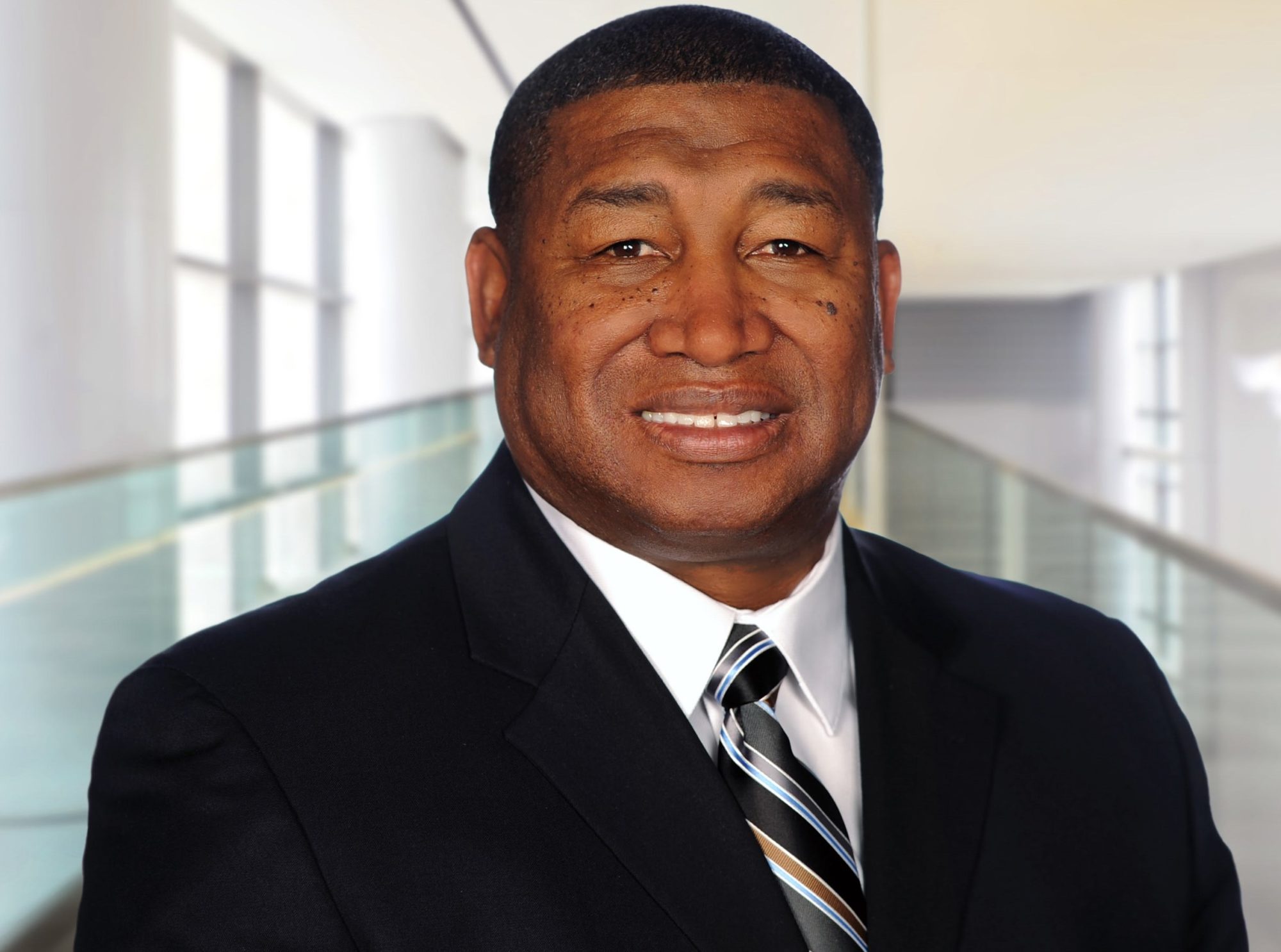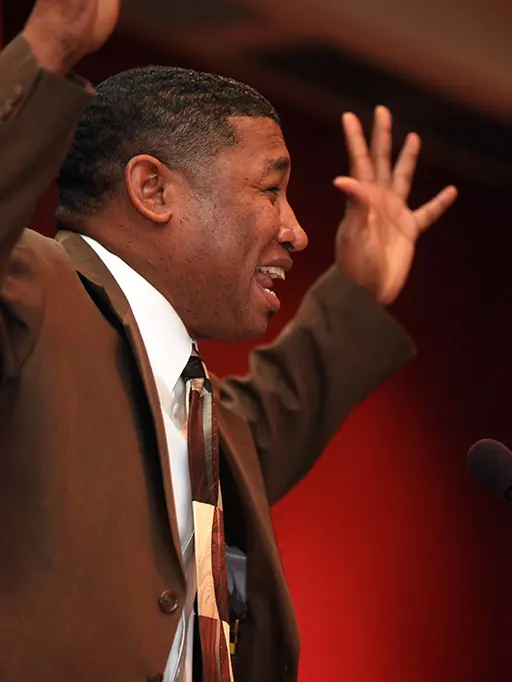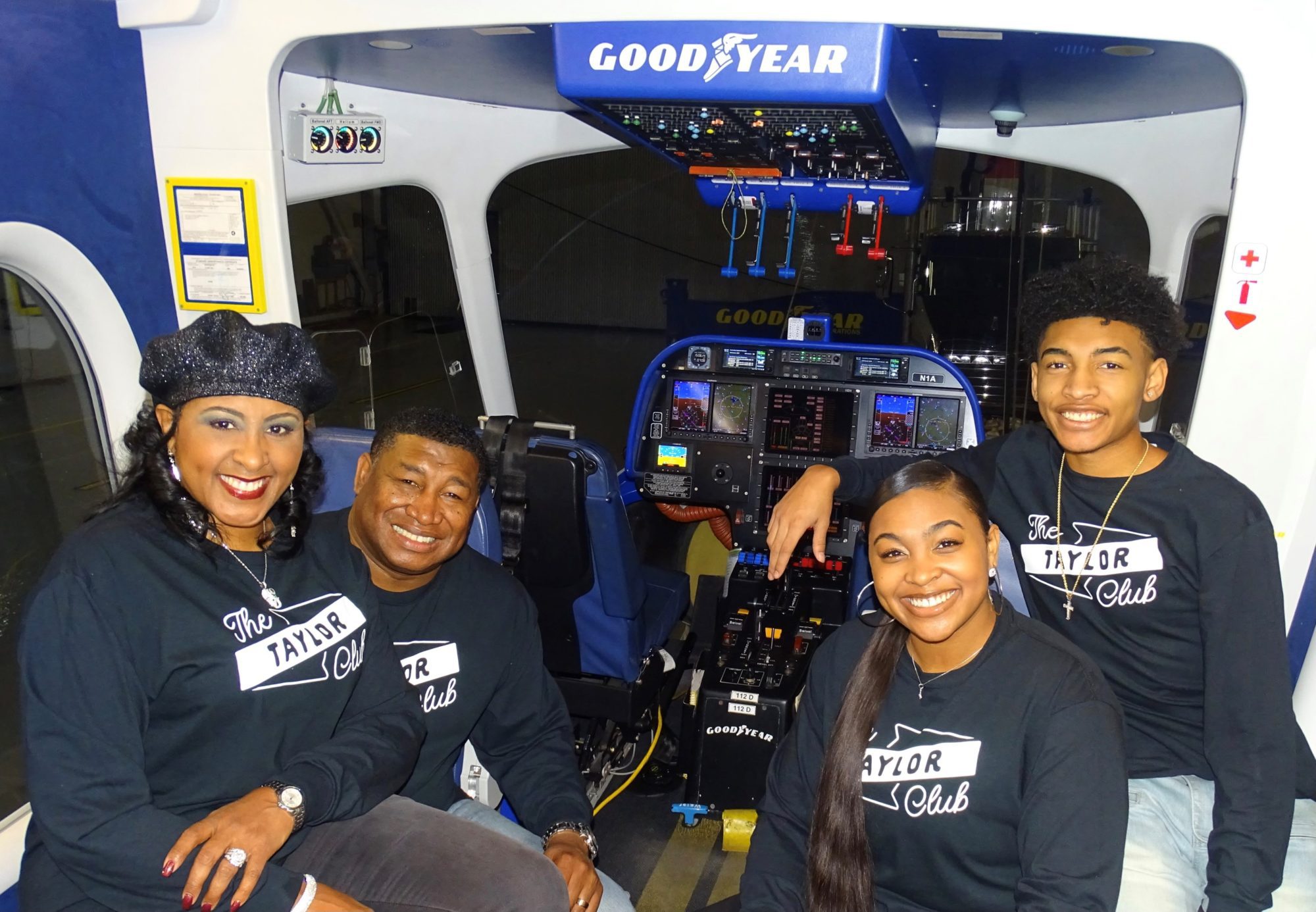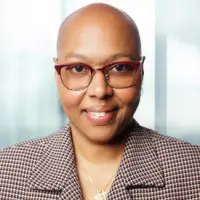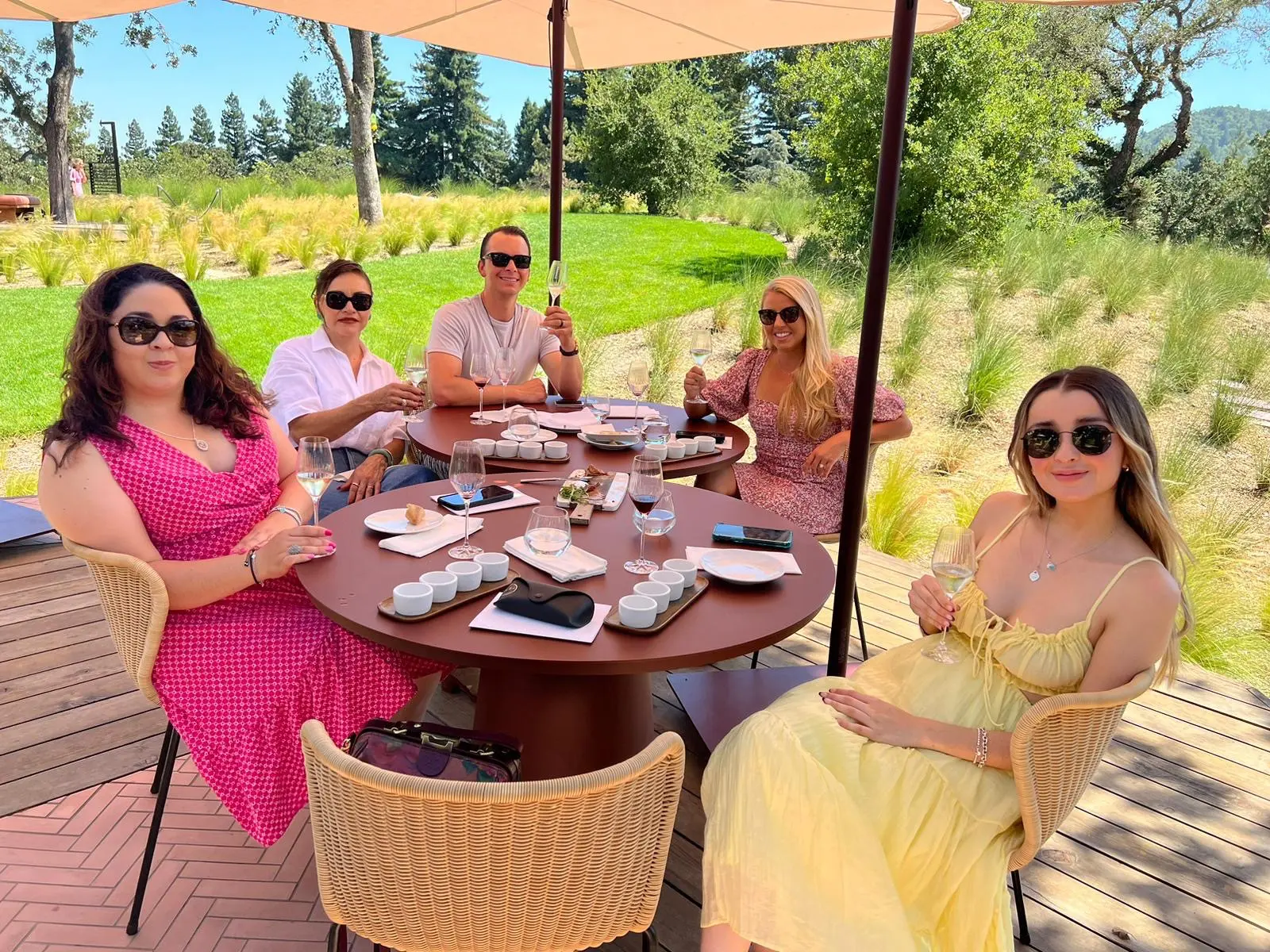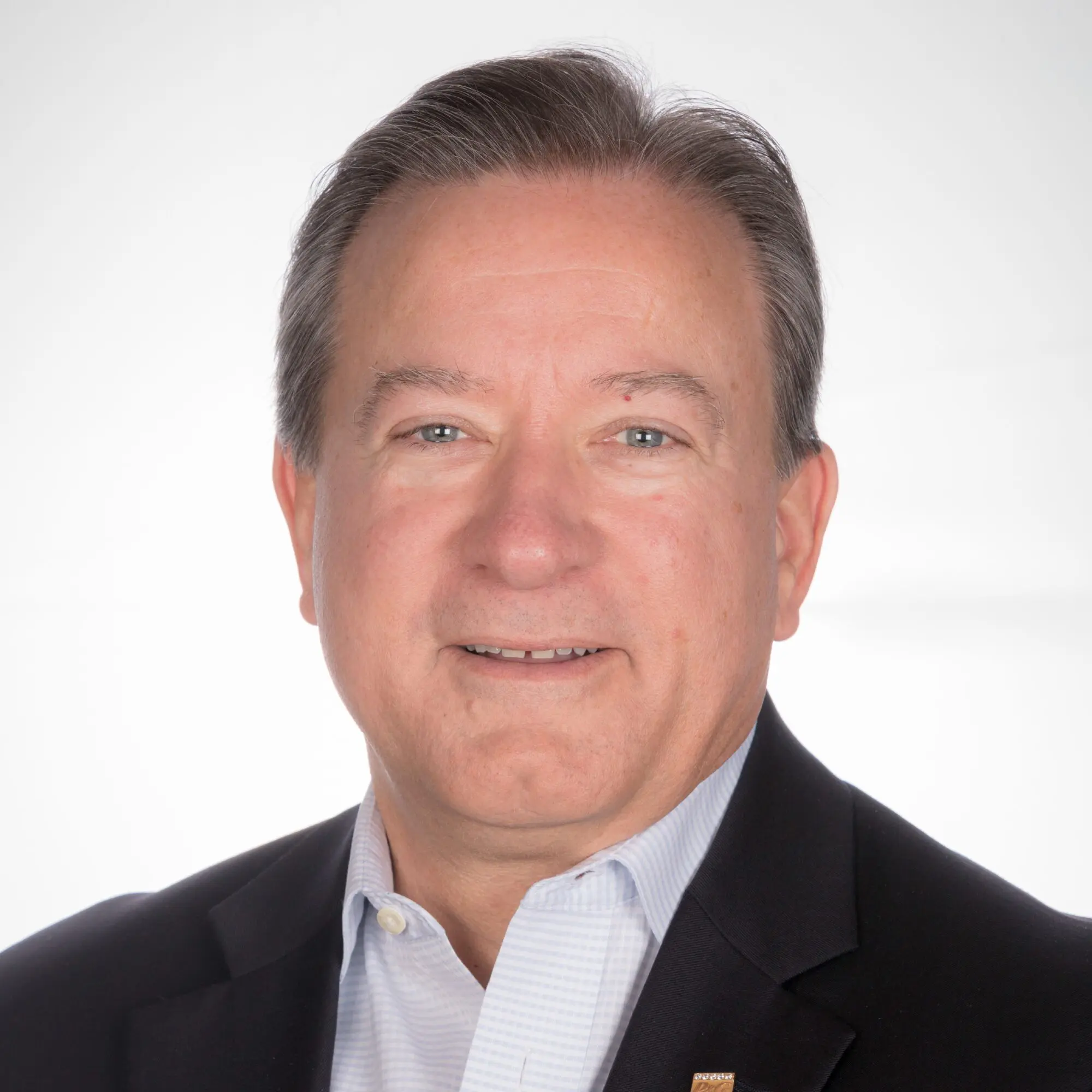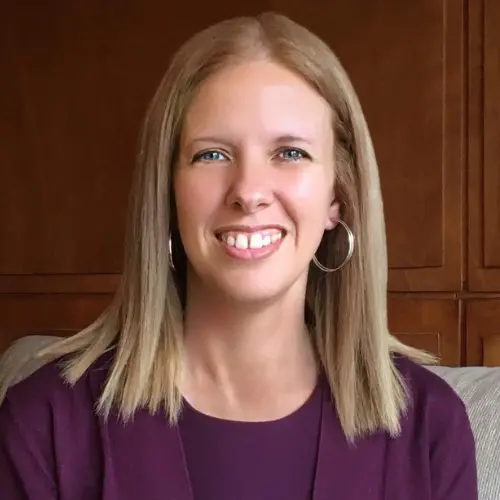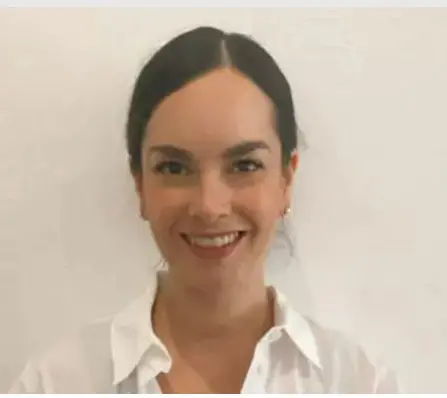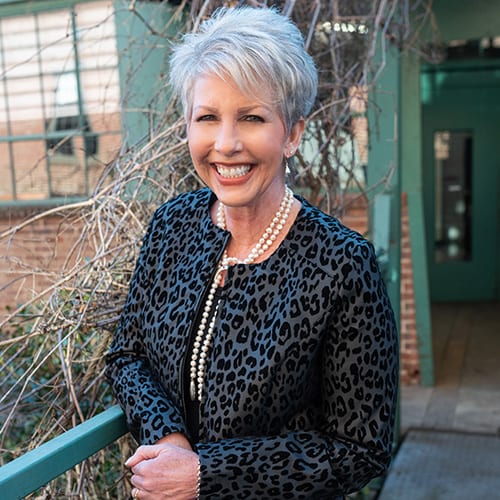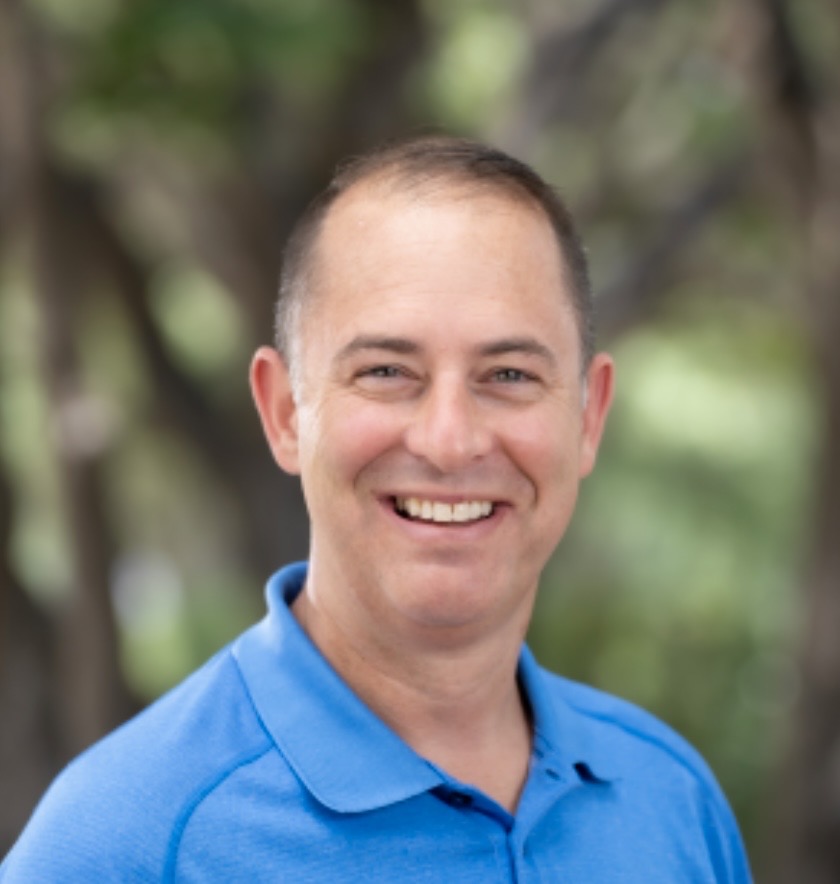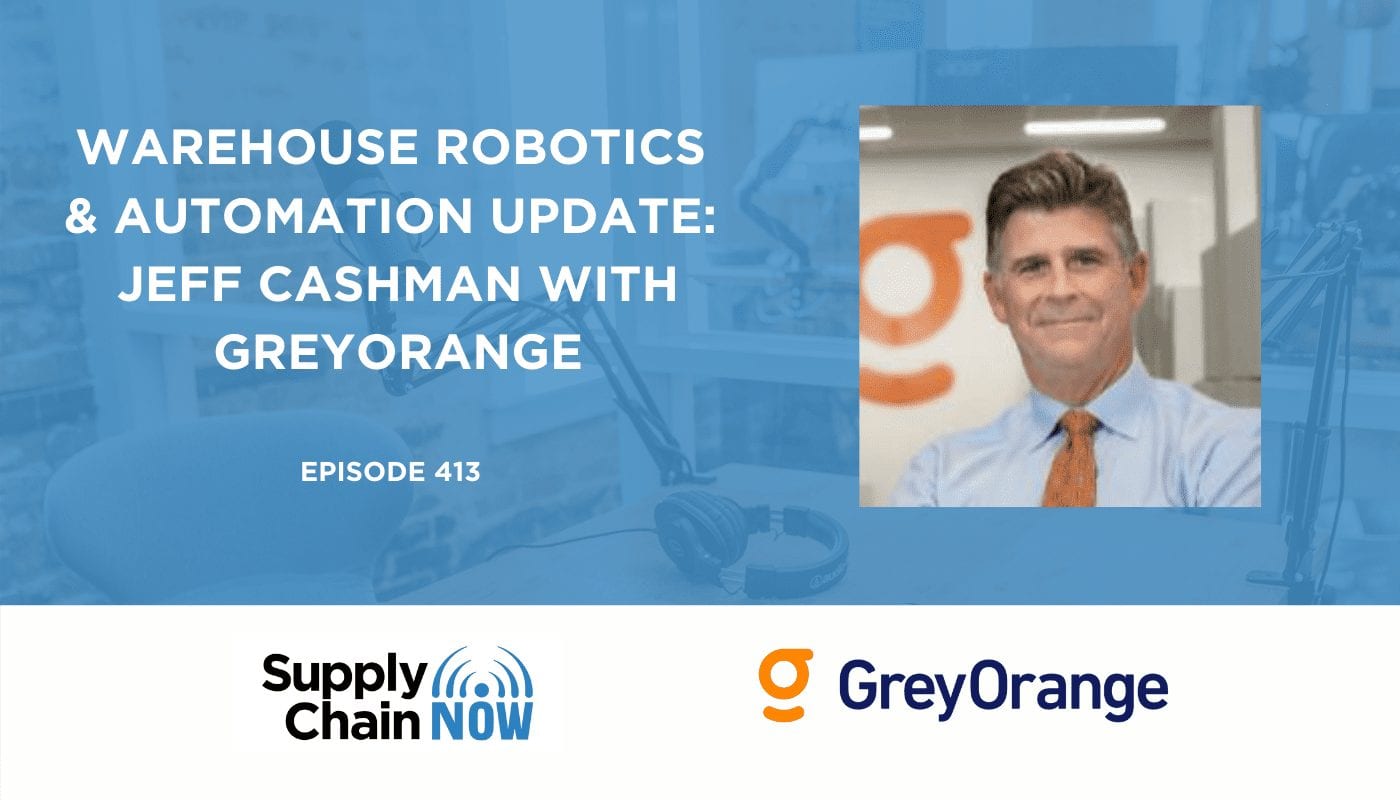
Episode Summary
“That’s a challenge for the industry: how are we going to make this frictionless? How are we going to fundamentally enable these Chief Supply Chain officers to move more quickly?”
Jeff Cashman, SVP and Chief Operations Officer at GreyOrange
As the whole world pivots from in person to virtual living and working, and bricks and mortar to all eCommerce all the time, businesses are having to redirect their operating models and strategies – changing on a dime in response to shifting demand and logistical constraints.
We were seeing significant levels of interest in business automation, even before the pandemic struck, ranging from physical robots to software ‘robots’ to AI and machine learning. Companies that were once curious or planning exploratory committees are now aggressively looking to bring in these new technologies and capabilities in order to survive.
GreyOrange combines physical robots with AI to swiftly improve fulfillment. They have seen significant changes, not just among their own team members, but in the many retailers trying to adjust to a greater emphasis on their eCommerce channels.
In this conversation, Jeff provides Supply Chain Now Co-hosts Greg White and Scott Luton with an update on warehouse and automation:
· What is more critical to an operation, the robot or the software that directs it?
· The critical ‘hurdle’ that often exists between execution and planning and how companies can get around it
· The challenge that will be created for logistics and warehousing providers if predictions of people leaving urban areas in favor of the suburbs come to pass
Episode Transcript
Intro – Amanda Luton (00:00:05):
It’s time for supply chain. Now broadcasting live from the supply chain capital of the country, Atlanta, Georgia heard around the world, supply chain. Now spotlights the best in all things, supply chain, the people, the technologies, the best practices and the critical issues of the day. And now here are your hosts.
Scott Luton (00:00:29):
Yeah. And just like that. Good afternoon, Scott Luton, Greg white with you here on supply chain. Now welcome to today’s live stream, Greg, how are you doing? I’m doing great. Thank you. How are you Scott? Doing good. Uh, summer has set in here in Metro Atlanta area. Yeah, the heat is back. Uh, and who knows? Maybe that’s a good thing. Maybe they’ll kill off some, some of these things that we’re dealing with, but regardless really excited about today’s conversation. We’ve got not just a leading expert, uh, and mover and shaker in the world of warehousing fulfillment and automation, robotics. But as we love, he’s a repeat guest, right? Yeah. And robotics and repeat guests. Right. I don’t know. I’m just fascinated by robotics right now. And the changes that it’s, you know, it’s making and allowing and the gap that it’s filling. Right. Because of physical distancing and things like that.
Scott Luton (00:01:26):
So yeah. Let’s get him on here. Well, it is a hot hot sector for sure. Um, but looking forward to having, uh, Jeff Cashman with great orange with us here momentarily for we bring him on real quick, quick programming note. Yes. Um, so if you enjoyed the live stream, be sure to check out the podcast wherever you get your podcasts from. Um, today we, we, um, shared the latest episode, the supplyIntrchain buzz that w that was Monday that featured David Schilling for chairman of recipients three 60. You don’t want to miss that another great conversation, resilience and agility. If you don’t know the difference, watch this episode because you will learn that’s right. And you can get that, uh, wherever you get your podcasts from be sure to subscribe. So you don’t miss a single thing. Okay. A real quick, we’ve got folks already tuned in Sylvia and Benjamin a cigar and Stephan good afternoon, each of you and you’re in for a treat. So, uh, clay with no further ado, let’s bring in mr. Jeff Cashman with gray orange.
Scott Luton (00:02:30):
Hey Jeff. Good afternoon. How you doing? Hey Scott. Hey Greg, how are you? Hey, good, good. Don’t you love that? Swoosh, Jeff. I just love that. So it makes you feel so welcome. Surprise. Yeah. Thanks for joining us. Glad to be here. Thanks for having me guys. You bet now, uh, for folks that may have missed, uh, the, your last appearance with us, uh, and I think you’re building all your appearances, a supply chain. Now think this is your fourth, if I’m keeping count. Wow. So, uh, most folks will know that you serve as a senior VP and chief operating officer with a gray orange when the leading automation firms in industry, but let’s for folks let’s assume maybe they missed those podcasts, or maybe they’ve had their head in the hole, like I’ve been accused of from time to time. Let’s get an a, you’ll have a better. Jeff, tell us about your background and, and we’ll talk about gray orange here momentarily.
Jeff Cashman (00:03:21):
Yeah, really good. Thanks again, guys, for having me. So, uh, been, uh, in around supply chain, uh, technologies for, uh, 20 plus years. And, uh, and, um, um, specifically with the, from a consulting perspective and some very large enterprise software providers, you know, and, and always in and around retail and big brains. So you get a lot of transformation over the years and, uh, I’ve seen it on a global basis, started in Chicago from Tokyo to Atlanta. Uh, so I’ve seen, I’ve seen, uh, a good part of kind of the world and, and, uh, what, um, supply chain technologies and the evolution of that technology is, and specifically in a warehousing distribution and fulfillment. So that’s a, that’s my, that’s my background, but in Atlanta since 1994, and like you said, it’s hot.
Speaker 4 (00:04:09):
Yeah, it is. And, and this is
Scott Luton (00:04:11):
The sector is incredibly hot, you know, uh, gray, orange, uh, again, one of the industry leaders they’ve been working with a ton of warehouses and distribution centers and fulfillment centers to try to keep up with the historic level of demand we’re seeing. All right, Greg. Yeah. Um, so beyond all that, though, what else, uh, you know, for folks that may not have caught the last episode, what else really stands out about their gray orange organization from where you sit?
Jeff Cashman (00:04:36):
Yeah, a couple of things, you know, I think what we’re doing in this innovation front, this, this real time optimization, you know, very, very intelligent software integrated to the robots is very different, right. Um, versus a robot hanging off of some software, this is integrated software learns from the robot robot, learns from the software. And as that learning continues to evolve, they get smarter. The, the, the, the operation gets smarter. So, you know what I, I think about that. And then the application towards we’re very focused on retail, retail, and big brands. And that’s where, uh, this, uh, this massive transformation that has been kind of sneaking up on us. We’re in the middle of it right now, and it’s full it’s full on. So that’s where gray orange has been very, very effective. And we’re doing this at scale a lot. We don’t put pilots.
Jeff Cashman (00:05:26):
These are operations that are, that are mission critical for our customers. So that’s what we’ve been doing. We’ve been in the States here, uh, just a little over two years, and we’ve got a great, uh, strategic, uh, systems, great systems, integration partner with XPO. Uh, and we do have a global operation not understand that, um, we’re, we’re in the United States. Uh, this is our headquarters. We’re also in AMEA. Uh, we’re also in Japan and, uh, and a large operation in India. So, uh, we are a global operation and, uh, everywhere in the world, kind of hitting back to your point, this, this pandemic has impacted everybody. Yes,
Scott Luton (00:06:06):
You’re, you’re foreshadowing our first official question with him before he asked that Greg let’s recognize a few folks that are tuned in, um,
Jeff Cashman (00:06:16):
You are recognized
Scott Luton (00:06:18):
Jerry Quinn tuned in from Birmingham, Alabama, Jerry hope. This finds you well, our own clay Phillips at the beach, when he’s not fishing, he’s helping us quarterback, uh, today’s livestream and Brian stains from Rochester, New York, Brian, hope this finds you well. And one more here. The one only Chris Barnes of supply chain is boring. Who also was the first individual here to interview Jeff Cashman
Jeff Cashman (00:06:46):
Probably
Scott Luton (00:06:47):
Forever ago. It feels, but Chris hope, hope this finds you well. Alright. So you talked about the global pandemic. That is certainly been the backdrop for all things, all things civilization for months now. So let’s break out the crystal ball because, you know, if it’s, let’s say it’s 20, 25 and folks are looking back and, and they’re talking about, you know, Hey, I wish I wish there was one thing I could have better prepared for, uh, in 2020, uh, given the global pandemic, what, what would that answer be? Especially, you know, from a, um, uh, an automation, robotics and supply chain leadership standpoint.
Jeff Cashman (00:07:25):
Yeah. You know, that’s a, it’s a, it’s a, it’s an interesting question. 25, 20, 25, looking back on a, on a pandemic. We haven’t seen an ever and, and the impact that it’s having a first and foremost, just the massive learn, learning that I think our customers are going through right now. And that’s the ability for this idea of being agile, flexible, the ability to move being versus being stuck in channels. So we kind of use the concept of the ability to flex and then flip flex. What I mean is we’re, we’re our, our current customers are seeing their businesses running at peak volumes now. Right. So think about Turkey five, basically black Friday, cyber Monday, and now we’ve been running at our customers. I’ve been running at peak for the last three months. Right. So, so that’s the flax, I’ve got to be able to scale up and be able to address uh what’s uh, what’s uh, what’s in front of, uh, uh, our ability to serve right now.
Jeff Cashman (00:08:25):
And then the ability to flip that, what I mean by that is moved from channels, uh, not necessarily locked into the retail channel. I got to unlock that retail inventory and make it available to e-commerce. How do I unlock it? How do I flip it in, in, in that quick version? Oh my gosh, I’ve got this rigid automation drilled to the floor and we live with it. And, and that’s where I think a lot of the, the, um, uh, if I’m sitting in 2025, they’re sitting in 2025, I need to build into my distribution network, that ability to flex and flip very, very quickly based on the dynamics of my customer, because the day that customer is truly driving this massive transformation. Yep.
Scott Luton (00:09:12):
Hey, flex and flip is a message that we could
Jeff Cashman (00:09:15):
Exactly what I thought. I thought that’s, that’s re that is really concise. And I, I think it drives the point home nicely. Yep.
Scott Luton (00:09:22):
Greg, before you dive in here, uh, memory, uh, good Mo good afternoon. Great to have you here tuned in, uh, memories to an end from Johannesburg, uh, Patrick Kelly, the produce guy podcast, uh, good stuff there, Patrick. Great to have you and Daniella, uh, greetings to you. Thanks for joining us on LinkedIn. And one more SIADH SIADH is based in Pakistan. Uh, he’s doing some really neat programming, uh, Greg, you and I look forward to being
Jeff Cashman (00:09:48):
With him in, in August refrain. Right. We’re going to be on a show with him, right. That’s right.
Scott Luton (00:09:54):
August 14th. Uh, so back to flex and flip Greg, I know that that’s
Jeff Cashman (00:09:59):
Well, I mean, you know, you’re addressing that. The next question I have, you know, we’ve said this so many times, pivot necessity is the mother of invention, all of these things that have been forced on us because, because of these challenging times, so what I’d like to understand is, is what are you seeing in terms of fulfillment and supply chain? I know we’re seeing a lot, but I’d like to understand from your perspective, what you all are seeing and how the companies you’re engaging with are responding. Yeah. So a couple, a couple of, a couple of different things. One is kind of, okay, what’s happening within my network and what can I do within my network, my current kind of infrastructure from a DC fulfillment center, even forward fulfillment centers, what can I do with that, that infrastructure to allow them to be more nimble, right?
Jeff Cashman (00:10:51):
It doesn’t have to be a big piece of automation replacement. Um, what can we do to be more nimble? So we’re seeing a lot of our customers and our prospects talking about, okay, what can I do with what I have therefore leveraging my current asset base, right? The second piece kind of, you know, kind of the next step of that is what am I doing about micro fulfillment? This is a bit, we chat a little bit about that in our last conversation, but it’s, it’s, it’s the real thing. And so the flection flip piece, because I may have been rigid and automation, I’m going to just go find different ways to deliver within marketing. So that micro fulfillment, what am I going to do with opening up, leveraging the retail footprint that I have, whether that’s the entire retail footprint, like the dark store, or whether that’s going to be just the storage room and making that now, um, agile and flexible, uh, we’re seeing, uh, many of our customers or prospects talking about what can we do with what I have at the DC level, but then also in market for micro fulfillment strategies that they’re now in the process of deploying.
Jeff Cashman (00:11:57):
And here’s the reality of it. And that is that we’re currently running at Pete, what is this next peak going to look like? Is it going to be flat line from where we are, or are we going to see, uh, are we going to see it increasing? And the answer is there’s going to be an increase. Uh, and, and, and the belief is it’s going to have a similar, if not more, uh, order of magnitude than in the past. So what are we going to do to meet that demand? Because the expectations aren’t going down from, uh, from you and I as consumers.
Greg White (00:12:29):
Yeah. And I think part of the answer is we don’t know because consumers don’t know. Right. And that’s why the flexibility that you’re talking about is so important. Right? Right. We have physical distancing constraints. We have the concerns about people, whether they can or will show up for work. I think we’re somewhat past that, but you never know. Right. As you said earlier, it’s kind of, there’s, we’re kind of operating with a foot on the brake and one on the gas. Right. Right.
Jeff Cashman (00:12:59):
And the people are just literally coming off of steering committee calls with our customers and there’s no shelves. I mean, they have the no shows right now. And so they have full time recruiters out in market trying to fill shifts. And it’s just been very, very difficult for now. So what about four months from now? Yeah.
Greg White (00:13:20):
Well, so let’s talk about that a little bit. I think, look, I think we understand that robotics help with micro fulfillment, meaning from the, the stores or forward positions where you’re very, very close to the consumer. And I think that’s an advantage by the way for traditional retailers, because there’s a service center really close to the, to the consumer and the consumer can choose whether they want to go in store, pick up curbside, re have a, they have a place to return it. Um, you know, I think there’s a really nice dynamic there, but as we’re talking about the human capital, the people aspect of it as robotics, this is probably leading up to 20, 25, Jeff as robotics become more and more prevalent in the workplace. What do you see as the human robotic dynamic and how do companies respond to that buy in, in terms of how they recruit, how they train, how they skill and, and, and position people in roles and that, and that sort of thing. Right.
Jeff Cashman (00:14:25):
Yeah. You know, I think so that line of questioning the way we’re thinking about it at gray orange is we’re thinking about it. I’m not, the robotics are important, absolutely important, but what’s really important is the software behind it and providing that level of flexibility and the ability to flip very, very quickly, you know, the robot is going to do what it’s going to do based on the instructions of the software. We, this software, the gray matter software that we offer is providing incredible amounts of a real time optimization on the fulfillment center floor within our field and outside of our field, um, of, um, of operation. So when you start to think about that as a fulfillment operating system, right, the fulfillment operating system, how is my fulfillment center going to operate across multiple technologies, multiple automation and people. That’s where we’re going to create this real time, just real time optimization to drive the value of that fulfillment center, to meet the promise of the customer with that being said, when you think about that interaction with people, we look at this as a huge advantage because there’s many of the, um, of our current customers.
Jeff Cashman (00:15:42):
And there are associates that are looking at this as a job to build career based on brand new technology and not just working with the robots, but understanding how a fulfillment center is going to operate under this new, this new software, under this new platform in and of itself, it created, it creates, um, a, uh, a learning opportunity and a creates an ability to create a career path that they have, that, that a lot of the associates and management haven’t necessarily seen in the past. So we think that we’re hearing from our customers, that there’s a tremendous amount of synergy with, and ad advantageous to hiring and bringing new associates and new management on because of the technology and what is able to bring and what it will bring in the future.
Scott Luton (00:16:33):
Hey, real quick, Greg, uh, before we continue, I want to recognize a couple of comments coming from the audience here. So [inaudible] and Benjamin are debating the impact that automation and robotics would have with the power Rangers. So I’ll save that for a,
Jeff Cashman (00:16:46):
The power Rangers,
Scott Luton (00:16:48):
Save that for later in the, in the show, uh, let’s see here. So Jaman are our different Jaman, who’s kicking off a logistics and transportation focus series says, Hey, focused on agile. And what’s the next peak is such a clutch way to be looking at it. Good stuff there from Jaman. Uh, Joseph Maretta, who is a board member for an apex chapter up in Northeast is with us. So good afternoon, Joseph Maretta thanks for joining us. And one more here, Jeffrey Miller says, seems like micro fulfillment is going to continue to require a stronger, faster demand sales, transaction, visibility, and visibility. You know, if we’ve heard that a million times before the pandemic, we’re going to hear that to me in times in the months to come right, Jeff,
Jeff Cashman (00:17:32):
Right? Yeah. I think visibility and scrape point, you know, the, the lack of visibility and then the ability and the, and the lack of predictability. Right? You see it, well, what am I going to do about it? And what is the, what is the level of confidence that I can, that I have to actually do that. Right. And I think that’s where there is a lot of question around, I see all the planning, I see all these great application systems that we have in place, but how do I get to the sense of real predictability historically, it’s been on people. Yeah. Are they going to be, do I have enough bodies to do the work, to get it done in the future? We’re going to start talking about this powerful software, driving the automation and driving the fulfillment center to fundamentally be predictable and heard about this in the last conversation we’re finally seeing where planning and execution are now together, pretty much center floor, which provides that level of predictability.
Greg White (00:18:34):
One of the things we got to do there, if we really want to establish predictability is we have to start forecasting the right thing in supply chain. We so often talk about items and how this item is trending or what this item is doing, or this item seasonality. And the truth is we’re not predicting items at all. We’re predicting the consumer. And finally there is enough data available to help us to do that, or at least to blend the two techniques so that when we can actually predict what the consumer is doing, that’s when we can create the responsiveness, the agility and the, uh, resilience that delivers what they’re after.
Jeff Cashman (00:19:15):
That’s great
Greg White (00:19:17):
Shift, Jeff, as you all integrate more and more with, with planning systems is to help the systems have to help feed one another more and more data about the consumers.
Jeff Cashman (00:19:29):
Let’s just take that as a great example, and I’m going to go, I’m going to move to the fulfillment center floor. So now I’m hitting demand. So orders are dropping to the floor. We’re now starting to see the demand, the affinity for skew, we call this, we call the slot affinity for a skew, but we’re doing that in real time, right? So the affinity for the skew, we’re doing it on the execution platform. And then to your, to your point, right? The ability to take that data, and this is what actually happened and push that right back up to the planning systems to take real data, real, actual demand versus a plan.
Greg White (00:20:08):
Yeah, well, and I think, you know, our responsibility, you know, Jeff and I have worked on our respective sides of this for what, what did we decide to say, Jeff,
Jeff Cashman (00:20:20):
We can talk about it, but,
Greg White (00:20:22):
But, but I think, imagine what, what I imagined the world being able to do before 20, 25, but hopefully by 2025 is to realize that that affinity, that pattern that’s being recognized in the warehouse is because Kim Kardashians tweeted about this product and it, and instead of us, instead of us going that product is trending, we go Kardashian is
Jeff Cashman (00:20:48):
Having an influence on these consumers. And then we start to watch for what she, she talks about next. And then we provide preemptive signals to the distribution center to be able to reconfigure, to account for that demand. And, and it’s, and it’s now it’s not tomorrow. It’s not, I got to do it now because the demand is popping because of that tweet that you just sent off, what are you going to day today? Well, I’m glad Kerryn bursa is sounding off because I’d love to hear what she says about this, because today there’s a hurdle between execution and planning and that’s the ERP because both get our data from that. And what we need to be able to do is wire those systems together in real time and not have to wait from word from on high, right. But to be able to respond to what’s happening intro day, Hey, real quick, Greg, we’ve got a great question from Jeff Miller and you spoke to,
Scott Luton (00:21:48):
Y’all spoke to this a little bit, but I want to pose this to, uh, to Jeff here. So Jeff Miller asked specifically as it relates to [inaudible],
Jeff Cashman (00:21:55):
She’s one of our new favorite acronyms buy online pickup in store is that expands what info,
Scott Luton (00:22:01):
Uh, and hopefully I’m not getting too ahead of us here,
Jeff Cashman (00:22:03):
But what info does gray RNC is really important to efficiency and predictability, both touched on it. But what else would you add to those, um, um, your insights there? Well, a couple of things, one is as we start to see the, uh, as we start to see the order domain start coming in, and now we happen to be in a micro fulfillment center, I think is what we’re talking about here. Now we’re starting to see it by a region, right? We’re starting to see it by some, uh, some zone. And within that zone, we’re able now to start to drive the affinity. And what I mean by affinity is basically where is that inventory and my ability to pick it right in our world. Right? And so what we do is when we start to move the inventory round, cause the inventory is always in motion.
Jeff Cashman (00:22:45):
And with, towards not stagnant, inventory is always in motion. And as the inventory is moving around, it may not be in different locations, but over time it gets close to each other. So pick this shirt, I’m going to pick this pair of slacks and that, and we start to see the affinity for the shirt and the slacks. They’re going to be on the, they’re going to be very, very close to each other. So I don’t have to pick and wait, it’s going to be great and move. Right. So that’s efficiency, right? If you take a step back and you say, okay, outside of that particular field, let’s think about how we’re going to replenish to the field. So I start thinking about deep storage down or inbound cross dock. What does that start to look like? Start to look at the entire fulfillment center based on that inventory affinity and where should that inventory go as it comes in the door, or as it’s coming down from the deep storage down into a, down into the, into the, into the pick area, whether it’s ours or whether, uh, whether it’s up another piece of automation.
Jeff Cashman (00:23:42):
So that’s how I think about what data we’re to collect and
Greg White (00:23:46):
The action we’re going to take based on that to fundamentally drive the efficiency within this micro fulfillment, or even at the DC level. I have to ask this question. I know I have one, one more question, but I have to ask this question because you just made me think of this. Jeff, the possibility exists that with advanced robotics and this real time planning, execution integration, it seems to me, there is a possibility that WMS or at least WMS, as we know it ceases to exist. What’s your thought on that? You know, I don’t, I don’t know I’ve got, I’ve got a bias. Uh, you know, I think the, the, the warehouse management solutions that are in place today serve the market well and, uh, they serve their customers. Well, I think, uh, as we partner with many, uh, warehouse management software companies, when we think about how we integrate to them, I think that’s going to be interesting.
Greg White (00:24:41):
We’re going to be able to drive the optimization across that fulfillment center. And at what point, where do we want to think about the inventory? Where do we want to think about the orders? And I believe that’s always going to be at the enterprise level because you’re going to continue to look at that at an enterprise level. But when you get down to the fulfillment center floor on the micro fulfillment center, how are we going to actually execute that? That’s where that’s where, you know, I think that’s what we, what we will do, and that’s how we will execute it. And fundamentally work in collaboration with that WMS. There’s, there’s some w messes that have less functionality, some have more functionality. So at the end of the day, that customer is going to kind of dial it in to say, this is what all want to achieve and how I will achieve it with, uh, with the, with the providers that could do, um, meet my requirements that are going to be meeting my customer’s requirements, uh, the best,
Scott Luton (00:25:34):
Hey, real quick. So one of y’all mentioned Kim Kardashians Nearpod says he just knew that Kim has something to do with all of this here. So good stuff there from there Fahd Chris Barnes really liked your inventory analogy as relates to the airplane. And Jaman again says, Hey, this is a fascinating conversation, super point about social media, influencer tracking and data. I just keep thinking about real time data and three D printing opportunities, cause stuff there from Jaman. Uh, okay. So Greg, I think we’re gonna take a w we’ve kind of looked ahead and now I think we’re going to kind of look in the rear view mirror, right?
Greg White (00:26:10):
Yeah. So I want to take a quick look back. So, Jeff, I don’t know if you know this, but I was, you were at a company, not sure if we’re supposed to mention. And I was working with a firm that did integrations of that company, and we were working with staples back when they were one of Kivas very first customers and Kiva kind of kicked off this whole, um, automated vehicle thing in, in warehouses. Right. So, um, and that was back when, by the way, staples was the second largest eCommerce company, the world, my how times have changed. Right. Um, but it’s been nine years for anyone who doesn’t know, Amazon bought Kiva and took them off the market, took it away from staples, as a matter of fact, took them off the market. And then there was this great gap of automation in the marketplace for a number of years while Amazon kind of outran everybody for awhile.
Greg White (00:27:10):
Right. So if you fast forward today, and now there, there are many more players like yourselves in the marketplace. Um, and a lot of this is happening in, in fulfillment and you guys are, have a big part of it. The Amazon has been able to establish the Amazon effect, right. And now we’re, we’re, we, consumers are used to it’s in our psyche, uh, today, uh, one day or even a two hour delivery. Um, how do you, how do you think that what you’re doing enables companies who compete with Amazon and why do you think it took so long for other robotics companies to kind of come around? There is no patent by the way, on this products. So there wasn’t that hindrance there.
Jeff Cashman (00:28:00):
Right? Couple of things. So, um, so I don’t believe we’re, uh, like a lot of other robotics companies. I think we’re very different. And I’ll come back to that in a second. Look, when you, the facts about Amazon and Amazon robotics, they bought the company, they bought Kiva that began Amazon robotics. You know, you know, the data would tell you that there’s 400,000 Amazon robotics in their facility. Okay. And they’re basically building and deploying a hundred thousand plus a year. Okay. Yeah. Flip over to the other side and look at retailers and e-commerce providers, maybe a total in-market of robotics and field today, 5,000,
Greg White (00:28:43):
Hmm.
Jeff Cashman (00:28:45):
400,000, going to 600,000 and 5,000. Now, what Amazon’s pretty straightforward, meaningful from a use case perspective at G commerce. And, you know, they have hardwired it and it hums. And quite frankly, the platform that they’ve built, their integrated WMS into their w E S and the robotics is a hardwire solution. And Oh, by the way, it works, right. When you start to look at what we’re doing, that’s exactly our platform. And what we’re doing is fundamentally being the arms agents, we’re basically going to compete against Amazon. And what are you going to do to do that? Right? You have to, you have to arm yourself, right. And the way you have to arm yourself with is with this very powerful software, integrated robotics, right. Hopefully it’s ours and others, but the idea is you have to move when, when Amazon took those, um, uh, Cuba, basically out of the market, I’ll never, I’ll never forget a call. I got from a CIO at a very large retailer, and he goes now, what do I do? Oh, by the way, that was nine years ago.
Jeff Cashman (00:29:55):
Nothing. The answer is, and it goes back to my earlier comment about flex and flip, you know, we kinda got away with it, you know, kind of fake it till you make it until you get punched in the face and it happens. And the pandemic’s not a, it’s not a, it’s a, it’s an incredibly difficult environment. Um, um, we have people out in the field, we have a ton of people that are on the front lines right now doing incredible work. Uh, but, but this is about massive change. And now there is this incredible catalyst that it will happen if it doesn’t happen, it just won’t be around it’s. This is the way it’s going to be beforehand. It was, well, you can make it get there. Omni-channels slowly evolve. Uh, and even when you dug into the Omni channel customers, they were still operating two separate inventories, two separate cycles, two separate facilities.
Jeff Cashman (00:30:49):
And today that just won’t that just isn’t going to make it. So, so now we’re in this process of you’re going to have to adopt a robotics are clearly going to be in, in the solution set, as they start to roll out these new distribution networks it’s going to happen. Um, and with that, they, these customers, these prospects, you have to think about it in a way that they’re going to be able to think about the fulfillment center as an entity fulfillment node, as an entity, whether that’s a center or whether that’s a micro fulfillment point. The reality is you’ve got to think about these nodes as the ability of how we’re going to be able to truly drive that automation truly drive, um, the expectations of the consumers, because it’s not going back. That was, I was on a call yesterday, speaking to somebody they they’re now referring to because there’s a sense of people are going to start leaving the urban urban environments and moving out, but you’ve got these 18 hour cities. Right, right. It’s not a day. It’s not two days. It’s I gotta make it, you know, how am I going to get there in 18 hours? Right. So, so there’s this whole concept of not only where we were kinda the, the, the distribution network was focusing on, let’s get closer, closer, and closer to urban environments. Now we’re starting to pivot back out or move back out some more rural environments. How are we going to meet the same demand in a, less than a less concentrated area?
Scott Luton (00:32:12):
Yup. All right. So, Greg, I know you’re dying to jump into the, a ABA component there let’s circle back. I want to share a couple of comments, some interesting comments from the audience here. So Chris, really, this is the second comment he’s made on this, this, this phrase you used Jeff fulfillment operating systems. He loves it. Maybe, maybe that’s gonna be a new thing. There’ll be in the, in the, uh, uh, apex dictionary for, we know it. Who knows there’s a distribution
Greg White (00:32:40):
Guy too, right. In retrospect, I realize we probably should’ve had him on well, okay.
Scott Luton (00:32:46):
Right. He is a warehouse guru saving the world one warehouse at a time. All right. So Keith Keith really, uh, Keith Moore here really, um, latched onto what you are talking about a minute ago. And Greg in particular, um, he really found that comment about WMS systems may be ceasing to exist. Be an interesting one. And I’m going to read this for our audience, our audio listeners, if they are not tuned in key says that would be a massive exercise and change management unlikely to occur over the next 10 years. It is much more likely we see WMS systems, either transition to accounting systems or use WMS accelerators, or those vendors begin to heavily acquire, invest in execution systems. So Greg, why don’t you weigh in on Keith’s perspective there and Jeff, of course, um,
Greg White (00:33:34):
To pick it back as well. Well, let me say what I bet Jeff is thinking. And Jeff is probably thinking, I hope they acquire because that’s, and actually that’s what I think will happen is, you know, the, the, um, the tyranny of the, or you’re either mobile or you’re stationary, it’s going to be replaced by the freedom of the, and you’re mobile and stationary. And that’s exactly what Jeff and gray orange are doing is, you know, you can have, uh, a warehouse that if today demand is largely distribution driven, right? We’re, we’re largely B2B today, but on the next day, we’ve got more B to C demand. You can reconfigure using robotics and racking and all mobile racking and all of that sort of thing. So I see that happening the infrastructure. And as Jeff, you talked about the, the backbone of WMS, its ability to be real time to manage data real time.
Greg White (00:34:36):
And to configure for optimization in the warehouse is a great driver for the tool set that you’ve got. So there’s an incredible synergy there, incredible synergies, but I got to, I’m going to, I’m going to disagree vehemently with you. There’s no, there’s no posturing for acquisition here, right? Honestly, there’s nobody in the industry today. That’s addressing the problem, how we’re addressing and, and fundamentally to Chris Barnes point, fumbling, the point we’re making is this is a new industry. And, and, and the scale at which we believe the adoption is going to happen to this industry is massive. And so, uh, our partners that we work with, whether they are the large systems integrators, the large ERP software providers are going to be great partners. And I think to the point made a little bit earlier about the idea of what happens to a WMS, what happens to EWM and SAP, it kind of becomes who they have that, right. And that is that they’re kind of
Jeff Cashman (00:35:38):
The, the, the corporate inventory and the accounting system that they are, but they can’t get to the execution. It’s a really, really good planning system, but they can’t get to the execution. And that’s where we’re coming from the execution. And then the operating system around what that means within the fulfillment center and, and, and the fulfillment operating system is something we’ve been talking about. And as I think about all the operations that go on within a fulfillment center, whether that’s e-commerce and Omni channel, uh, or a single channel of B2B, the reality is that fulfillment center is only going to become more and more complex with levels of automation to basically drive these levels of efficiency that are a must have. It’s not, I’m going to try to be their customers won’t allow that to happen. The customer is going to demand. I need it. I need it today. Or I need it yesterday. And the reality is that’s not getting any sort of, so, so I really believe that this fulfillment operation system, uh, and, uh, is, is just, uh, is a market that they’re dressed, uh, WMS is today. They’re really, really good at B2B distribution. They’re not as strong on, on consumer fulfillment. So that is a great compliment of the two systems to one another.
Scott Luton (00:36:56):
So folks are weighing in left and right, and her father said, he, from this episode, he’s going to write an 800 page book entitled what I’ve learned from Jeff, and then Benjamin replied, Hey, can I get a copy? So you’ve got some fans already here, Jeff, thanks for keeping it light and jovial, Nearpod and Benjamin, uh, want to say, give a high five high five to Keith Moore for weighing in on that WMS perspective. So good stuff there. Jeff Miller says, Hey, Jeff hits the nail on the head. The days of fat channel, and a point of sale inventories are gone. Forever. Fulfillment channels are going to grow less and less forgiving of inefficiencies. Jeff is so right. Good stuff there from Jeff Miller. And Chris is a big fan of fat channel, the term, good stuff there, Chris and I had one other thing I was going to share with you here, uh, to, to you both. Um, and I’ve lost it in the comments here. Uh, Chris says, here’s an example. WMS used to depend on waves, wave management made everything better. The future is streaming orders, not waving orders, uh, agree, disagree, and, and, and really quick here, cause we’re gonna move right along. But Jeff agreed disagree.
Jeff Cashman (00:38:07):
It’s weightless. It does waves are waves are a way for old batch systems to kind of catch up and drop them to the floor and allow the plant, the planning system to fundamentally do that. And our system is a waveless system. It’s continuously optimizing, continuously moving, uh, within a milliseconds of with decisions. So Christmas spot on, um, order streaming, even to that point, um, we’re, we’re working with several customers that wave every two minutes, which is essentially streaming fundamentally, what are you doing? Is it real time optimization? Is it waveless which we’ve been talking about for a long, long time, how you actually achieve it? And the only way you can do this with is with this plat with a platform that leverages this real time optimization. And we do that on our technology platform, it’s built on a very, very unique language called airline, and that’s what it’s built for. It is a real time optimization engine fault, power at scale.
Scott Luton (00:39:11):
Alright, so go waveless flex and flip pick and move. You’ve got, we’ve got a bunch of t-shirt isms coming out of this episode. I love it, Jeff. Hey, um, so you’re talking about modernizing and I want to get you to weigh in on, um, how modernizing fulfillment is impacting, how we measure success. But before we do that, Benjamin asks a great question and I’m gonna pose this to you. And, and, and you know, if there’s nothing you can speak to Jeff, we can take it offline, but Benjamin asks, Hey, what have been the most common barriers for execution that you’ve seen with clients moving toward my micro?
Jeff Cashman (00:39:43):
Yeah. The barriers to execution is, um, do, can they get the inventory there? It’s about the inventory. Can I get the inventory there and technology, how am I going to get the orders there? How am I getting the orders there? It’s pretty simple. It’s an integration problem, right? So you think this is pretty straightforward, but when you kind of dig back into the systems of many of our customers, the application stack, it’s actually a fairly antiquated, uh, application stack. And therefore, how do I actually get those orders down to that particular micro fulfillment center? So I will tell you it’s technology and the integration piece and the parts of it. And then secondly, the idea of actually how I’m actually going to get the inventory there because they’re coming out of fulfillment centers and how am I going to get them down to that? Microsoft, that’s probably easier to solve the number one.
Scott Luton (00:40:32):
I love it. Great question, Benjamin. Great question. Uh, Kevin Bell is on the live stream. Kevin hope this finds you will a great, uh, attorney. That’s doing a lot of business, helping companies revisit their global supply chains and here in recent months. So Kevin hope this finds you well. Okay. Taking a breath. What’s that Greg? Another t-shirt isn’t from Kevin Bell.
Jeff Cashman (00:40:53):
Yes. Go ahead and share. Take advantage of
Scott Luton (00:40:55):
Unity without being opportunistic. Right. So true. All right. So we’re talking about an, in many ways modernizing fulfillment. Um, so two questions for two part question first off, how does that help or how do you see that changing how we measure success, especially as it relates second part here that some of the traditional ways we track performance and fulfillment centers.
Jeff Cashman (00:41:20):
Yeah. I think, you know, first and foremost, it’s going to be about revenue and customer, you know, the NPS scores of how my customers see or see me, us, the brand, how do we do what we said, we’re going to do? How do we keep the promise? We said, we were going to, that. We said we were going to make a key, how do we do it? And how well are we doing, uh, the, the, the core driver behind that is revenue, right? How are we going to see and start measuring revenue? Right? So we, we see what’s happened in retail and, and, and, and, and, and fundamentally the acceptance of that. But when you get into this new world, the conversion factor of I’m actually, you actually met the promise. You said, I therefore get an order from you again, create that loyalty, create that longterm customer, because you did what you said you were going to do.
Jeff Cashman (00:42:08):
And that means you’re beating or you’re meeting or exceeding my expectations of their consumer. And in this instance is how I got it. And when I got it, like in the right condition and was it at the right time and or before, right. I think that’s a revenue and kind of an NPS score of how consumers are viewing us as a brand. I think the store impact is pretty massive because stores aren’t going away, right? They’re not going to go away. They’re going to serve a different purpose. And quite Frank will still serve the purpose of, of retail shopping. But we start to think about that. We want to start to talk about that as store ready, fulfillment. Right. So how am I going to make it more efficient of fulfilling the store today? Basically got, I’ve got my, uh, my fixed drop through a store.
Jeff Cashman (00:42:58):
I’m loading up the truck with the, the retail orders for the week. I’m putting it on a truck and showing up at the store. I’ve got people in the back room shorting through it, putting it on pallets, taking out to the floor, putting out a shelf don’t need anymore. We should be basically creating floor ready shelf, ready inventory, right out of the fulfillment center. You can, we’re doing it today for one of our customers, right? And with that, we moved from a 24 hour 24 to 36 hour time to get product from DC to shelf to less than two love that massive, massive. Right. And so, and, and as I brought this up to some of the prospects, I’ve talked to some of the longterm customers that have known chief supply chain officers, this is a little bit of a barrier of barrier, or they go, we gotta go talk to the stores guy about that. Right.
Jeff Cashman (00:43:53):
So anyways, that’s going to get broken down that that’s just is, they all see it now, how do you go solve that particular problem? The problem solved, how do you go implement it and actually drive that significant benefit? So that’s another KPI. How are we being for our customer, the store, therefore driving value that way. And then the last piece of that consumer piece, I think around NPS, how the consumer thinks about us and, and really, you know, when did it arrive at my doorstep and truly create that, met the promise that we made to them.
Scott Luton (00:44:25):
Alright, NPS, you gotta, just in a quick nutshell nutshell for folks that may be newer to industry hat, don’t know what NPS is explained to what net promoter score.
Greg White (00:44:35):
It would be fundamentally it’s, how are we doing, right. There’s a way, it’s a way that you can do that in a, in a very simple, quick way. You probably, I don’t know if you guys are using, you know, open, open table or all these other different metrics, Yelp, you’re basically starring people up and you’re starring them down and your rights and comments, and you’re, you’re taking that with real authentic data and then applying it right by then. And I think that’s going to be very, very impactful for how our customers are starting to measure, uh, their customers or their customers measuring them and how they’ve actually met the promise they said there.
Scott Luton (00:45:10):
Yep. Perfect. Okay. So a couple of comments here Chris was talking about, as you were describing how you were really streamlining, um, a warehouse and fulfillment operations. Chris talks about reducing product touches, right? Where for years we’ve been, uh, after reducing every touch possible. Uh, and, and gosh, to take that down from 36 hours to two hours, incredibly powerful, Jeff, um, let’s see here. Uh, we had one of the comment here from Benjamin crazy that as simplest solution as store ready products can save so much time and energy, good stuff there from Benjamin. Okay, Greg, before I ask, um, this next question about, um, you know, how else is Jeff seeing organizations really kind of inoculate the business and the operation, you know, uh, uh, for COVID-19 quick commentary on what he was just sharing in terms of modernizing fulfillment and of these big, um, big waves are moving the needle. I mean, can you imagine from 36 hours to two hours, the impact that would have,
Greg White (00:46:12):
I think the interesting insight is he, he, Jeff, you, you commented on something I found and frankly it was at staples almost 20 years ago. And that is that when e-commerce came around, there was this false barrier put up because the store operations guy, right, the VP of store ops did not want e-commerce to dry, even though e-commerce was then fulfilled from the distribution center, they didn’t want e-commerce dragging down the efficiency of their organization or impacting their inventory or bonus metrics in particular. So, so a lot of traditional retailers have this false wall between e-com and store operations, where we should be looking at them as the same fulfillment center for however, the customer wants to buy. It’s not, e-commerce, it’s just commerce. And the store is, uh, is a fulfillment center, regardless of whether the customer wants to come in or have it delivered or pick it up on the curb. Okay. That will have to change. And as you said, Jeff, that false wall is going to come slamming to the ground very shortly. And a lot of these retailers,
Scott Luton (00:47:23):
I liked what you just shared there, Greg, because we’ve been putting this E in front of commerce for long, cause it was so different. Uh, but as it continues to grow, that that is going to be life, as we know it, if that that’s commerce, what a great point. Alright. So, um, I want to ask, as we start to wrap up here, Jeff, um, there are so many different ways we’re going to have you back for another couple hours.
Jeff Cashman (00:47:47):
Uh, but what else is out there? What else are you seeing, um,
Scott Luton (00:47:50):
Organizations or leadership do to really, you know, inoculate their business or operations or workforce, uh, against the impacts of COVID-19 and this environment that that’s not going on?
Jeff Cashman (00:48:03):
Yeah. I think, I think, I think there’s this, um, this reality of this is the new normal, we talked a little bit about new normals coming out of all the way, you know, nine recession and it’s going to be a new normal. And, you know, we kind of went back to where we were, um, this is, this is, uh, this is generally generationally impactful right now. Not only were my daughters already pushing us e-commerce but now I’m shopping. I mean, you know, we’ve got, we’ve got older folks that have now adopted that way that’s happened. So the reality is it’s it’s happening. Right. And I don’t believe we’re w w there’s no going back. Right. And why, why would the consumer give up that, uh, that convenience is they’ve gained their convenience and, and by the way, others that are meeting the promise that they’ve made.
Jeff Cashman (00:48:53):
So they order from Amazon for a reason, they get what they want when they want it. Right. So how are these other retailers going to bait, basically armed themselves to do the same or better, right. And therefore create that promise that they have to happen. And so I think that that’s not going back to what I what’s happened. And I think with the chief supply chain officers are now starting to get their legs underneath them. And they were talking about, in our last conversation, we chatted about these next distribution networks. They were going to go out, roll out in the next, um, five, seven years. Right. That’s now three to five, three to five, and we’ve got to go to basically implement that. Now, what does that mean? We’ve got to think out of the box. It doesn’t mean, okay, let’s go find another location.
Jeff Cashman (00:49:37):
Let’s go build another facility. Let’s, you know, that’ll be three years before jumping, running and having the value that we need. We’re going to have to move more quickly. How do I leverage the assets that I have? We’ve talked about that earlier. What are their inventory notes? Whether that be a fulfillment center that I have, how do I convert that from retail facility to an eCommerce or an Omni channel facility? Right. How do we think about that as a building versus a channel? Right. I think that’s really, really important and that’s happened. So the distribution changing is clearly underway the way they want to procure. And this is kind of a question for us from the industry is how do you want to procure is also starting to have conversations going through the large capital budgeting process, the release of capital, getting out onto the, uh, getting that now, go through the acquisition process.
Jeff Cashman (00:50:30):
It has to be quick. We can’t be locked up in long longterm procurement efforts because that’s only slowing us down from achieving the objective that we have to achieve. So I think there’s this, there’s a sense of urgency and purpose about how can we do this in a different way, maybe a subscription model, right? It’s a different of a hybrid versus some capital, but the reality is don’t slow me down, right? Make this frictionless and allow us basically to move quickly. And that’s, that’s a challenge too. That’s a challenge, the gray origin, the industry, how are we going to make this frictionless? And how are we going to fundamentally enable these chief supply chain officers to move more quickly? So, so those are the things I’m not, I’m starting. I think about, I think the first question you asked about 20, 25, looking back at 2020, I think a lot of folks are like, I can’t, I can’t even think about what’s gonna happen at the end of this year versus 45, but, but there is this reality.
Jeff Cashman (00:51:26):
And when we speak to these chief supply chain officers, they are getting this vision. Now the message is clear. We’re going to have to service this customer, me and you as consumers in a very, very different way that we’ve, we’ve served them before. We’re going to be measured very, very differently than before. Yes, we still have to be efficiency. Those are table stakes. Let’s, let’s touch is a more efficient labor. The ability to push more automation and drive, um, more throughput with less that’s going to happen. So I think those are those little challenges that, um, that I think the chief supply chain officers are seeing. And they’re fundamentally, um, already beginning to act the way I think we’re going to see another couple, three or four months before they actually get to the point of bringing that to resolution, but a chaplain.
Scott Luton (00:52:10):
Yup. Jeff says friction. Jeff Miller says friction manifests as image, inventory. Good comment there from Jeff. So there’s a ton of interest, Jeff Cashman, and we’re not going to get to today, uh, due to Tom, but, uh, I want to tee up my next question here. So clay picked up on the aware house that I believe gray orange is really embracing, which I love. He was asking more about that. And Chris was asking more, tell us more about the robots. We’re not gonna have time for that, but tell me a story for folks that do want to learn more either they want to connect with you. And because Nearpod is going to be writing a big book, he’s going to need a lot more time with you, Jeff, or they want to learn more about gray, orange. Uh, I know that y’all have a variety of resources. Where can folks connect with you and learn more?
Jeff Cashman (00:52:59):
Yeah. I had a little website, so a very orange.com a good website, got a lot of rich content that some video, do you want to see the robots in action? You know, I think one of the, one of the videos you also see in one of the conversations we’re starting to have is around dark warehouses, dark fulfillment centers, something we can take up on the, on the next, on the next discussion, but that is becoming not only visionary, but what are we going to go do about it? And then also, um,
Greg White (00:53:26):
You can reach me at Jeff Dotsie at gray, orange.com,
Scott Luton (00:53:30):
Outstanding. Uh, you know, every time I sit down, we sit down with Jeff, Greg, I feel like despite everything we cover, we’re still just surface level on everything else. He brings a table, all the other experiences and what they’re doing in the marketplace, you get the same,
Greg White (00:53:46):
No doubt. I mean, Jeff’s been in the industry, as we said, almost two decades. Um, and you know, and, and has been in a lot of different areas of the industry. So yeah, absolutely. I mean, there’s a lot more depth there, but the thing that I think people need to understand is all of that depth is being applied to this business problem at gray orange right now. And that’s going to be to the benefit of all of us who either are in the retail trade or who buy from the retail trade. So yeah, I’m, I’m glad trying to cheer on our side, Jeff. That’s right.
Scott Luton (00:54:25):
Hey, here’s a quick challenge to the audience. Uh, I love what we were taught, what Jeff was talking earlier about, um, these new customer expectations, which are really, um, uh, new ways of organizations, finding ways to use technology and, and other means to serve the customer better. So to the folks that are tuned in, uh, put the inner comments, there’s one thing that a retailer is doing or, or a company do business with is doing to go above and beyond, especially using technology, uh, throw that in the comments and or if, if you don’t catch it here in the live stream, you can go over to our supply chain now inside of the group own LinkedIn and tell us about it. Cause we’d love to learn more about the technologists making that happen much like what Jeff was sharing about their, uh, super smart robots and automation at gray orange, and really the platform that powers it, which is which as you were talking about, Jeff is so important. Okay. So Jeff Cashman, SVP, and chief operating officer with gray orange, thanks so much for your time, Greg. I feel really like, like Nearpod may be, I feel like my supply chain IQ is not just a little bit here today. It’s really
Greg White (00:55:31):
Encouraging to see that there are solutions to problems that Jeff and I have been battling for decades, as I’ve said, just a couple though. Um, no, I mean, if you think about this and Jeff said it and several of our listeners have said it, the problem seems so simple. And in truth, it is, there are a lot of false barriers, like the delineation between store ops and e-commerce that have caused this. And now with the, with the availability of data and physical technology and software technology, to be able to make these things reality, we start to see then as those things get deployed, we start to see where those false barriers are. What’s holding us back in terms of the retail industry. So those will come down. As I said, very, very quickly. We’ll put,
Scott Luton (00:56:21):
Uh, Jeff Cashman lasts a year, last dog, and then we’re going to sign off.
Greg White (00:56:26):
It’s always a pleasure to speak with you guys. I wish I could take a lot of credit for, uh, for, uh, all this brain brainiac stuff. The reality is I’ve worked with some really, really smart people and work with some great customers that have taught me a lot about it. And quite frankly, uh, we’re bringing an answer to the marketplace right now. That is, uh, that is it’s a must have. Yup. You’re right. Jeff Gray,
Scott Luton (00:56:48):
Orange. Thanks so much for joining us here today. And we’re going to see you next month in one of the next offerings. So thanks so much, Jeff.
Greg White (00:56:55):
So you guys, thanks so much. See it like, wow.
Scott Luton (00:57:02):
I mean every, every time just when I think I’ve heard, he brings something new and, and you know, I’ve got, I guess I feel like I’ve got so many blind spots, Greg. I don’t know. Every time I sit down with Jeff,
Greg White (00:57:15):
I had to compete against that guy for like 15 years and I got my ass kicked a lot. So I mean actually very friendly competition. We learned that we pretty much only talked at Christmas at his Christmas party, uh, and not much more than that, but, um, incredibly talented guy. And as he said, he’s worked with some of the best in the industry at his previous companies. And, uh, there’s a lot of good things going on at gray orange, right. And the grain, as he said, there is no other answer. Robotics has to come when you, when you compile the great greatest generational transformation or trans transformation transition in the history of the planet, right? The inevitability now of population decline. And, uh, and now physical spacing and potential health issues. There is no other option, right? You didn’t have to do it. And, and we will continue to elevate, um, and, and enhance work satisfaction for human beings by deuce by doing so. Yup.
Scott Luton (00:58:27):
Well put, Hey, I’m really enjoyed this episode, really enjoy, uh, Jeff’s perspective, but also equally enjoyed all the comments and questions and perspective that our audience brought today. Yeah. Um, that’s, that’s, uh, makes it really rewarding. Uh, as you know, we, Greg and I host a show, so, uh, w everybody, everyone one today, um, I want to share a couple things before we sign off Greg, because we’d love to have that same level of engagement, participation, and questions and perspective at a couple of our next events we’ve got coming up. So this Friday, Greg, we’re partnering with us bank, uh, featuring Bobby Holland and, uh, Trent Zuberi with craft times, we’re gonna be talking about the second quarter freight payment index, Greg and that’s, um, that is this Friday at 2:00 PM Eastern time, right?
Greg White (00:59:18):
Yeah. This is lot. This is July live for us this week. This will be, that will be our fourth live stream this week. And us bank always brings it the analysis that Bobby does of the data that they gain from, from processing. I think it’s something like $29.8 billion worth of freight transactions every year. The insights that he can provide us from looking at that data over the course of a quarter, uh, is really impressive. And I frankly, am looking forward to this one because the last one was a bit of a downer, right. I believe that we’re starting to see transportation and the economy come back and I’m hopeful that the data confirms that. So
Scott Luton (01:00:00):
Just to clarify, you’re talking about the indices we saw, not the perspective that we enjoyed from that from Bobby Holland, who always brings it, um, yes. The data. So, uh, tune in 2:00 PM, Eastern daylight time across all the typical livestream channels. We’d love for you to bring your questions and bring your observations, especially if you ship stuff. Um, and then secondly, we’ve got a new webinar teed up August 19th, uh, rod Shork and Kelly Barnard
Greg White (01:00:28):
Talking about,
Scott Luton (01:00:30):
Uh, talking about, uh, really a subject matter. That’s getting a ton of talk, right? Planning for post COVID-19 global supply chain management. However, you’re going to get some unique takes unique perspective and unique insights from Kelly and rod. Who’ve been there and done it, especially from a procurement standpoint, which is one of the things that Jeff was talking about, the need to move fast, uh, across the board, but including in procurement. So August 19th, you can sign up for that and really check out okay.
Greg White (01:00:58):
Or other, uh, uh, programs
Scott Luton (01:01:01):
Sam’s lab strings podcast@supplychainoutradio.com. All right, Greg, before we sign off your final word,
Greg White (01:01:09):
I’m not kidding. The next time we talked to somebody about warehouse or robotic robotics, we need to have Chris Barnes on camera. I mean, the, the discussion that he has prompted here is amazing. Um, retail is changing finally, finally, some of what we’re doing now, and we consider new, I worked for companies that did it 20. Well, let’s just say more than two decades ago. So it has been done. It hasn’t been done in an automation and in an automated way and in real time. And that’s a critical thing that Jeff was talking about today is the real time capability. So no longer will companies be. And, and, uh, Keith Moore alluded to this no longer will companies be constrained by the accounting system or the ERP that can only batch data real time. Data will be driving real time decisions in real time. Really, really strange. I love that.
Scott Luton (01:02:11):
Always ready for a quotable quote on that note, hopefully to our audience, you enjoyed it as much as we did what a great conversation and so much 20 pages notes over here. Uh, but with all that said, uh, best wishes to our audience hate the same challenge. We challenge ourselves. We, we wrap up the show, Hey, do good, give forward and be the change that’s needed. And on that note, we’ll see next time here on supply chain now, thanks for everybody.
Featured Guests

Jeff Cashman is the COO and Senior Vice President of GreyOrange. Jeff brings 30+ years of supply chain technology experience to GreyOrange, most recently as the CEO of Ally Commerce, an e-commerce service provider for brand manufacturers. He also spent 12 years as an executive in Accenture’s Supply Chain Strategy Practice as well as 13 years as SVP of Business Development at supply chain solution provider Manhattan Associates. Jeff holds a Bachelor of Arts degree in Economics and Management Information Systems from the University of Illinois at Urbana-Champaign. Learn more about GreyOrange: www.greyorange.com
